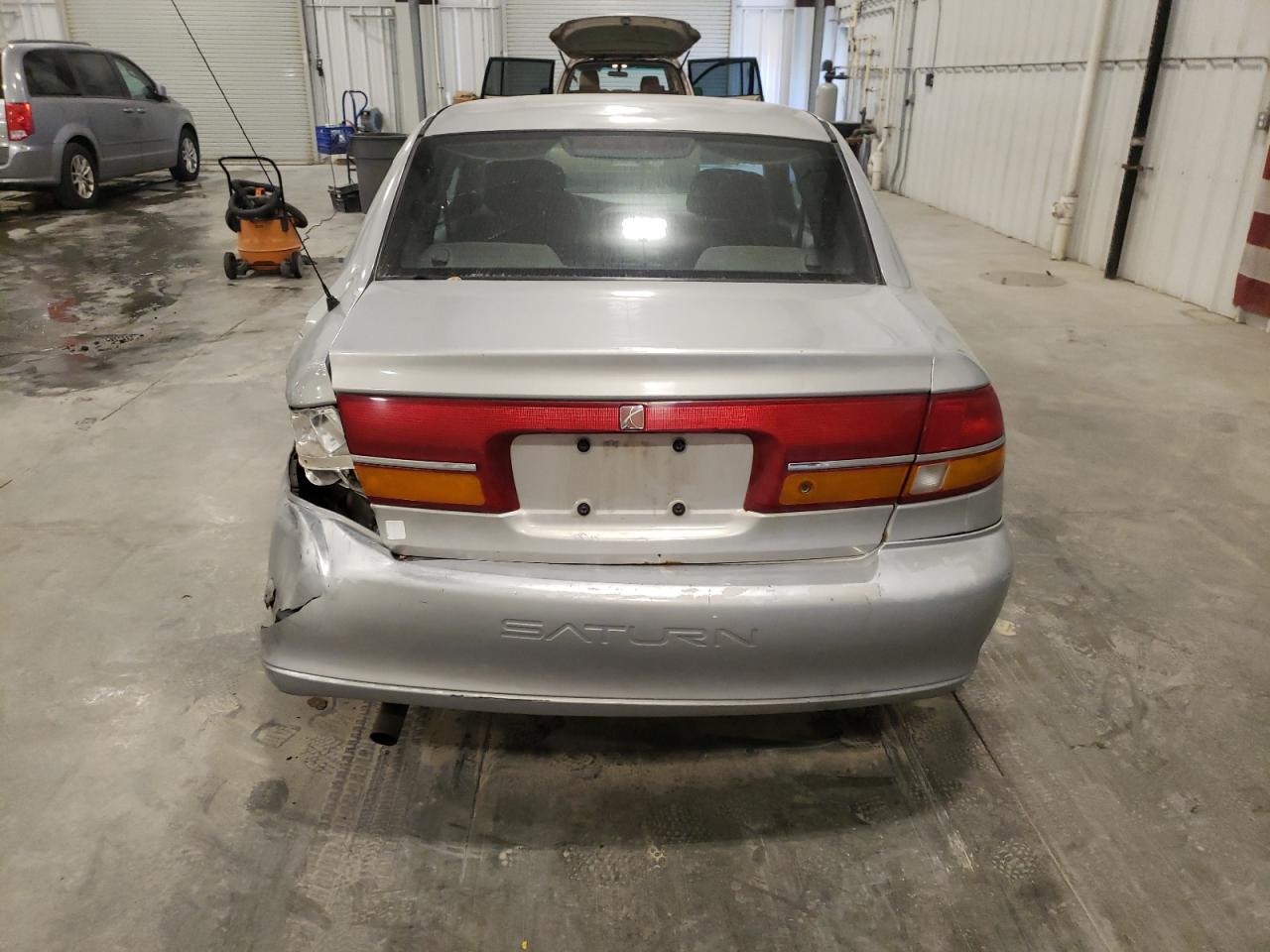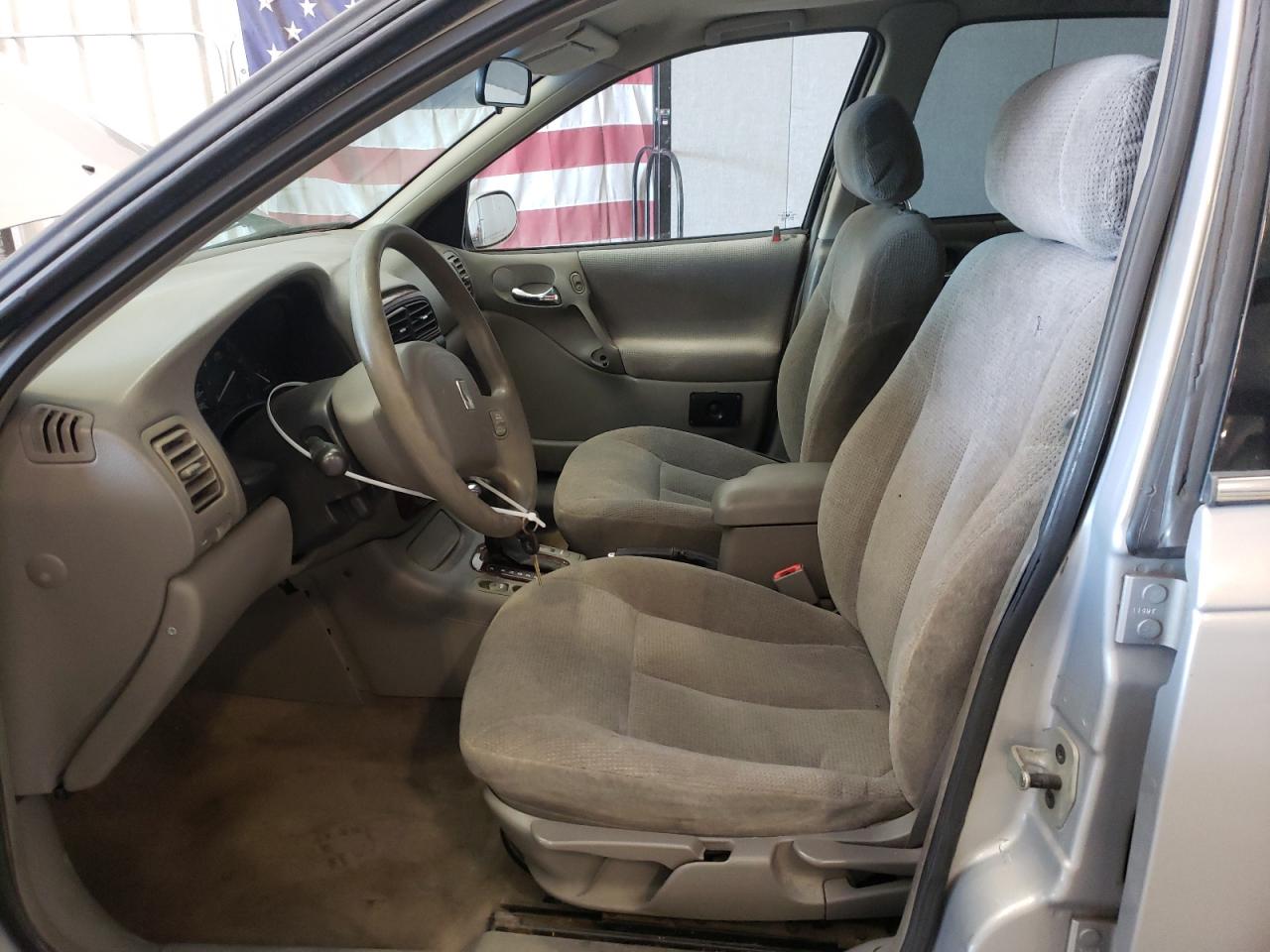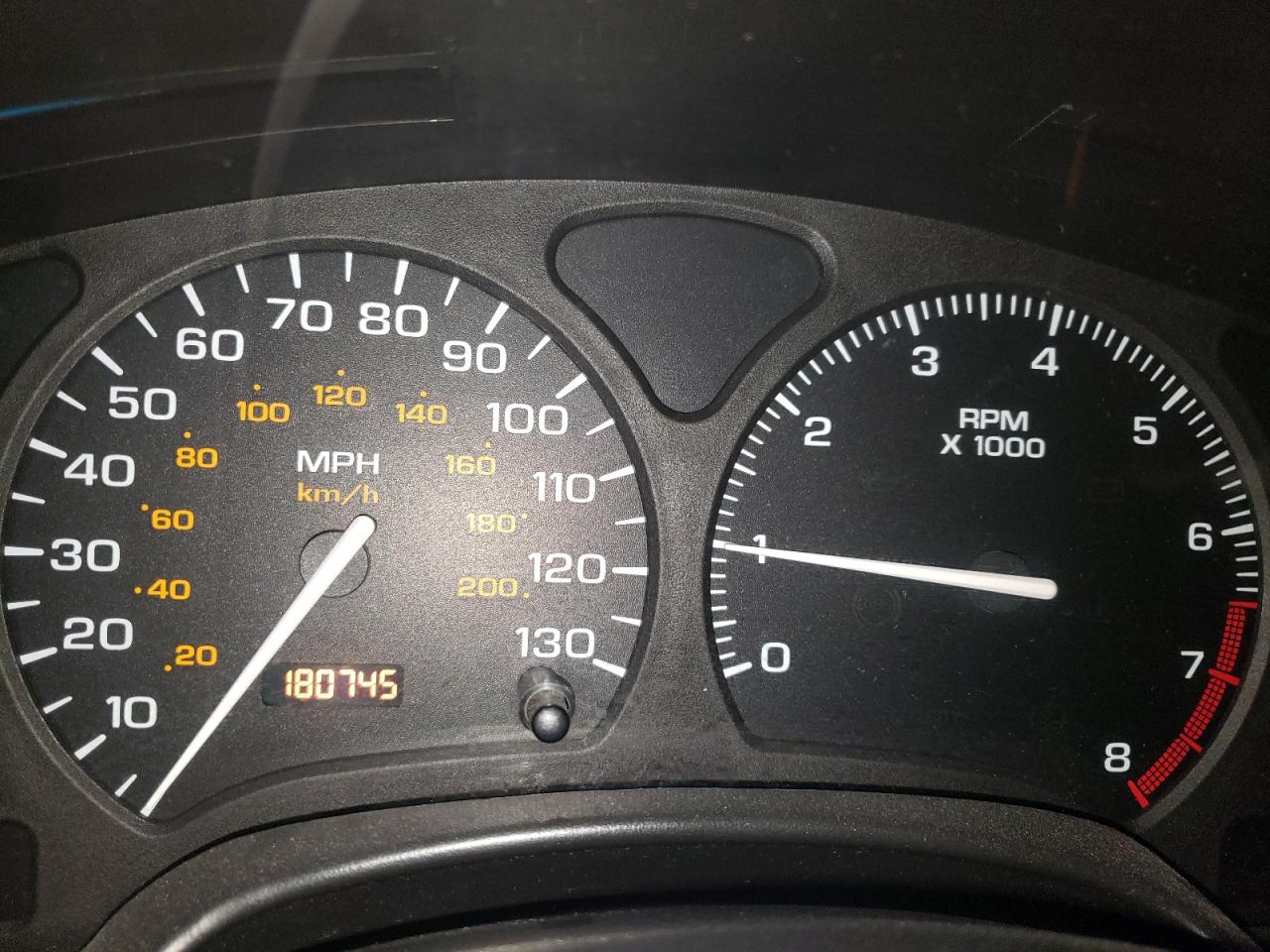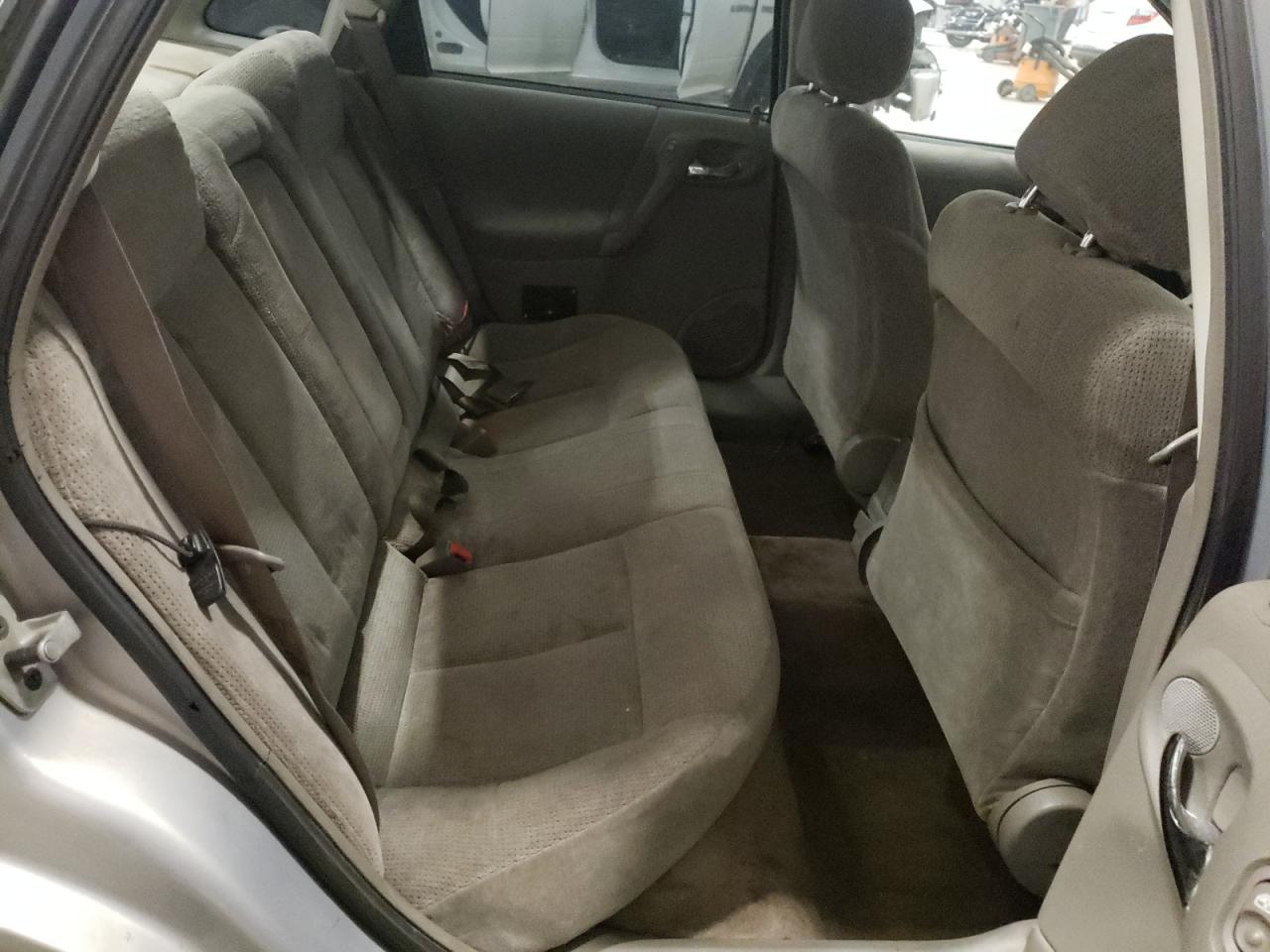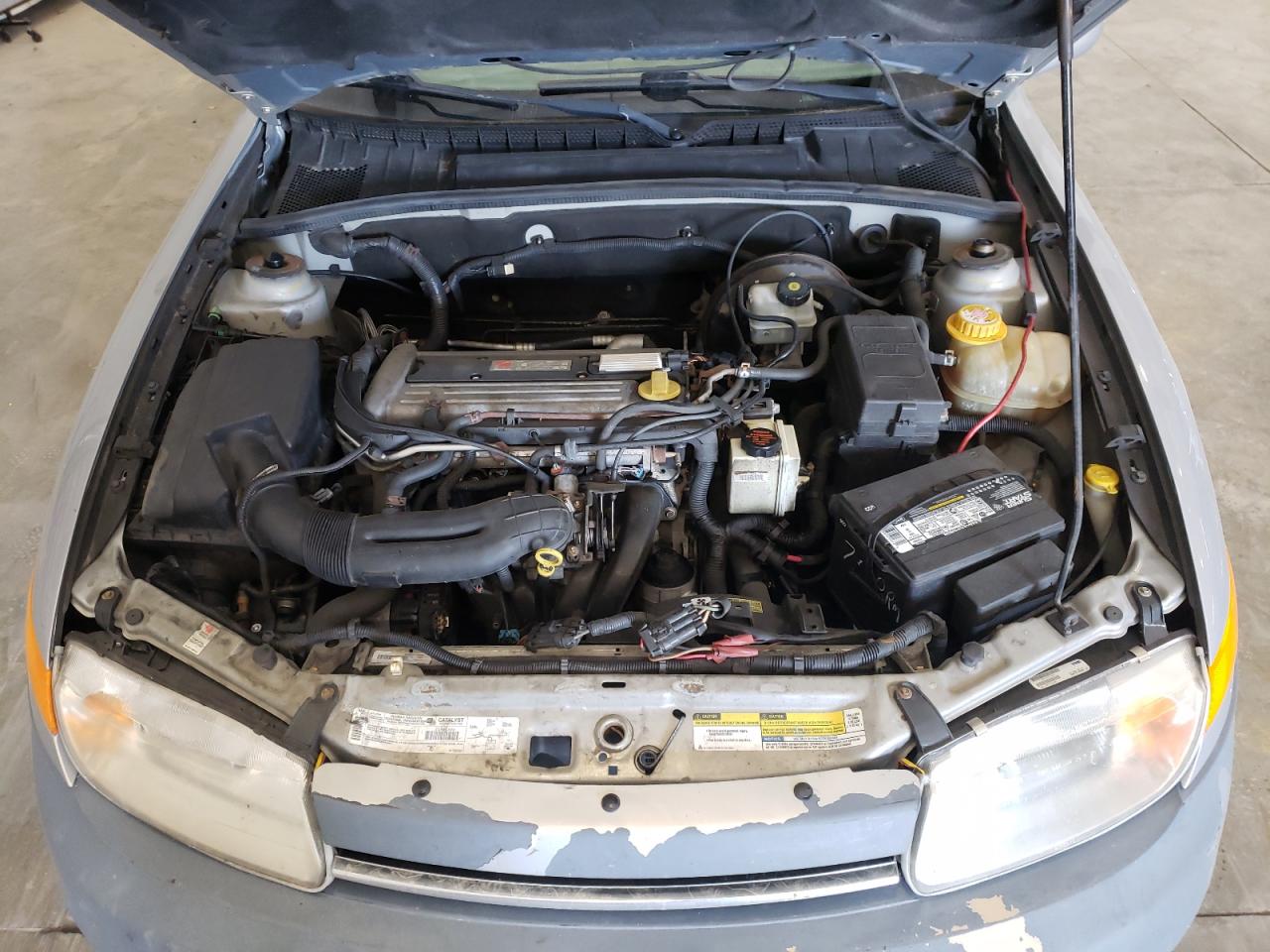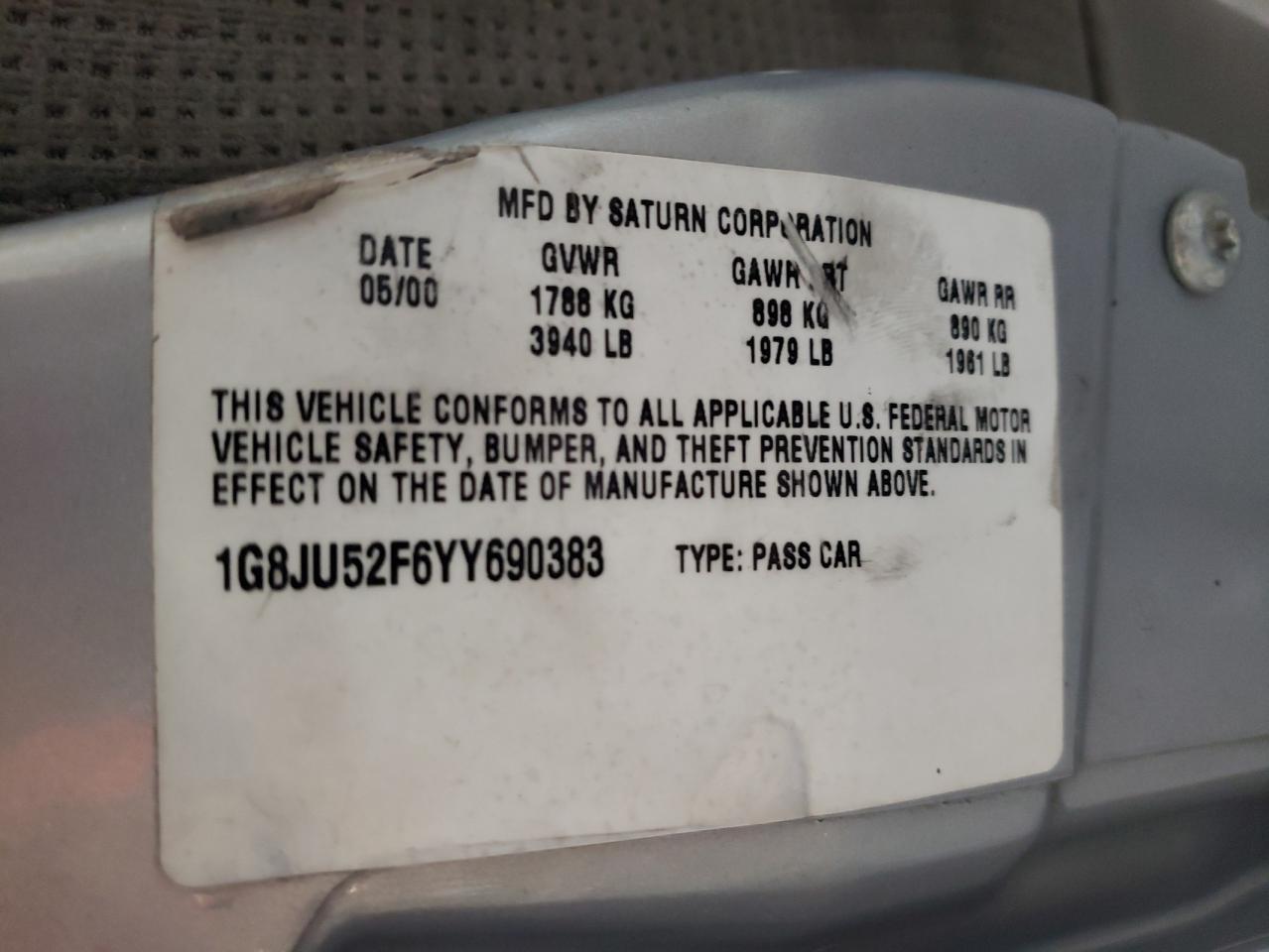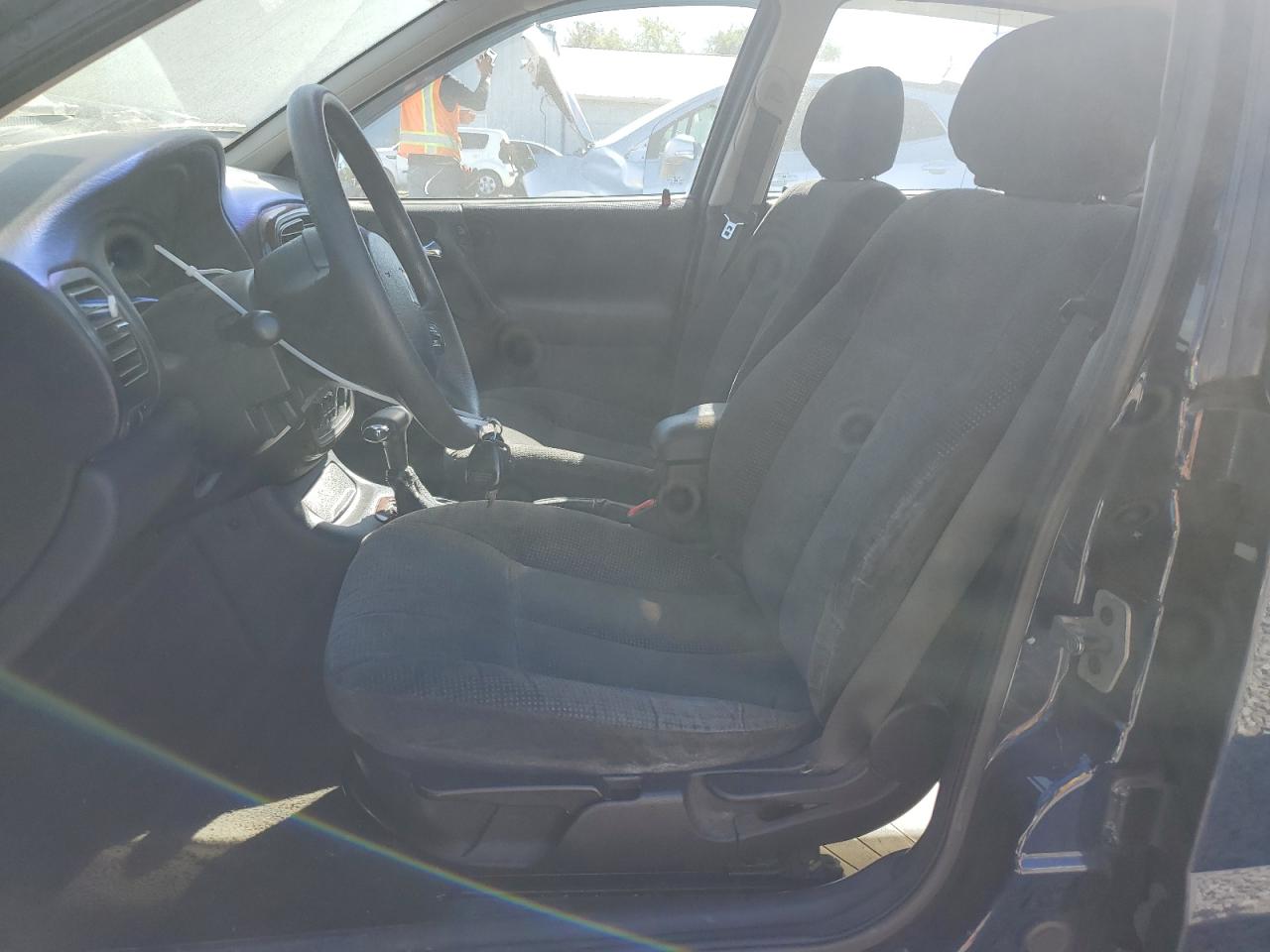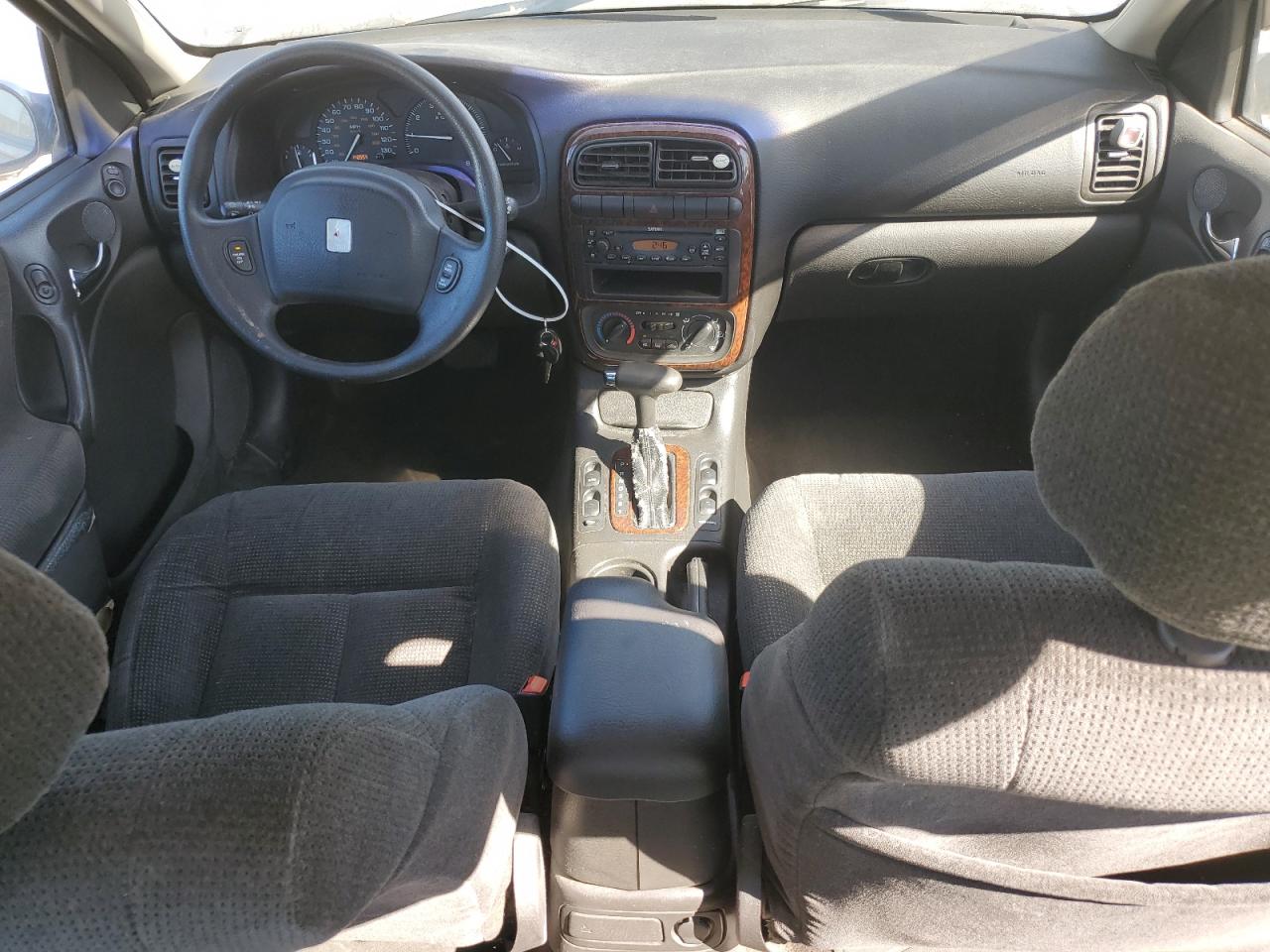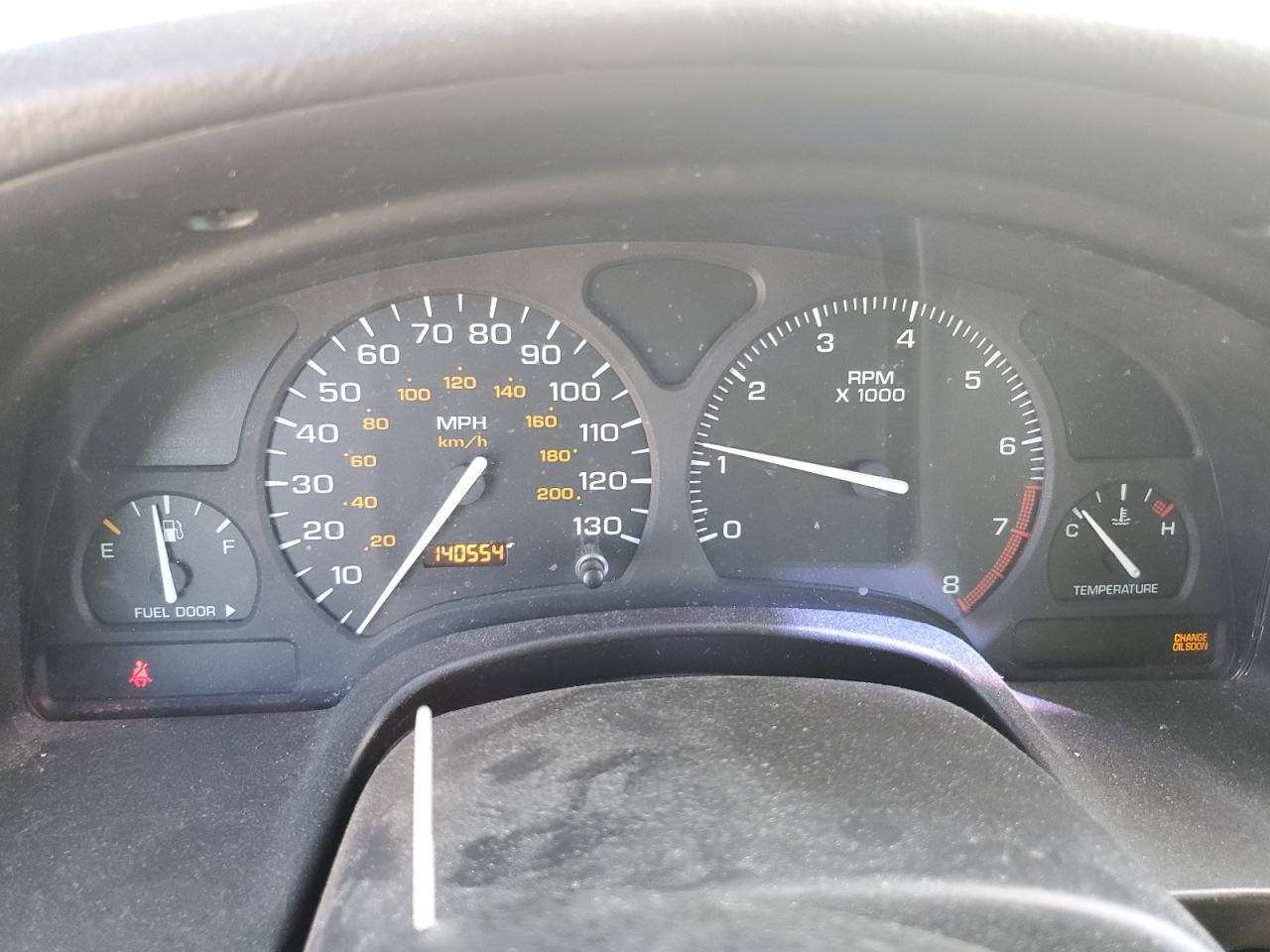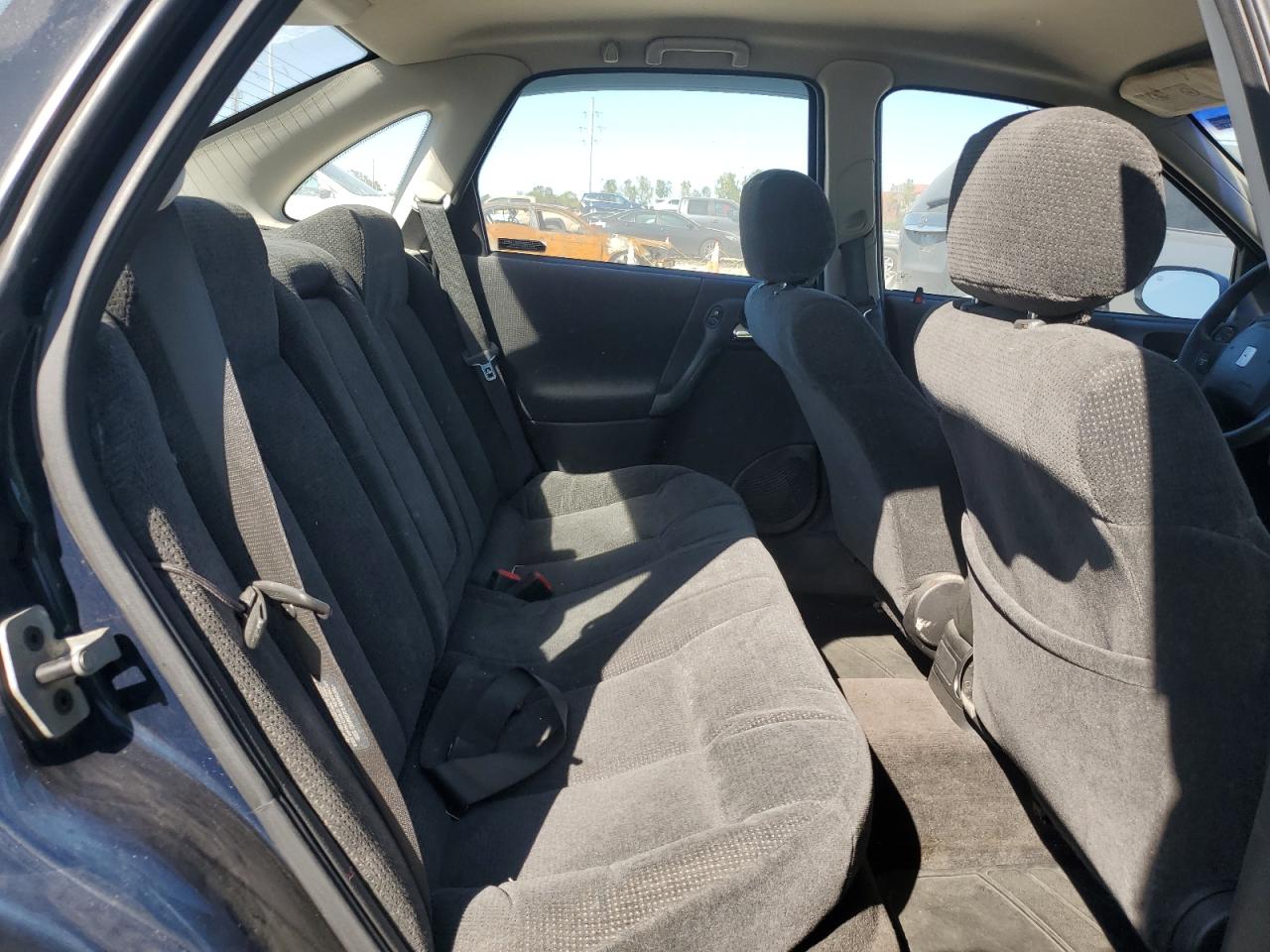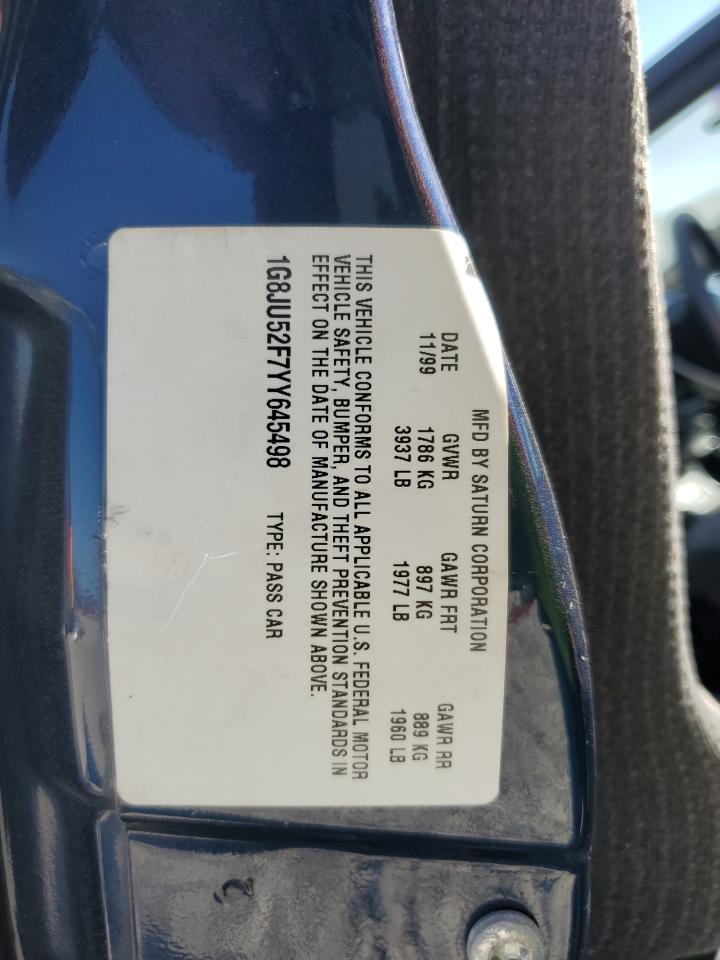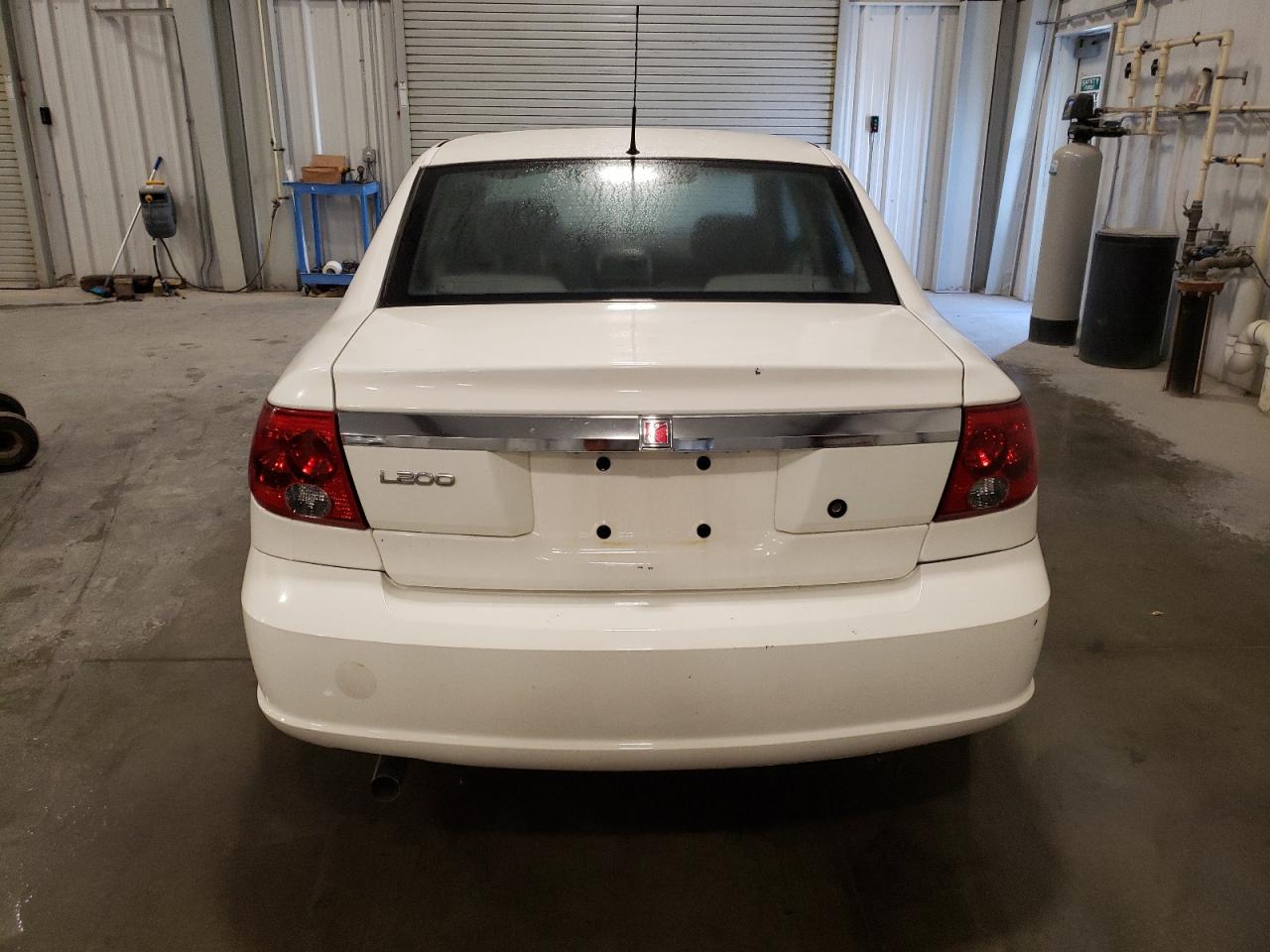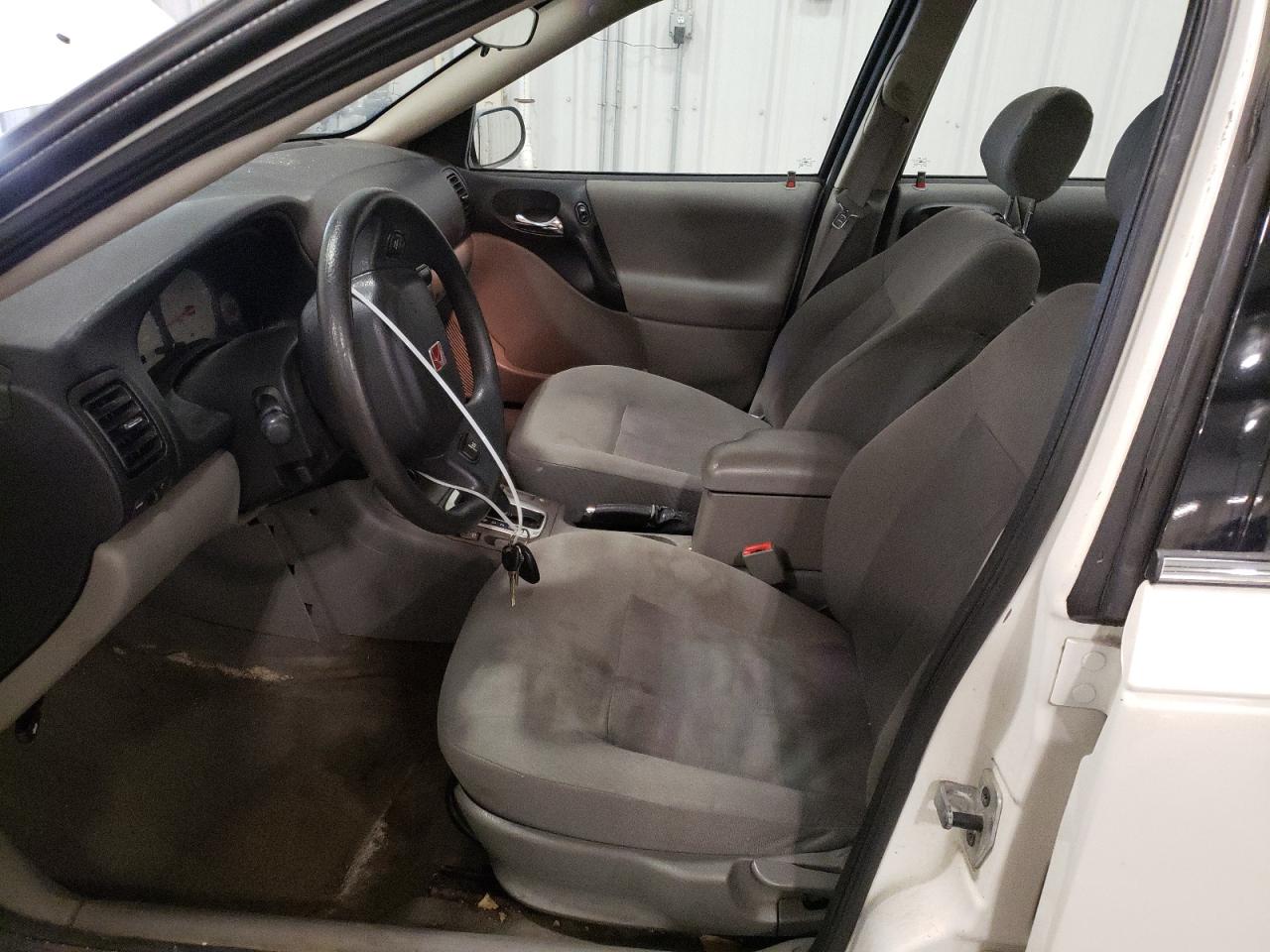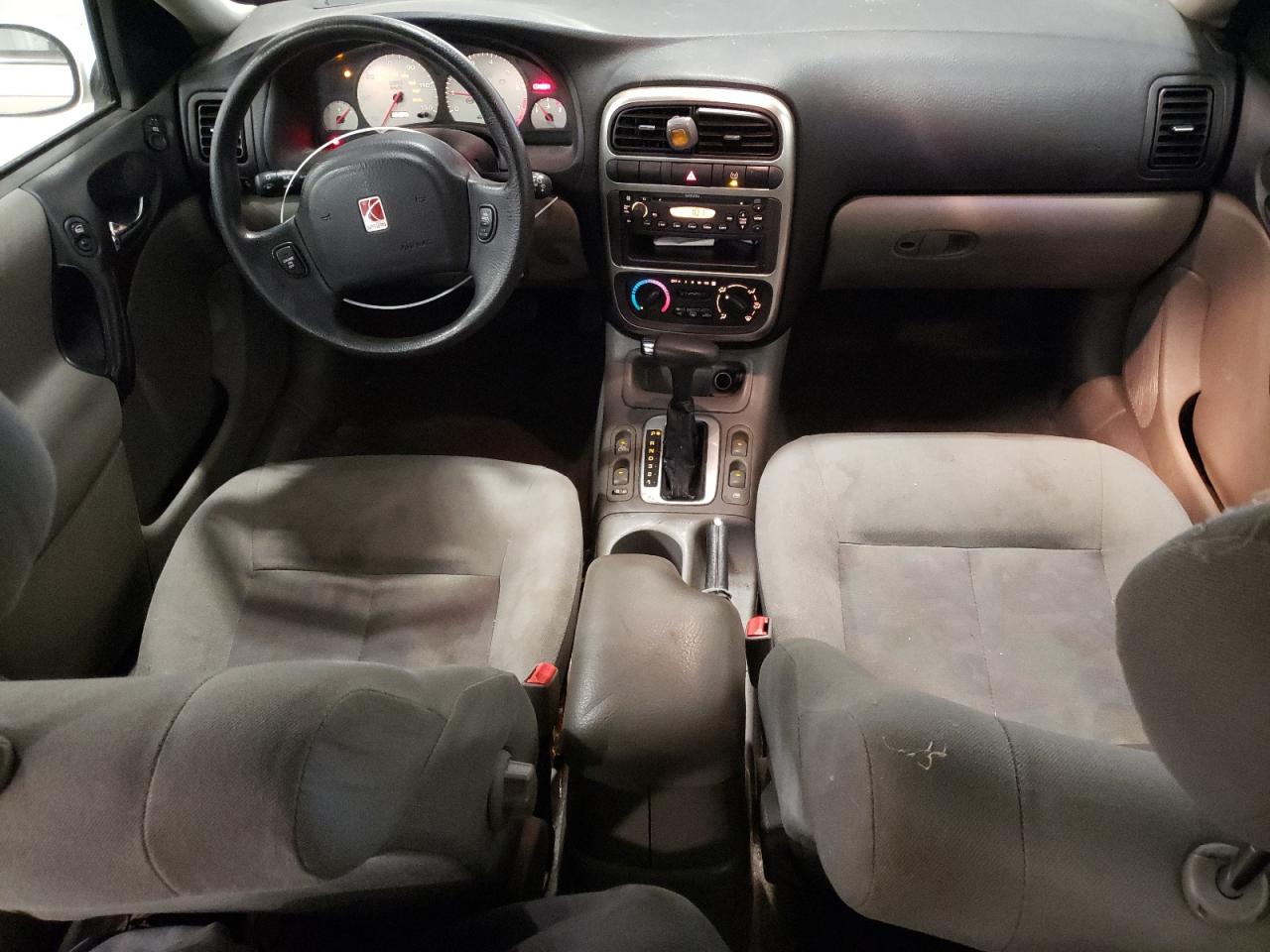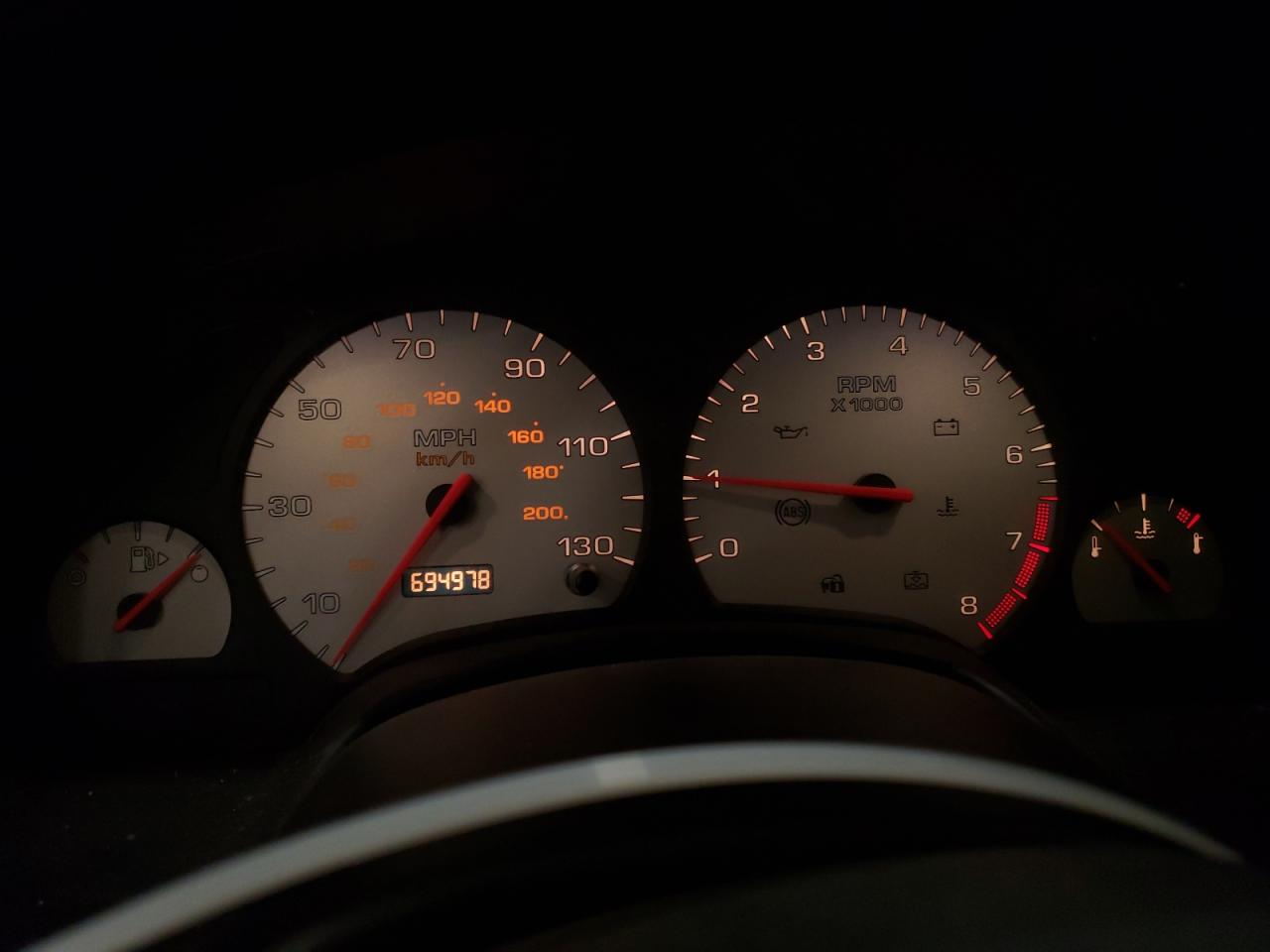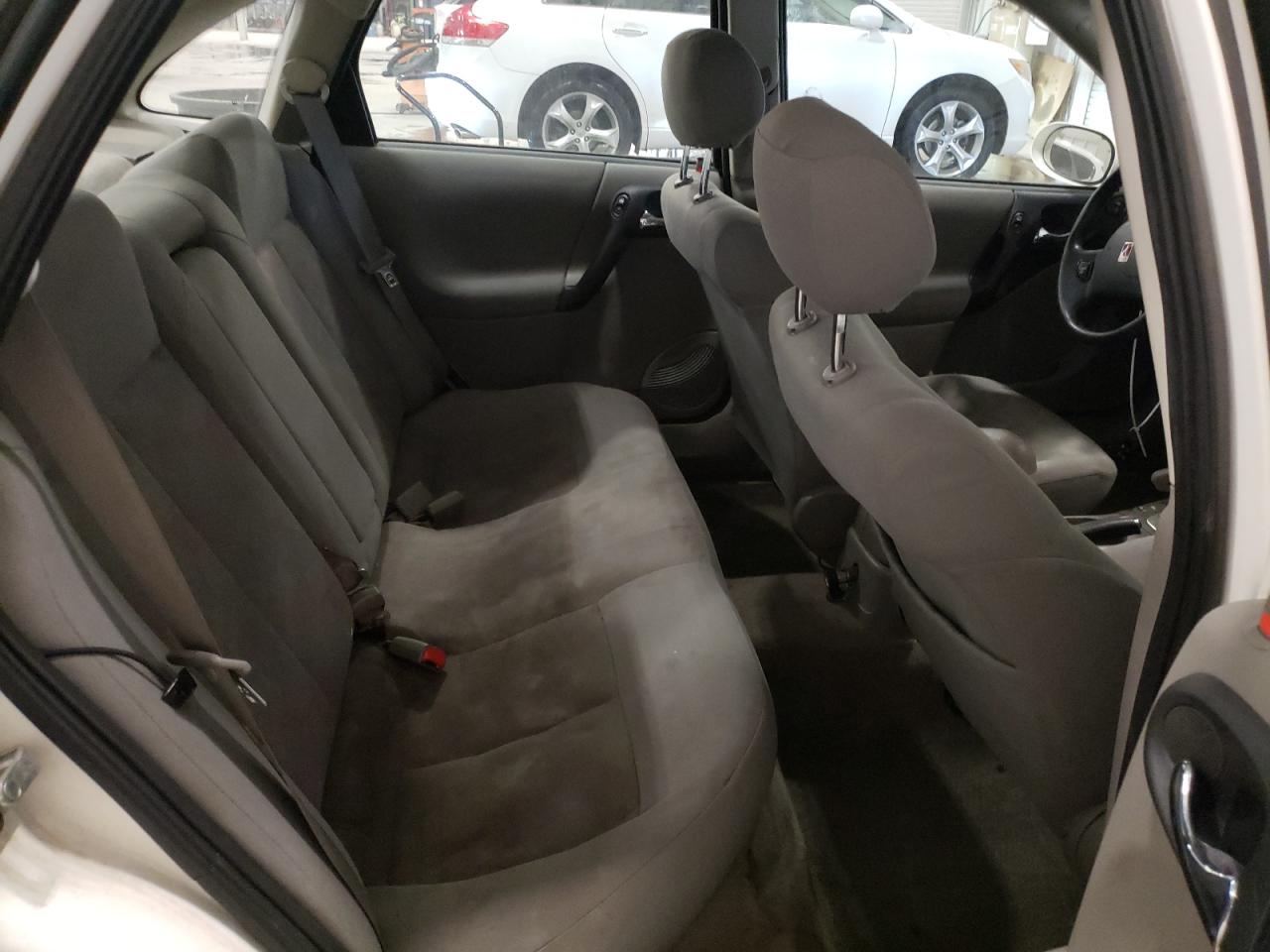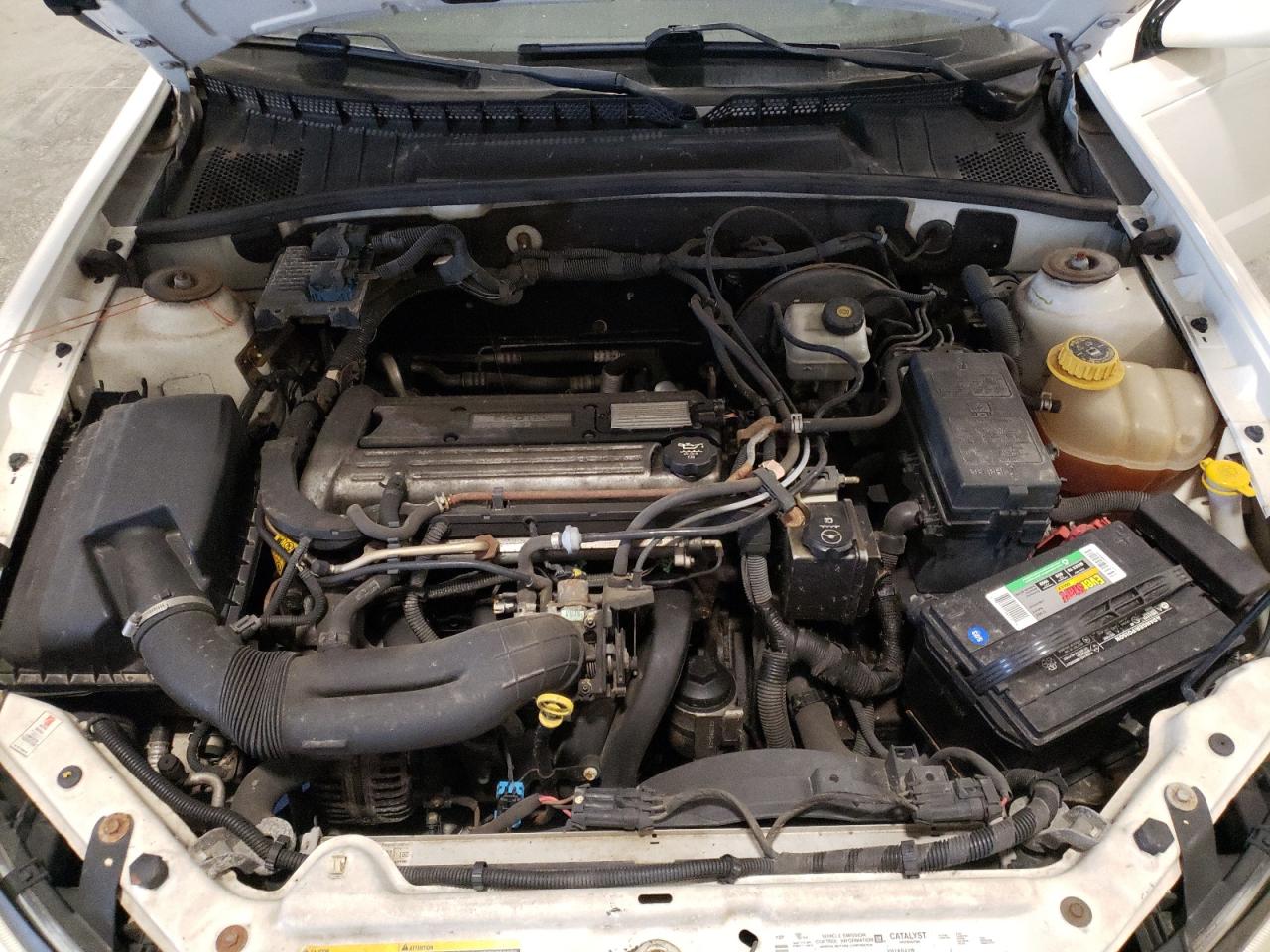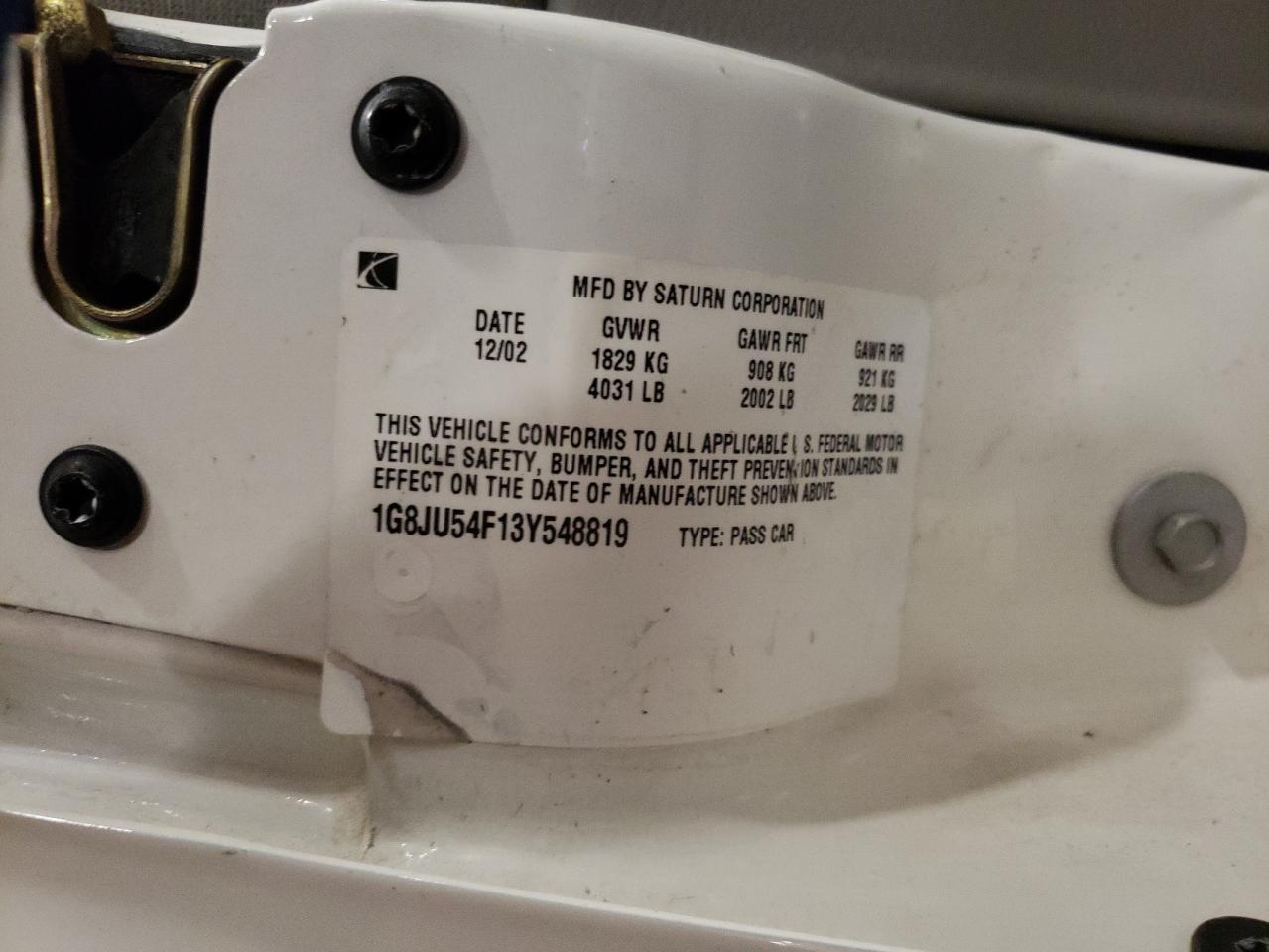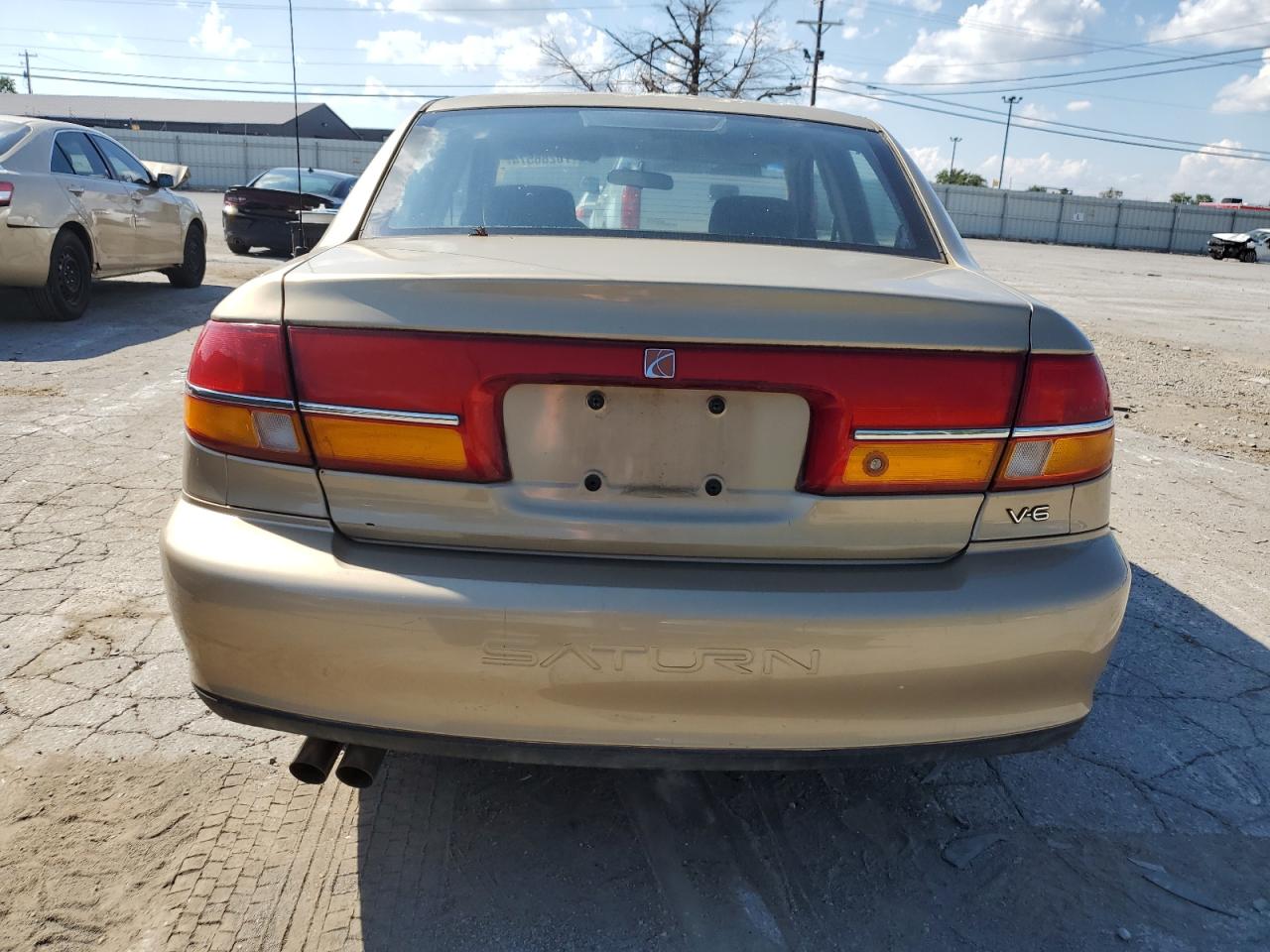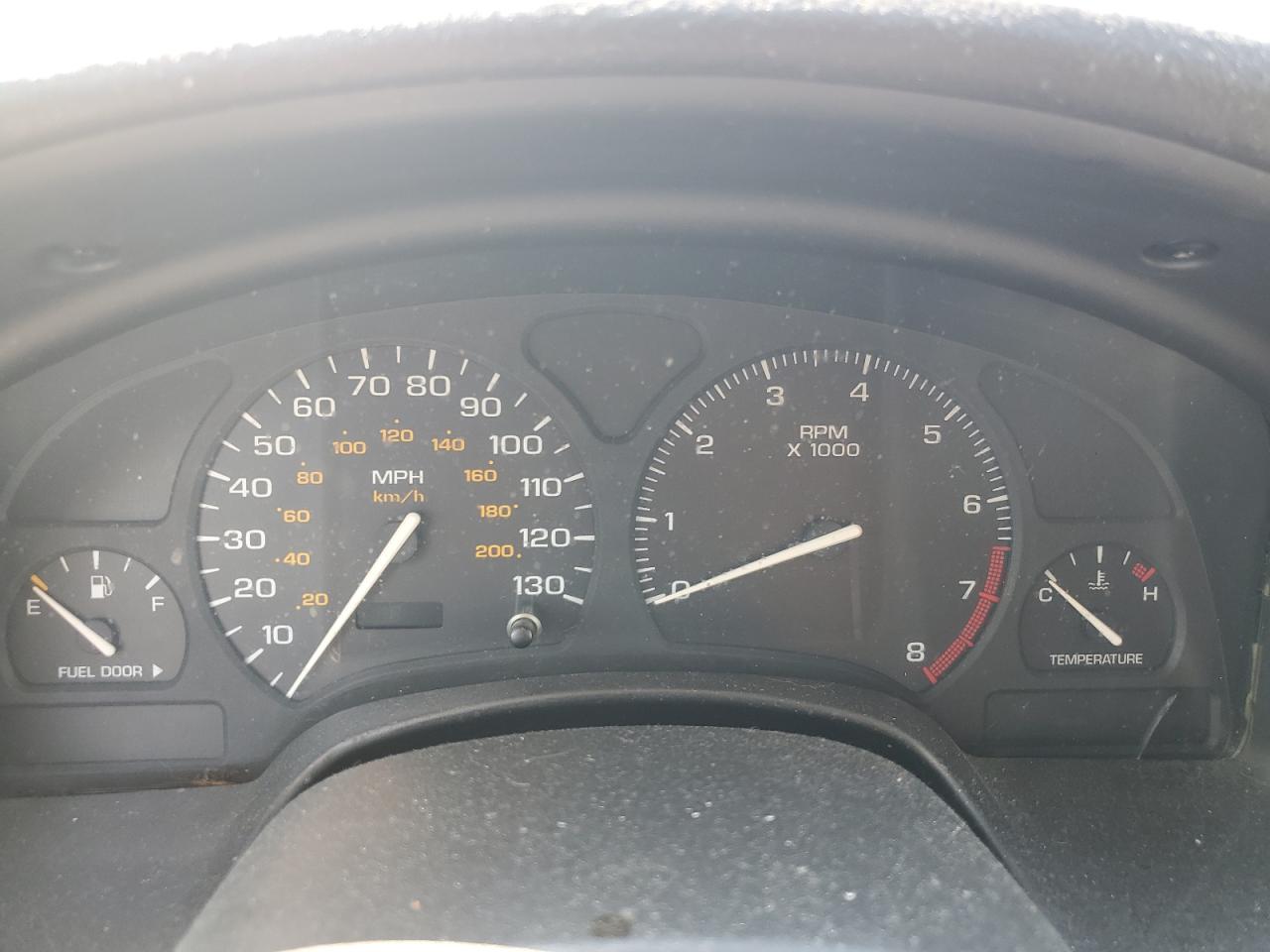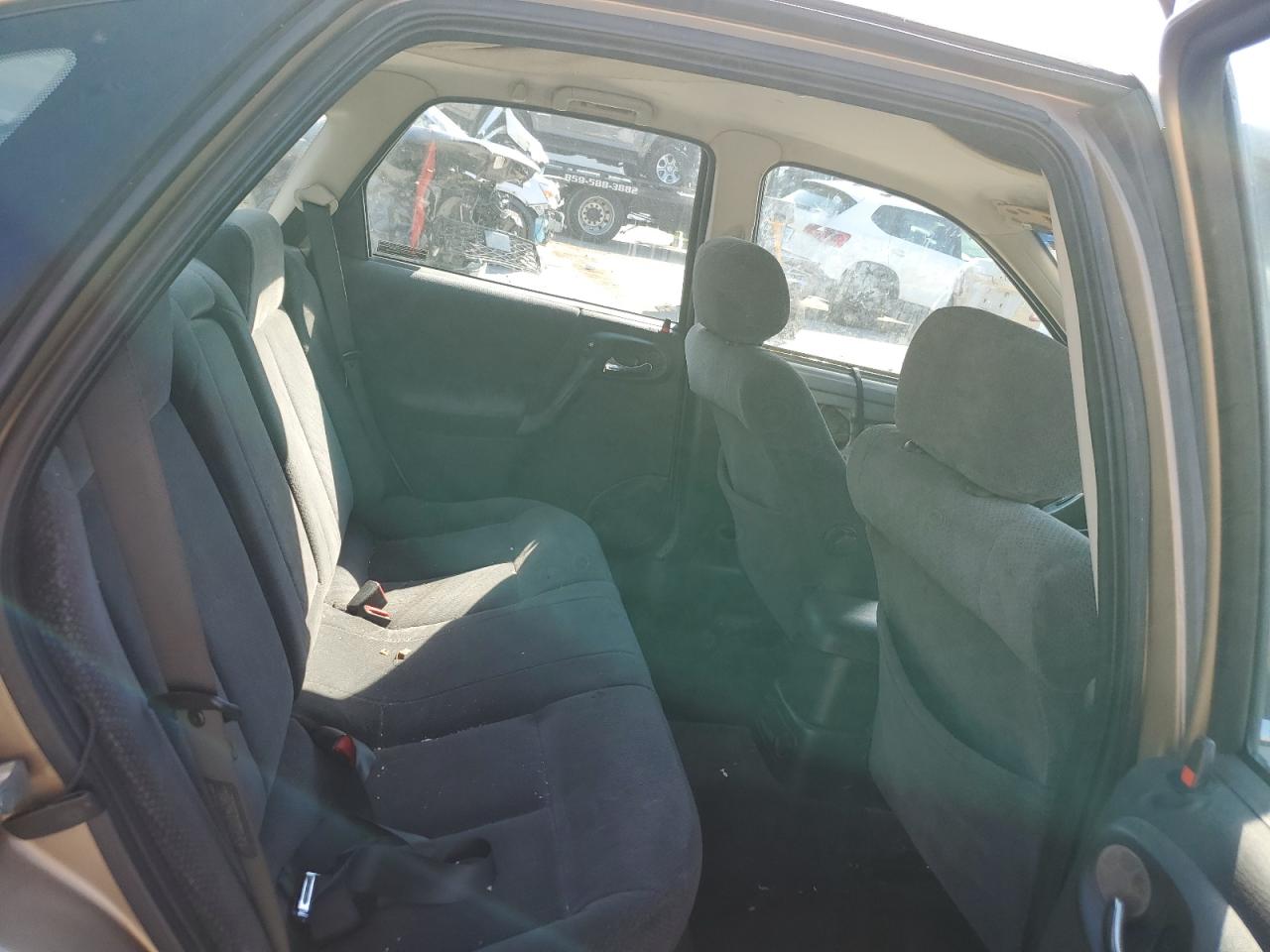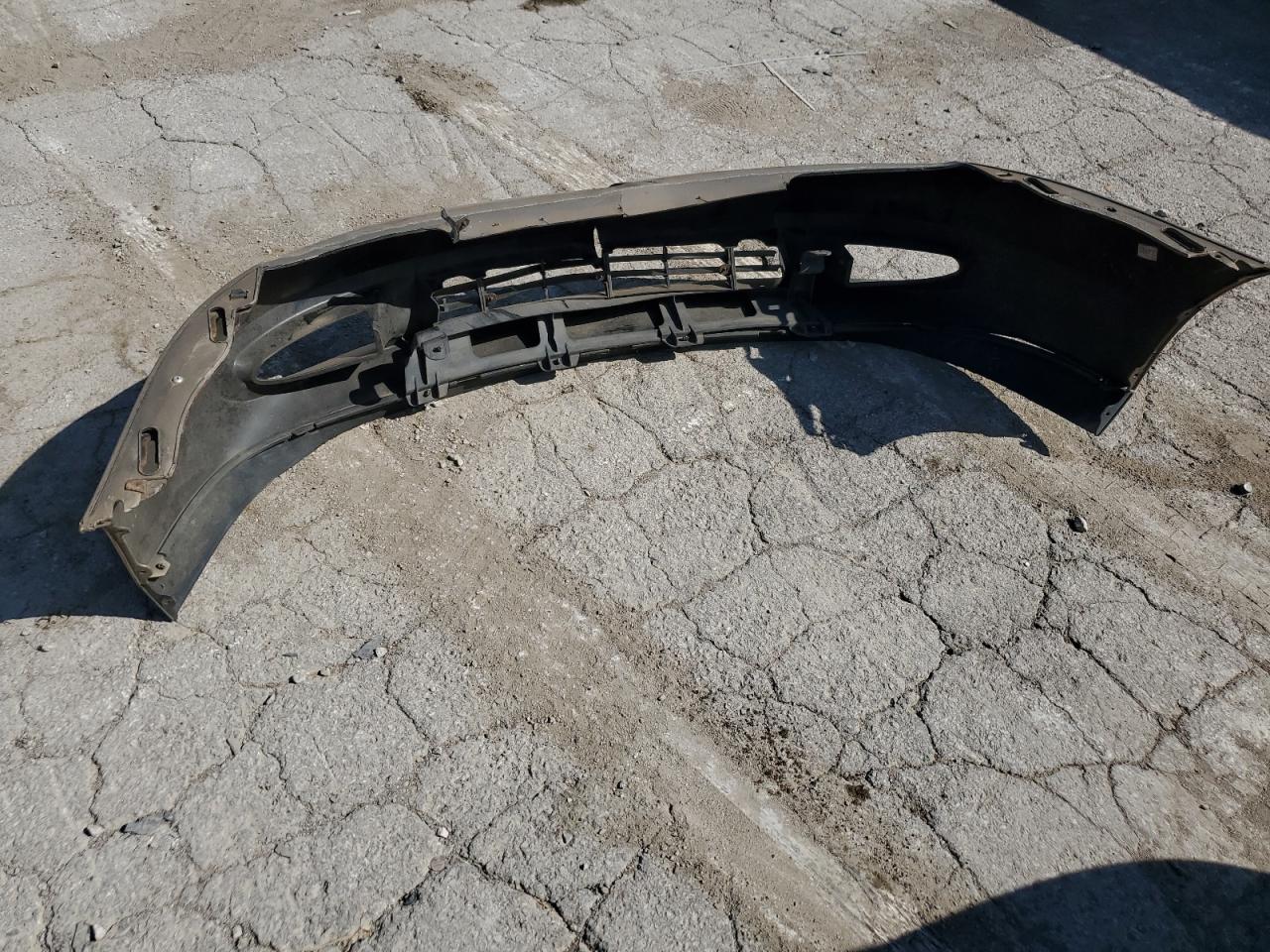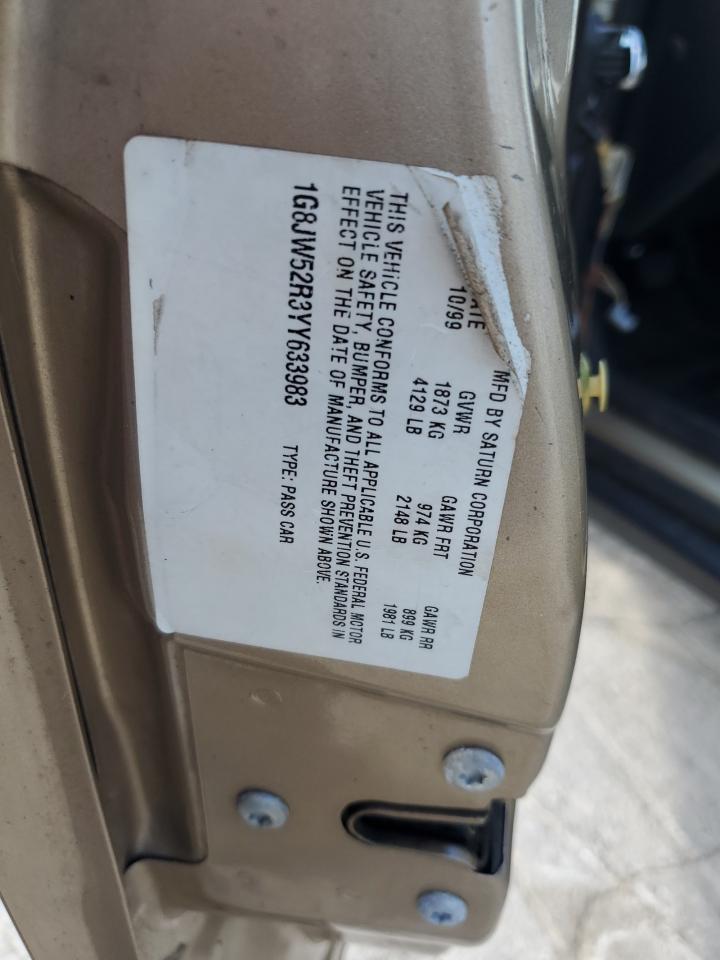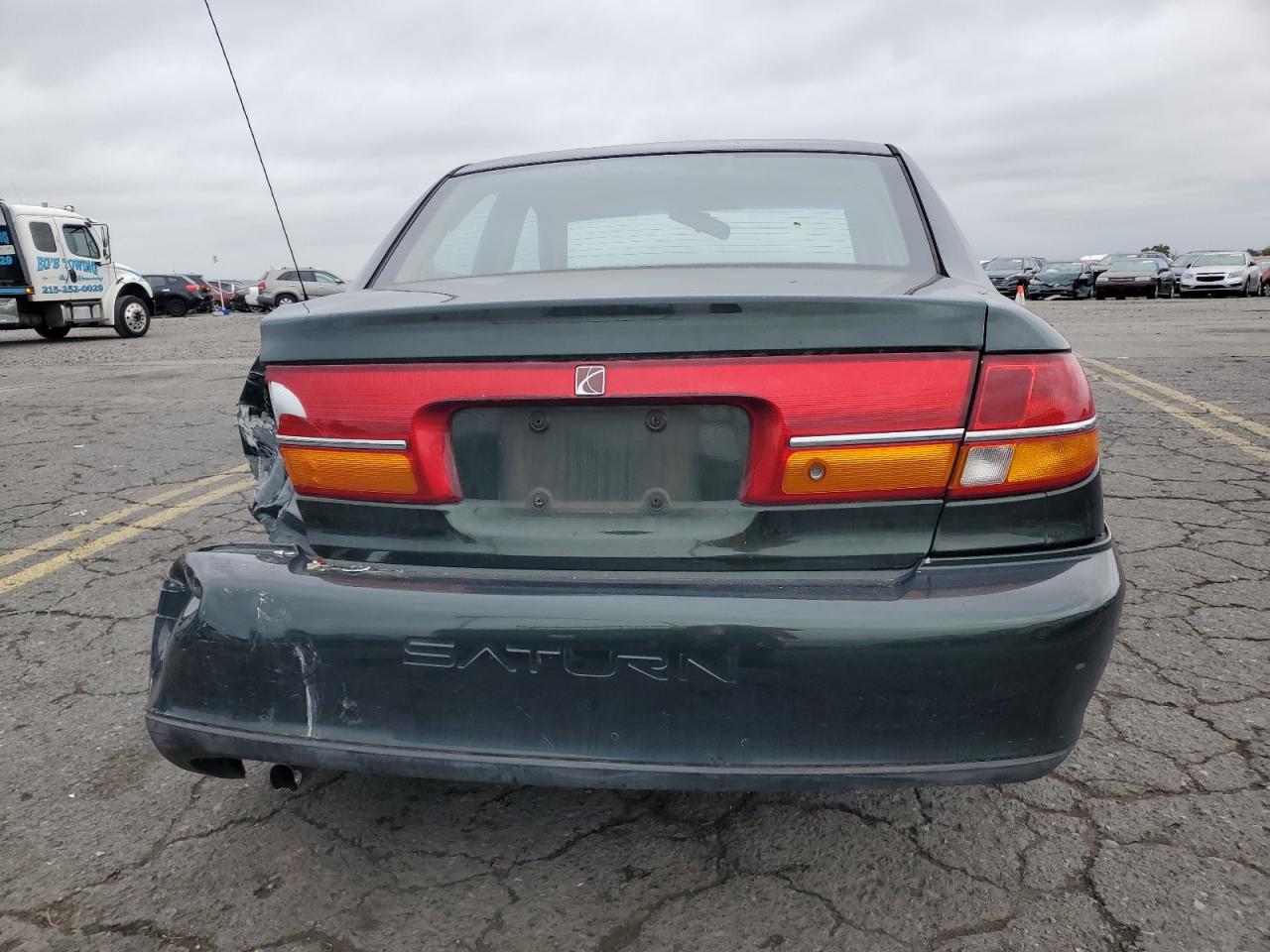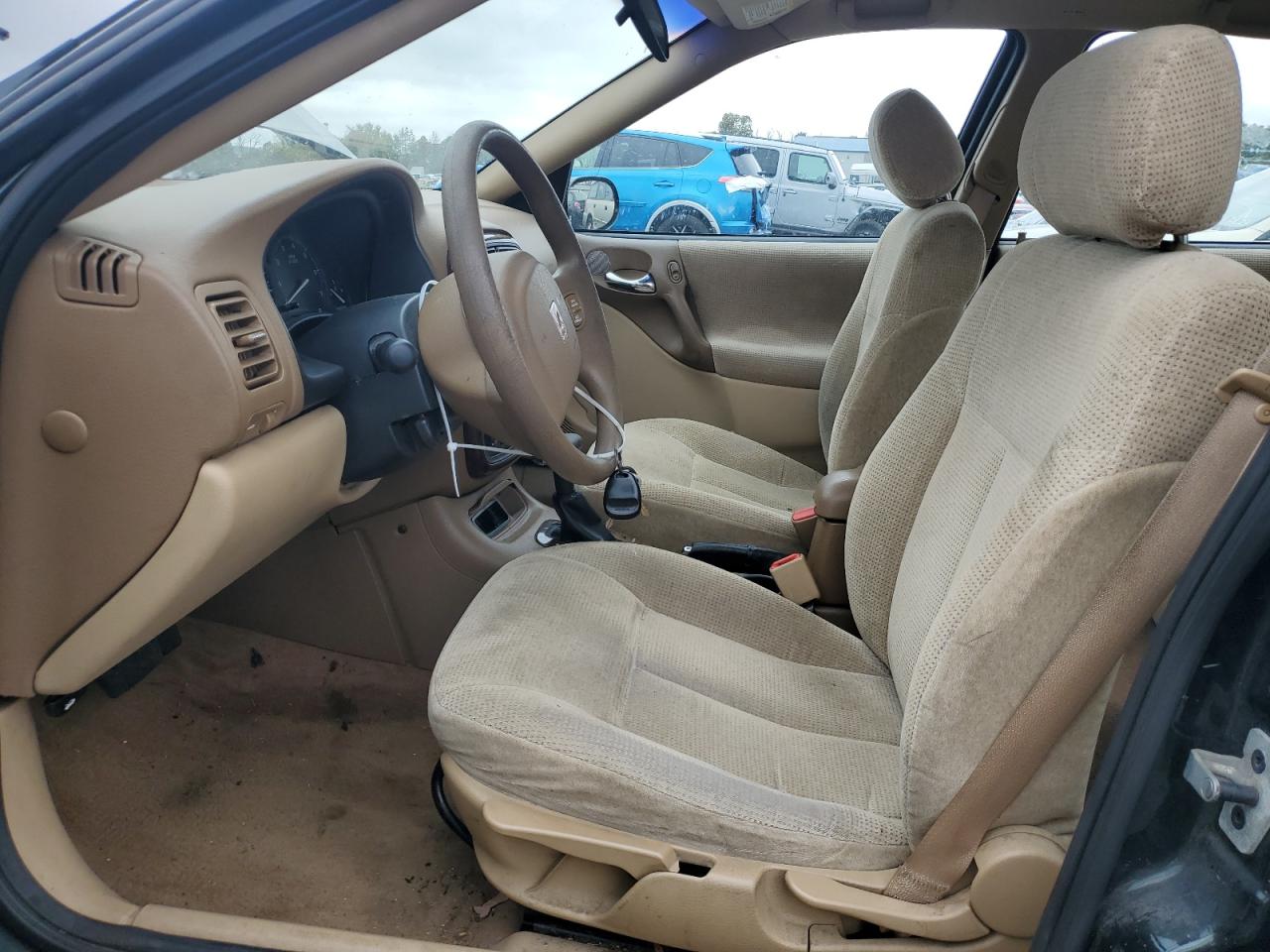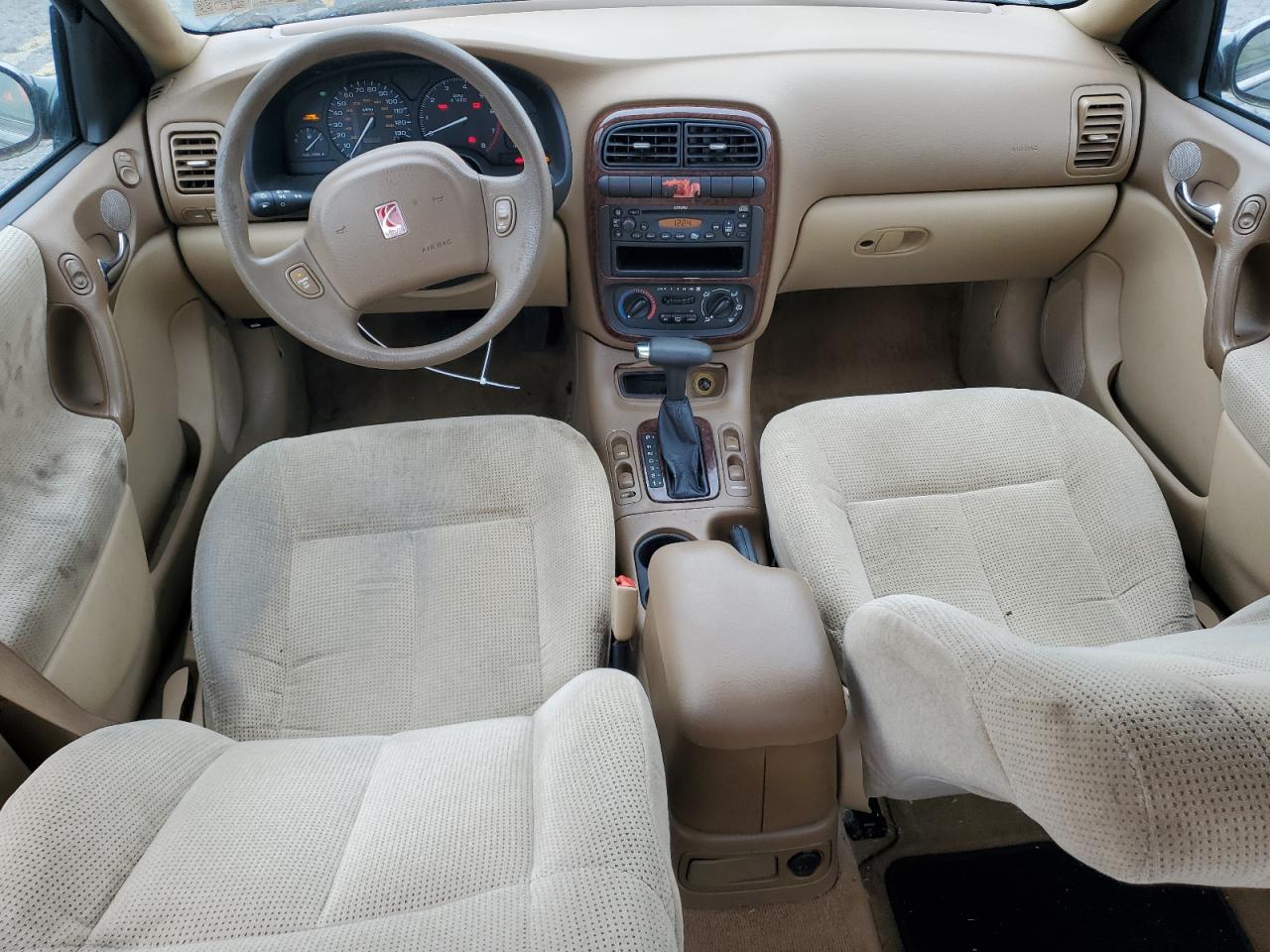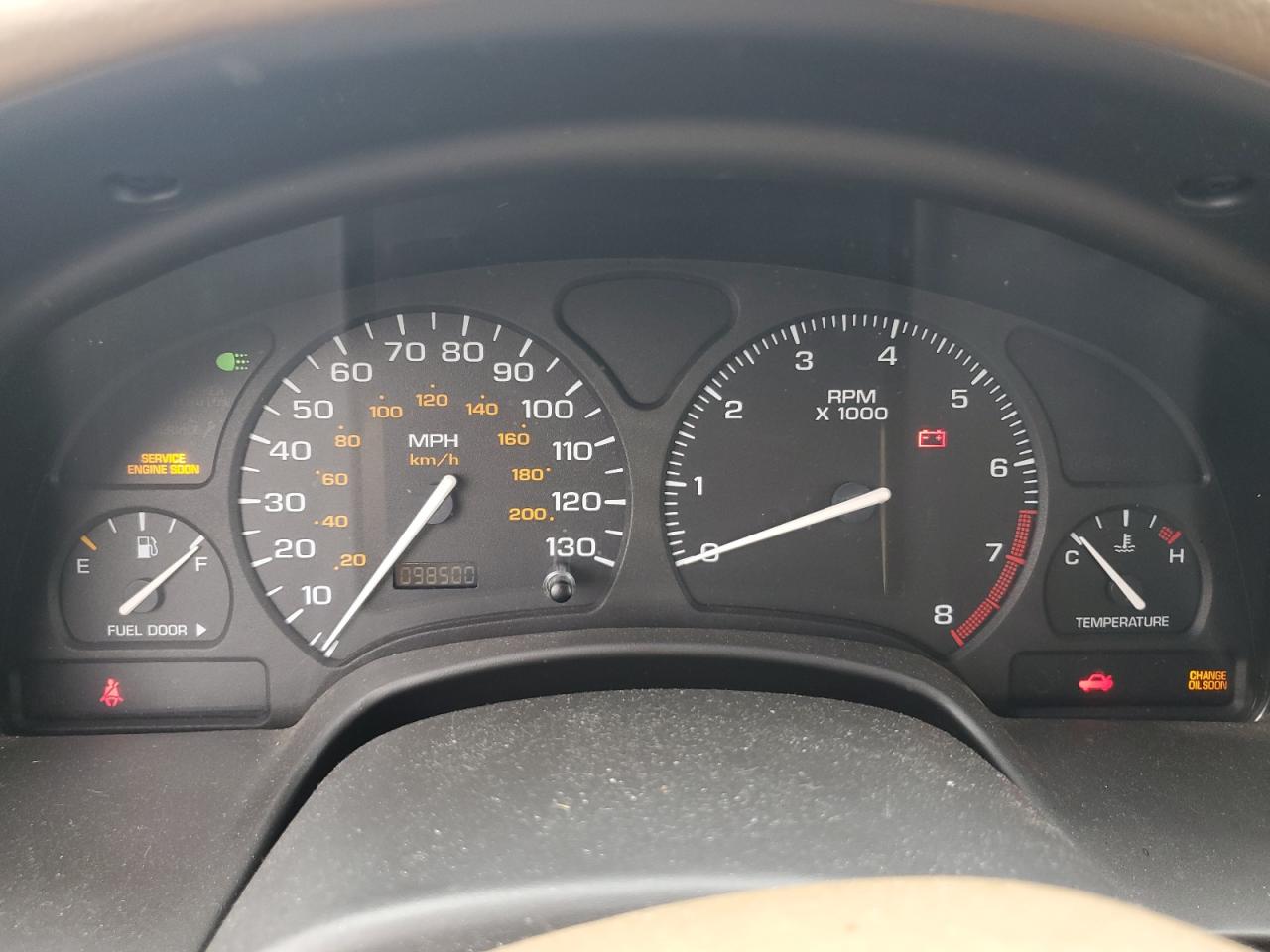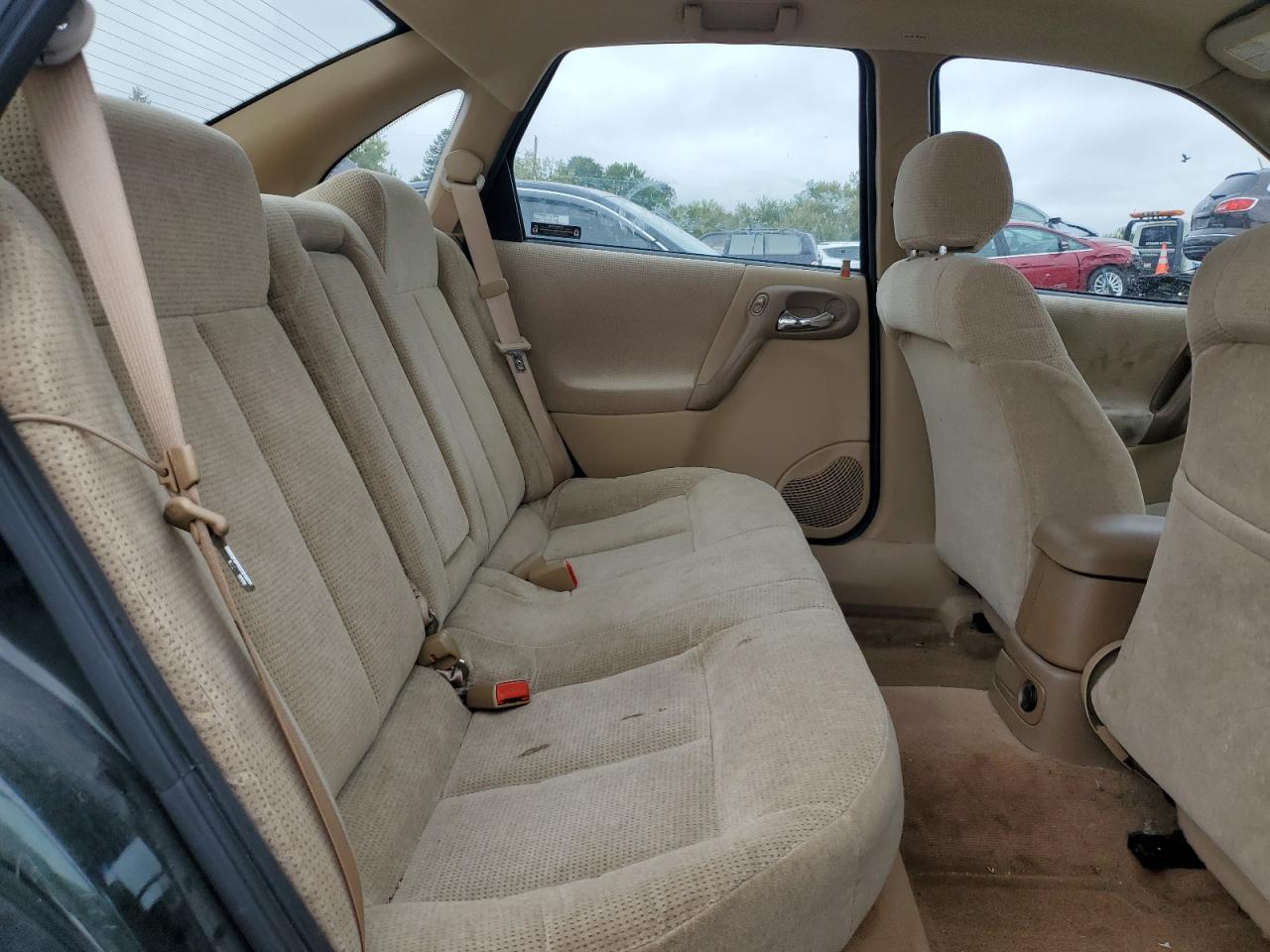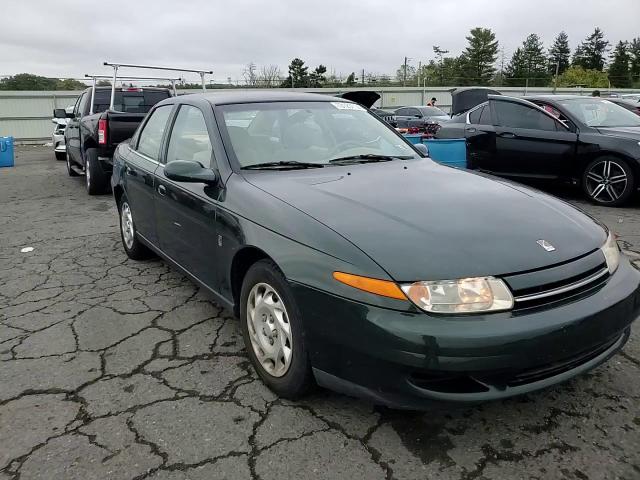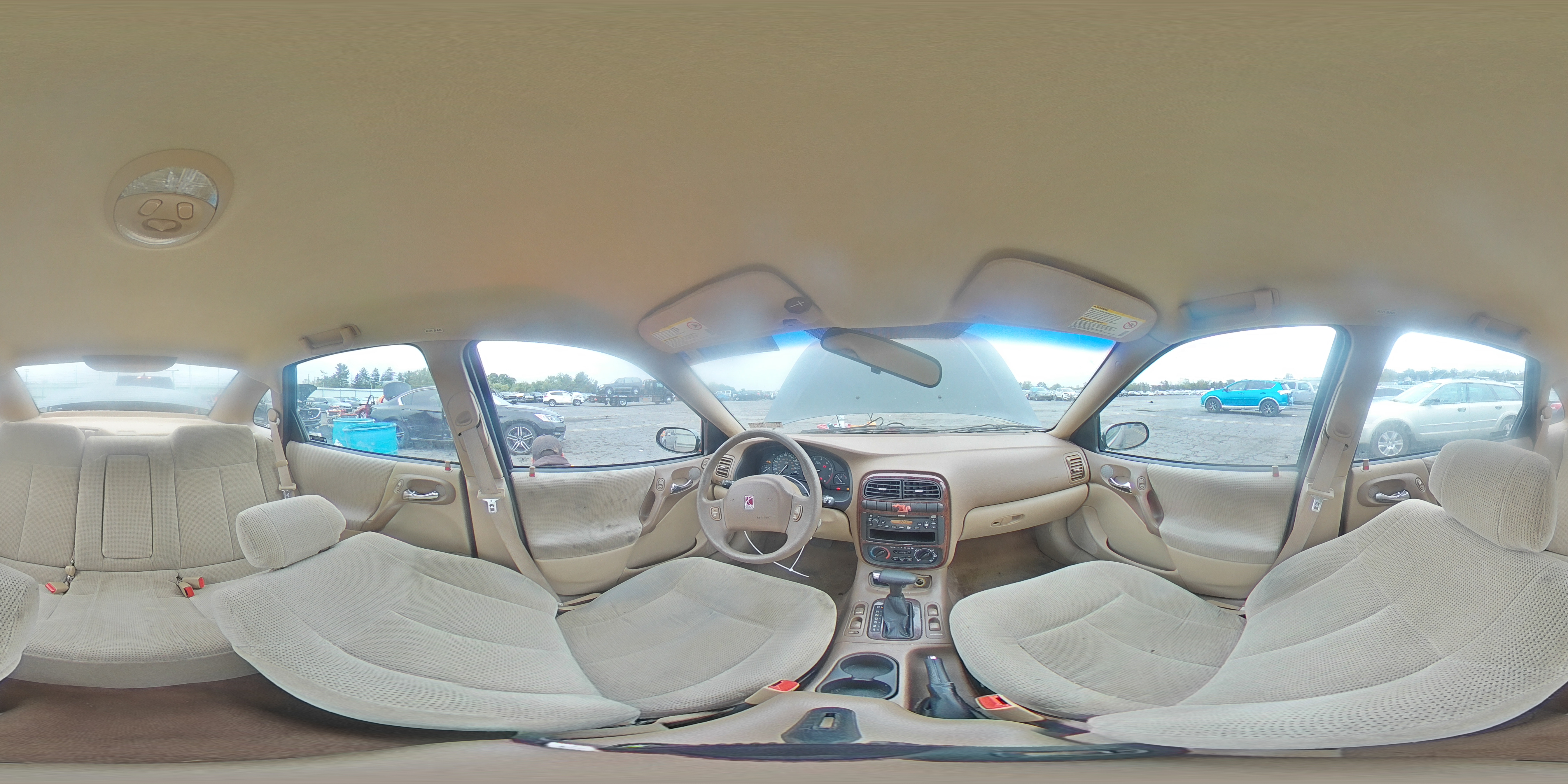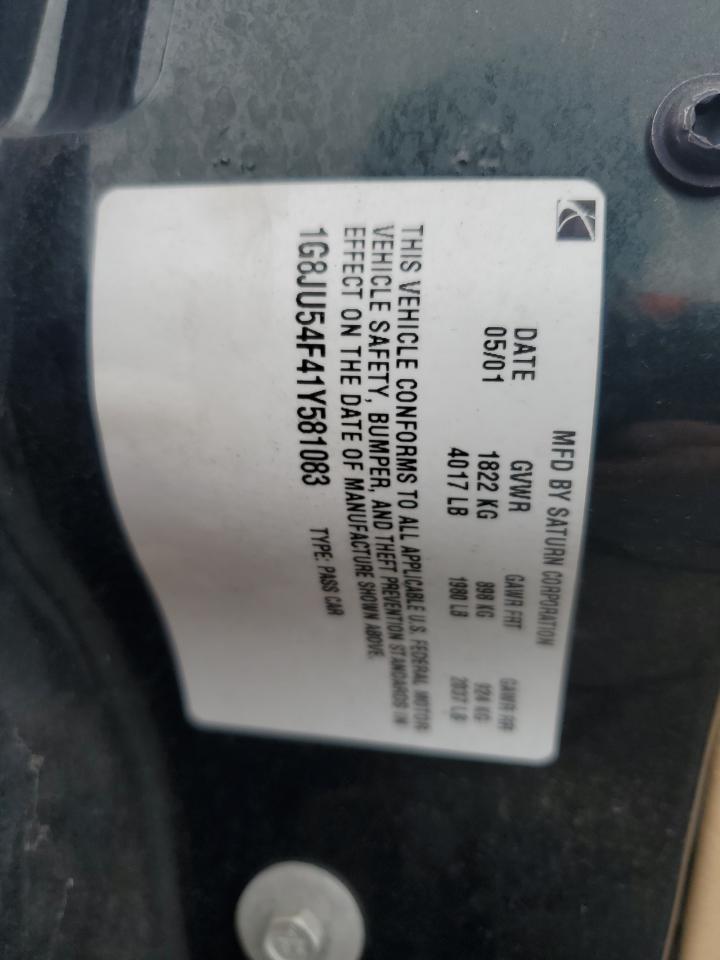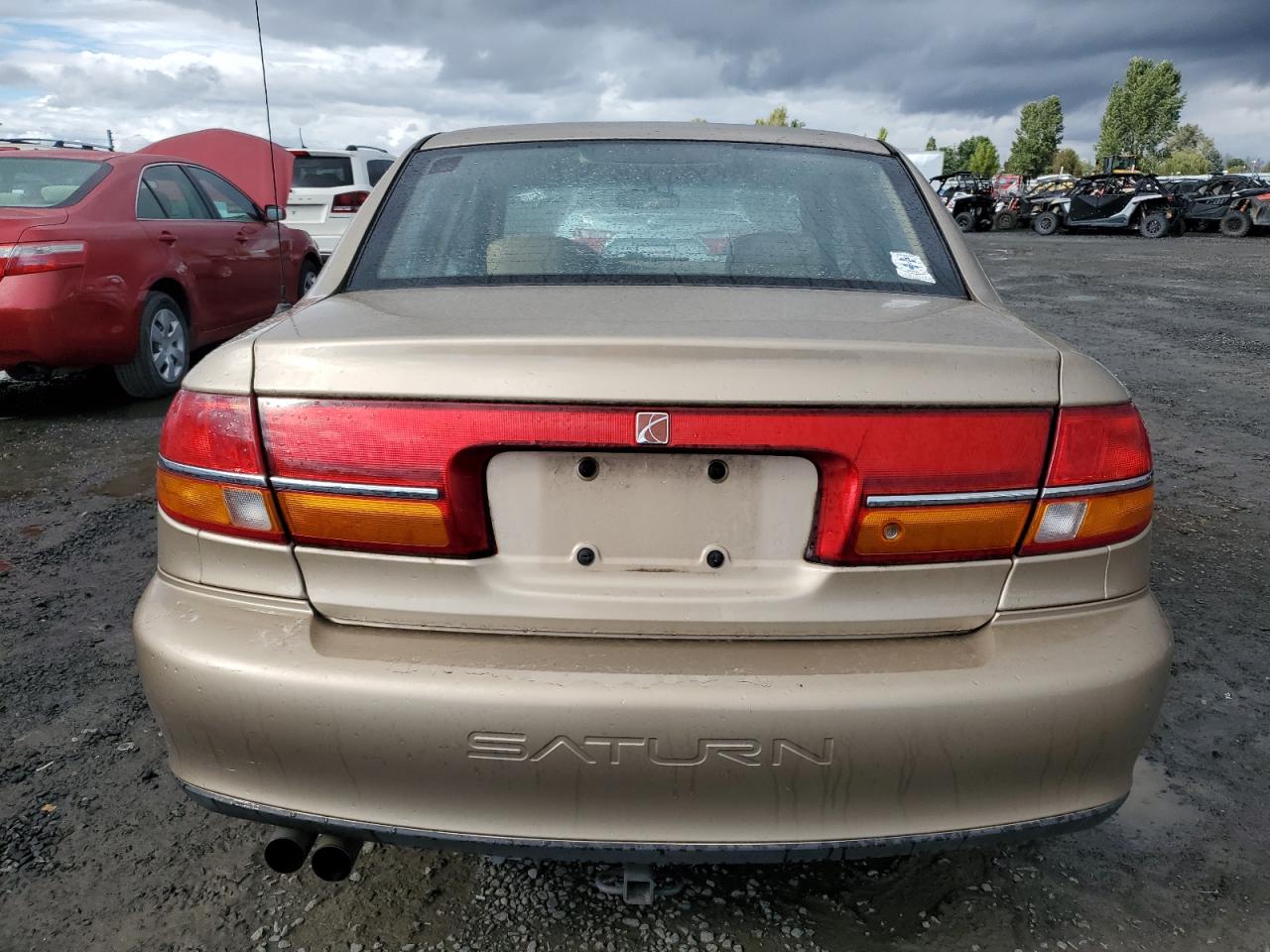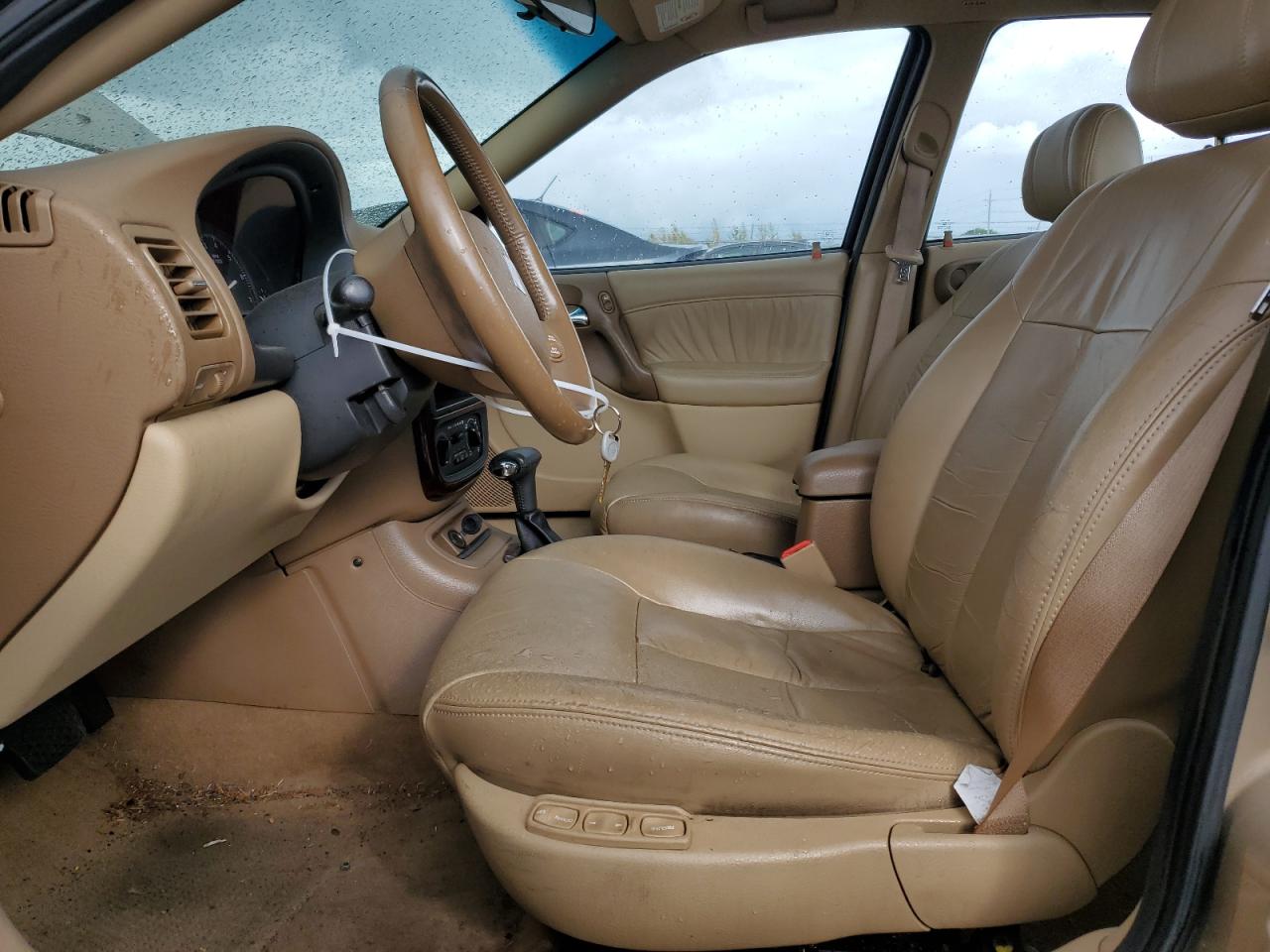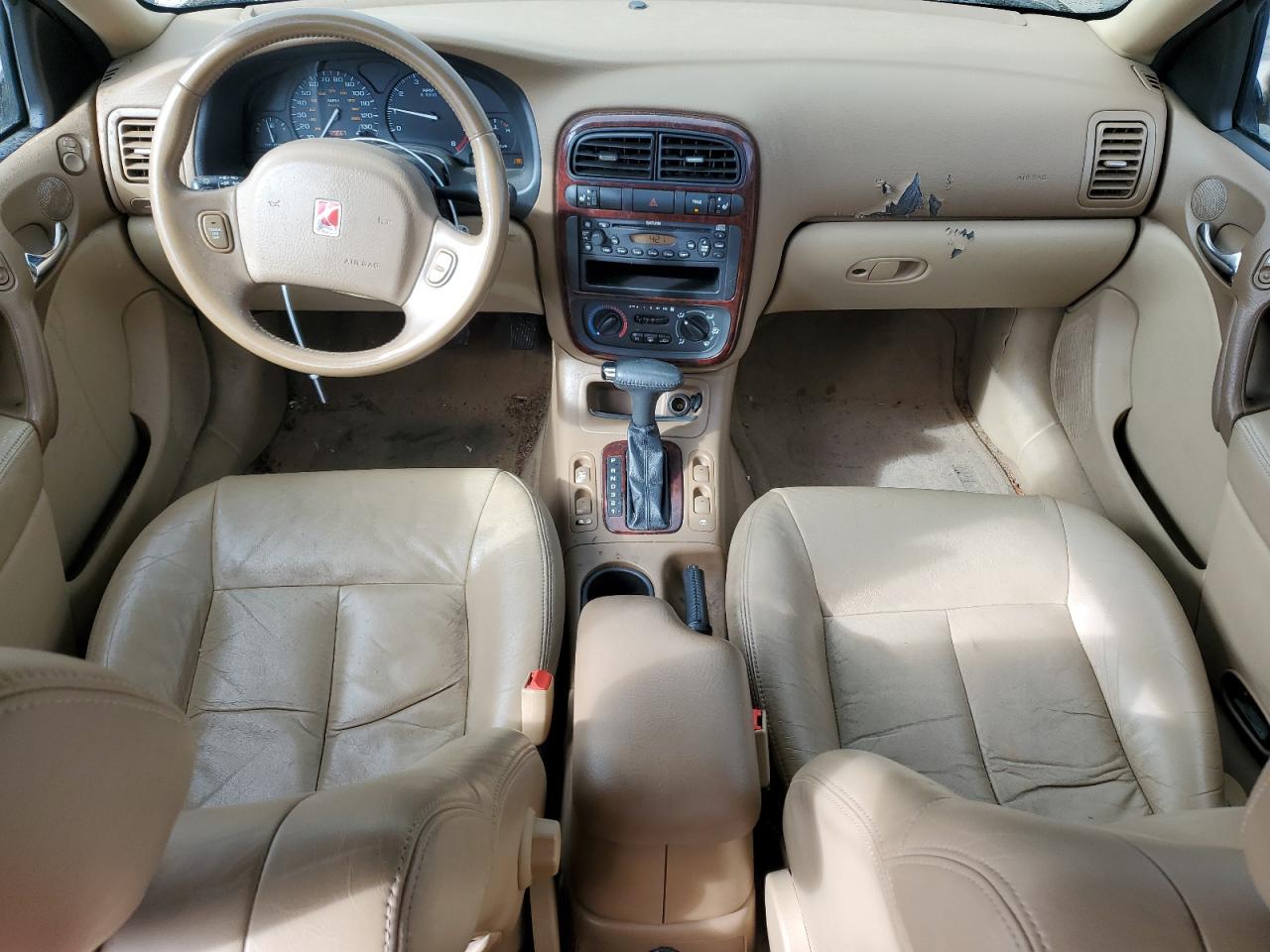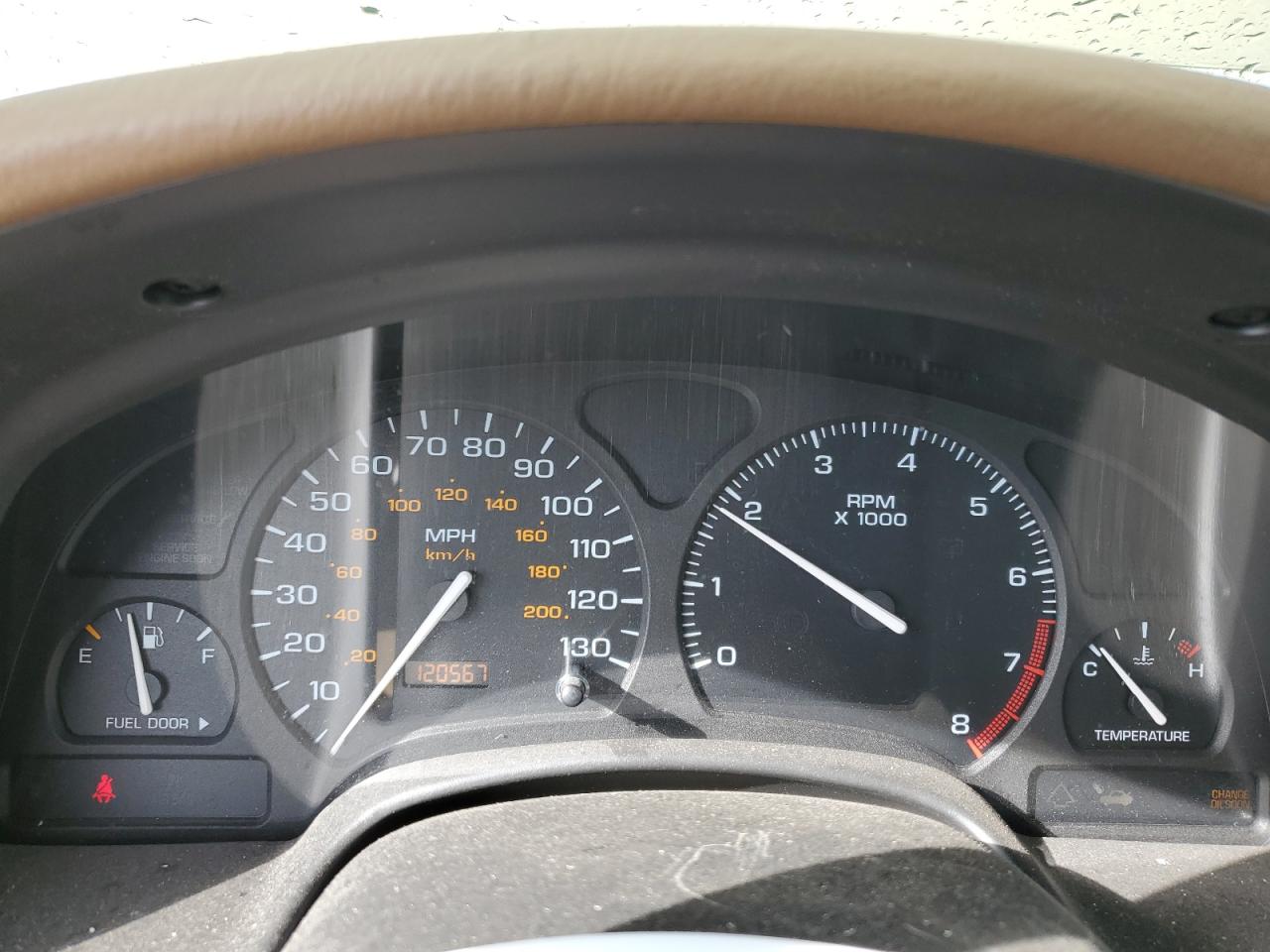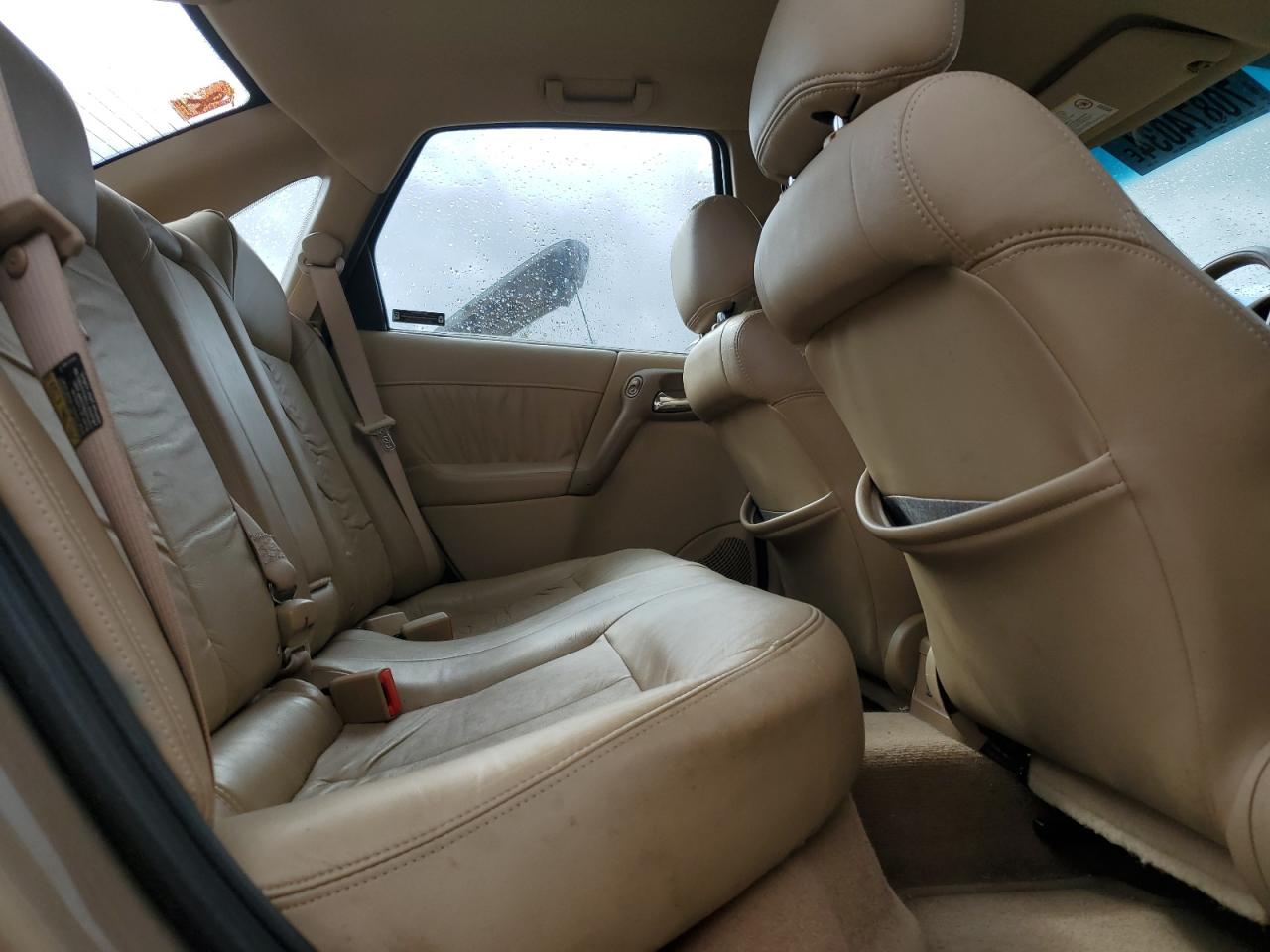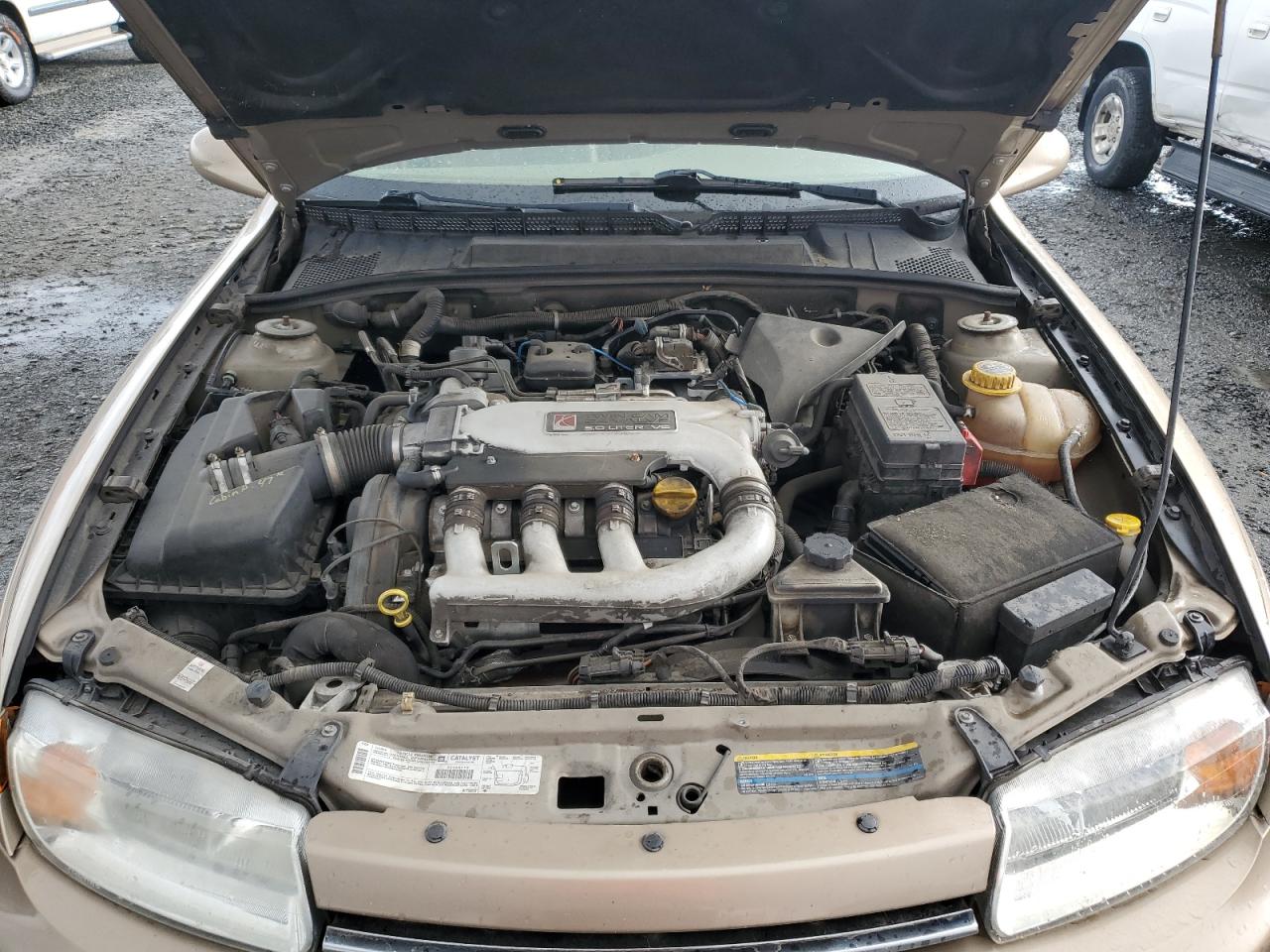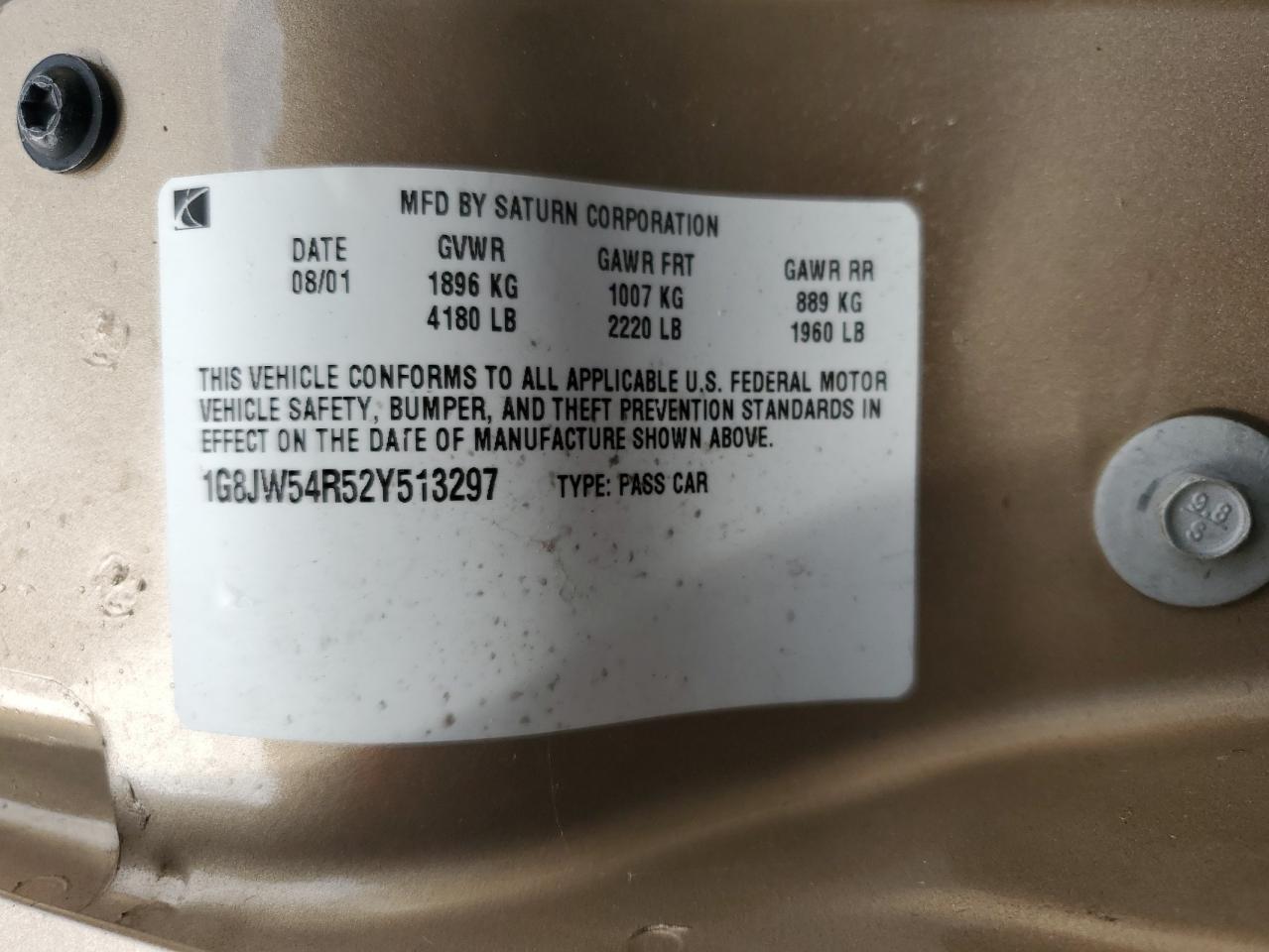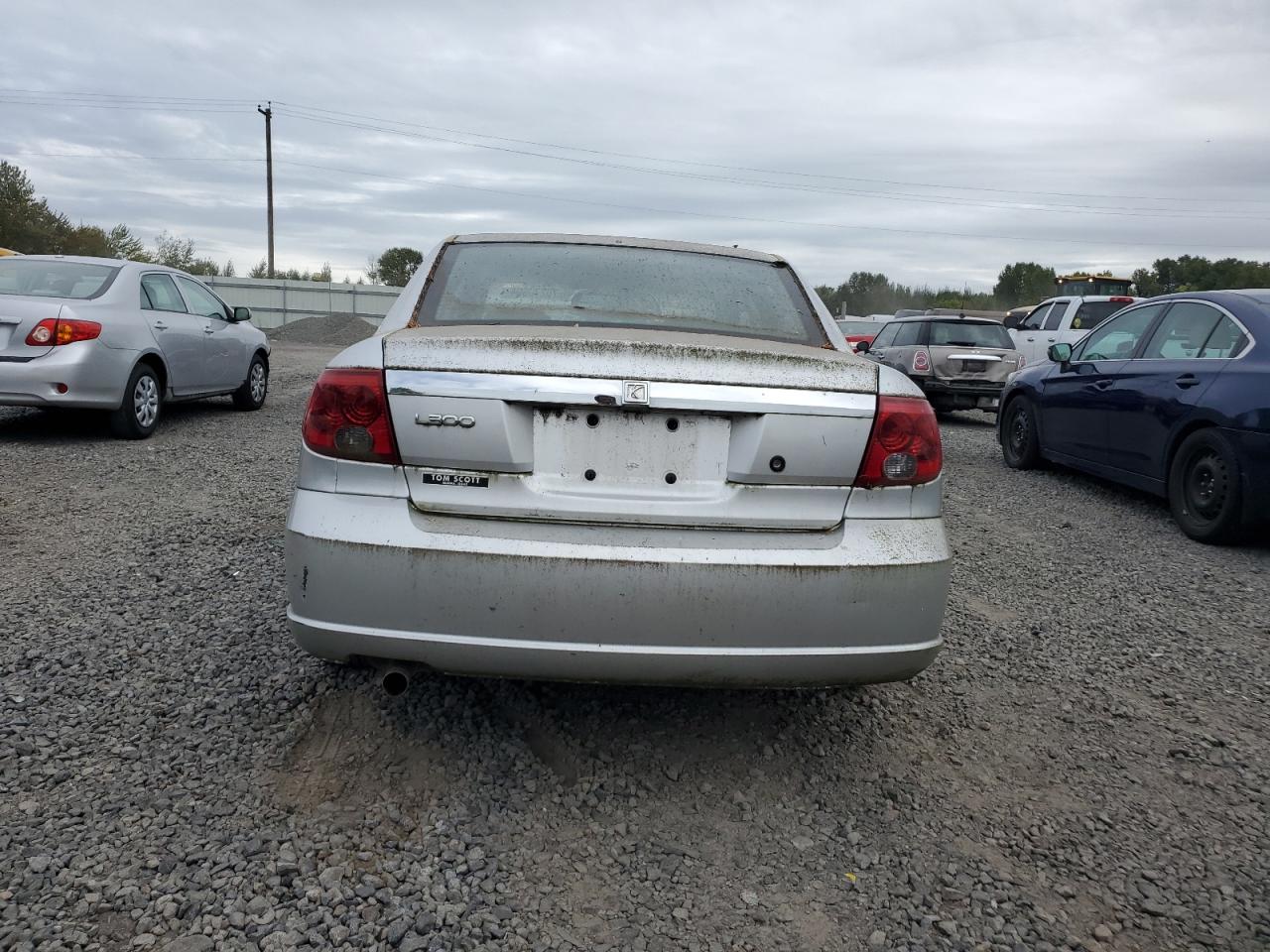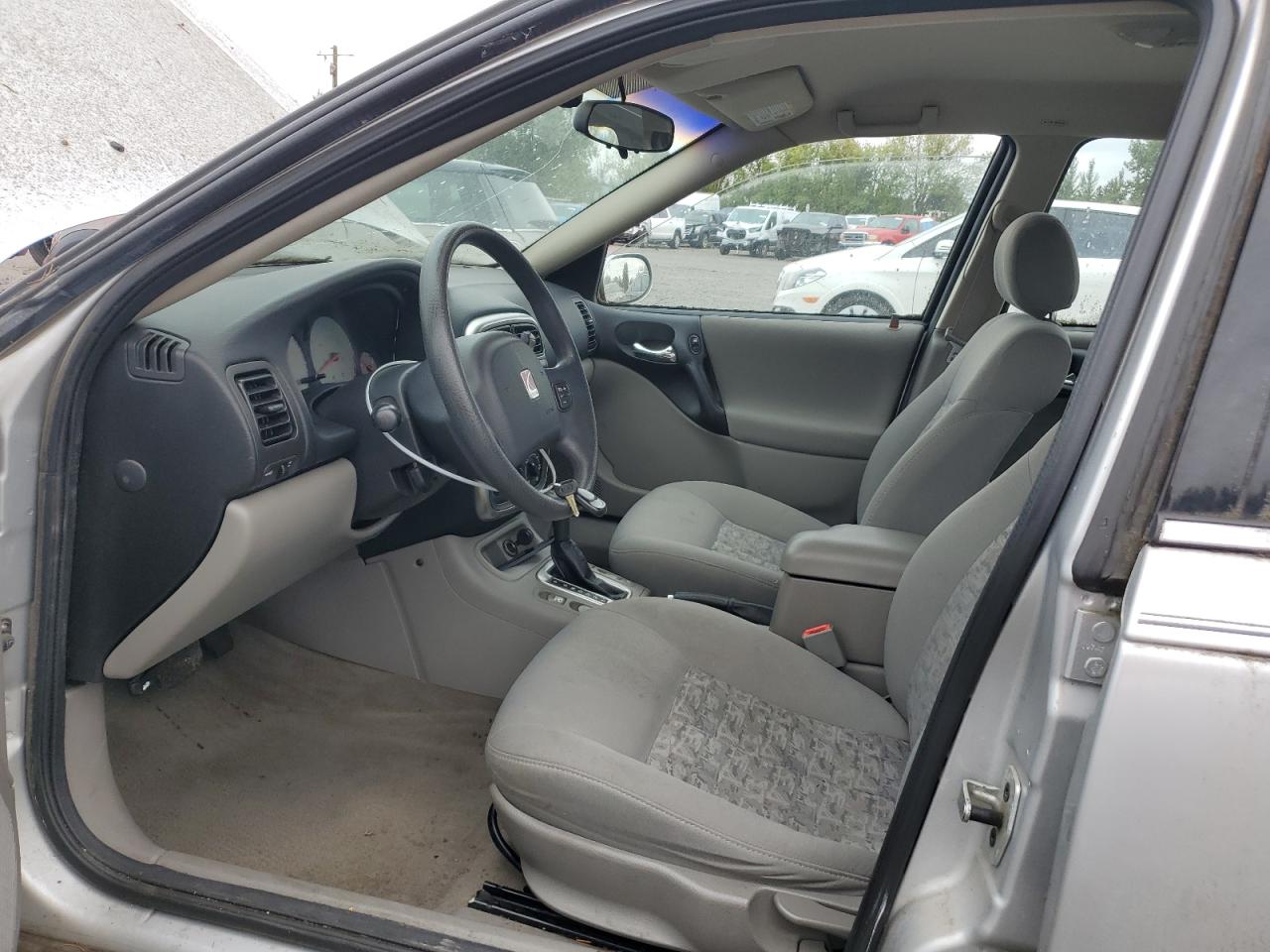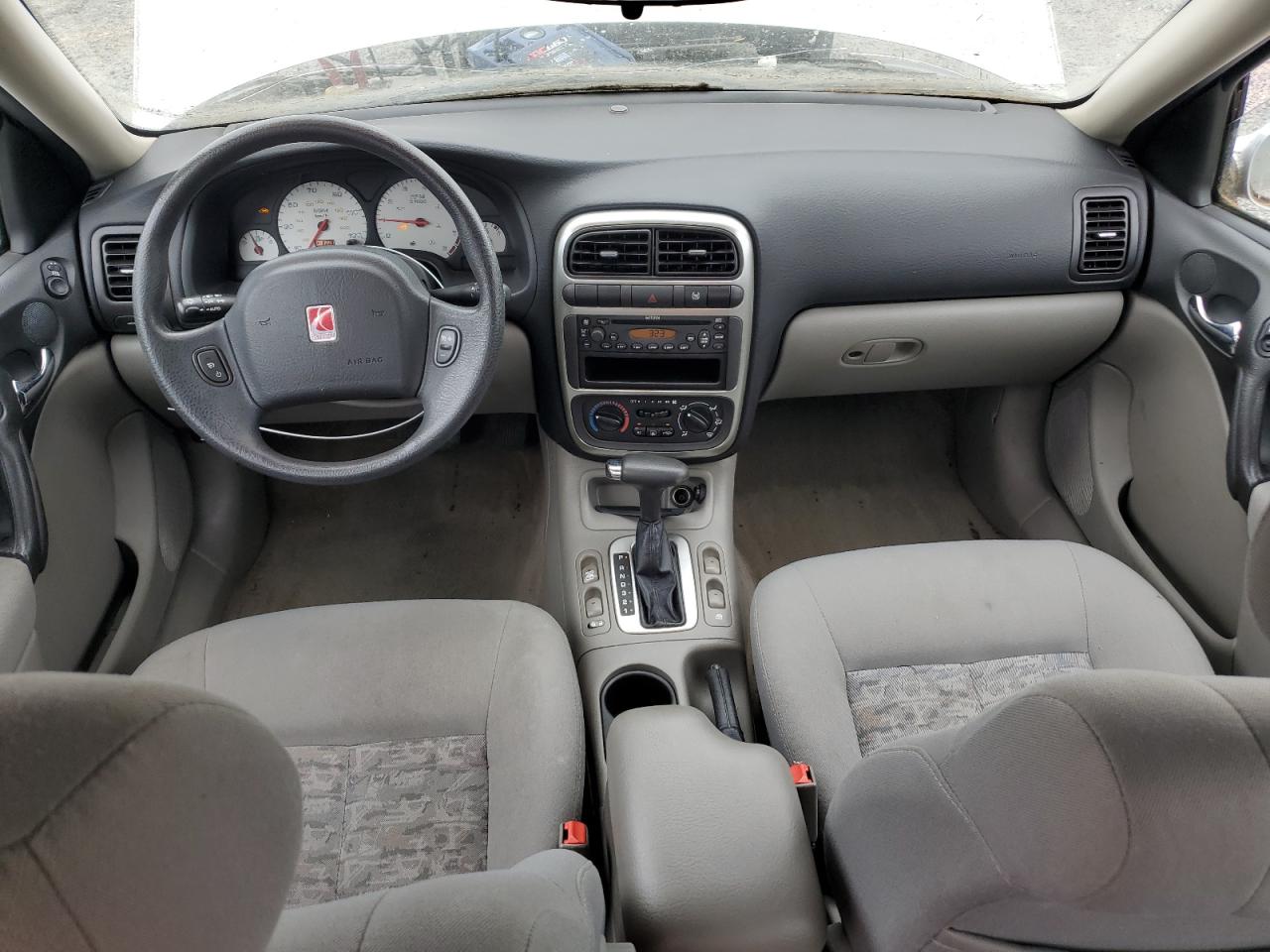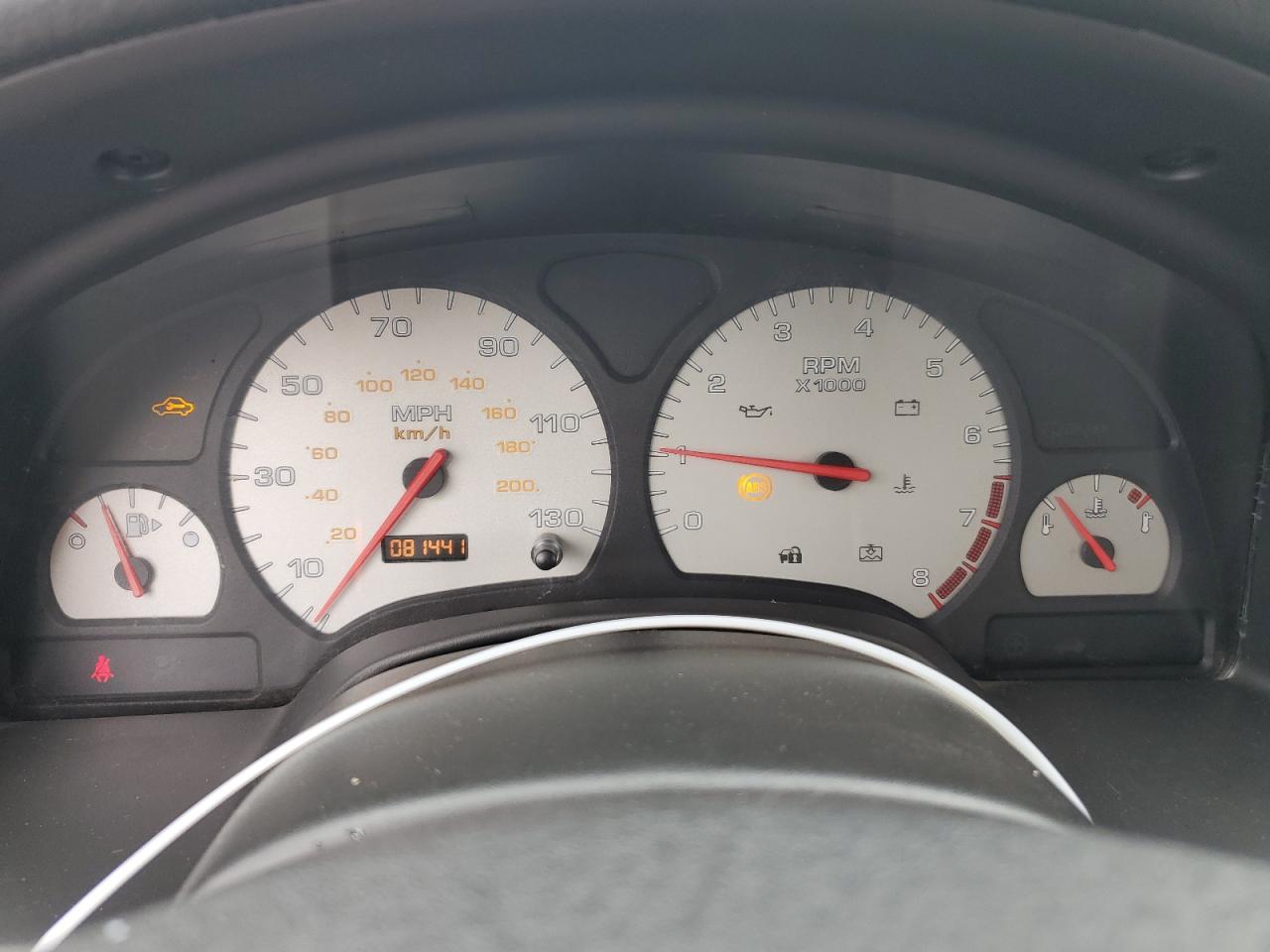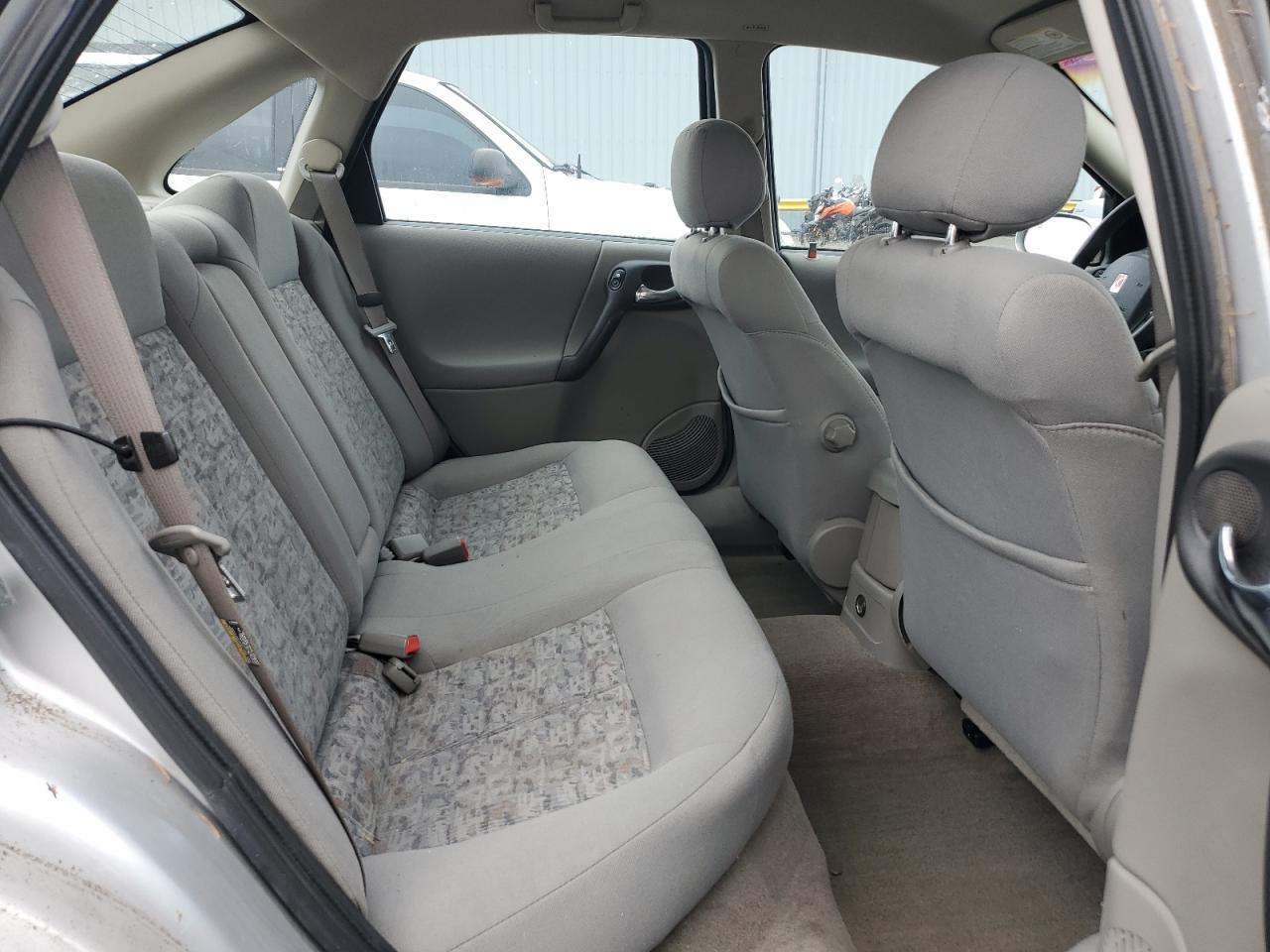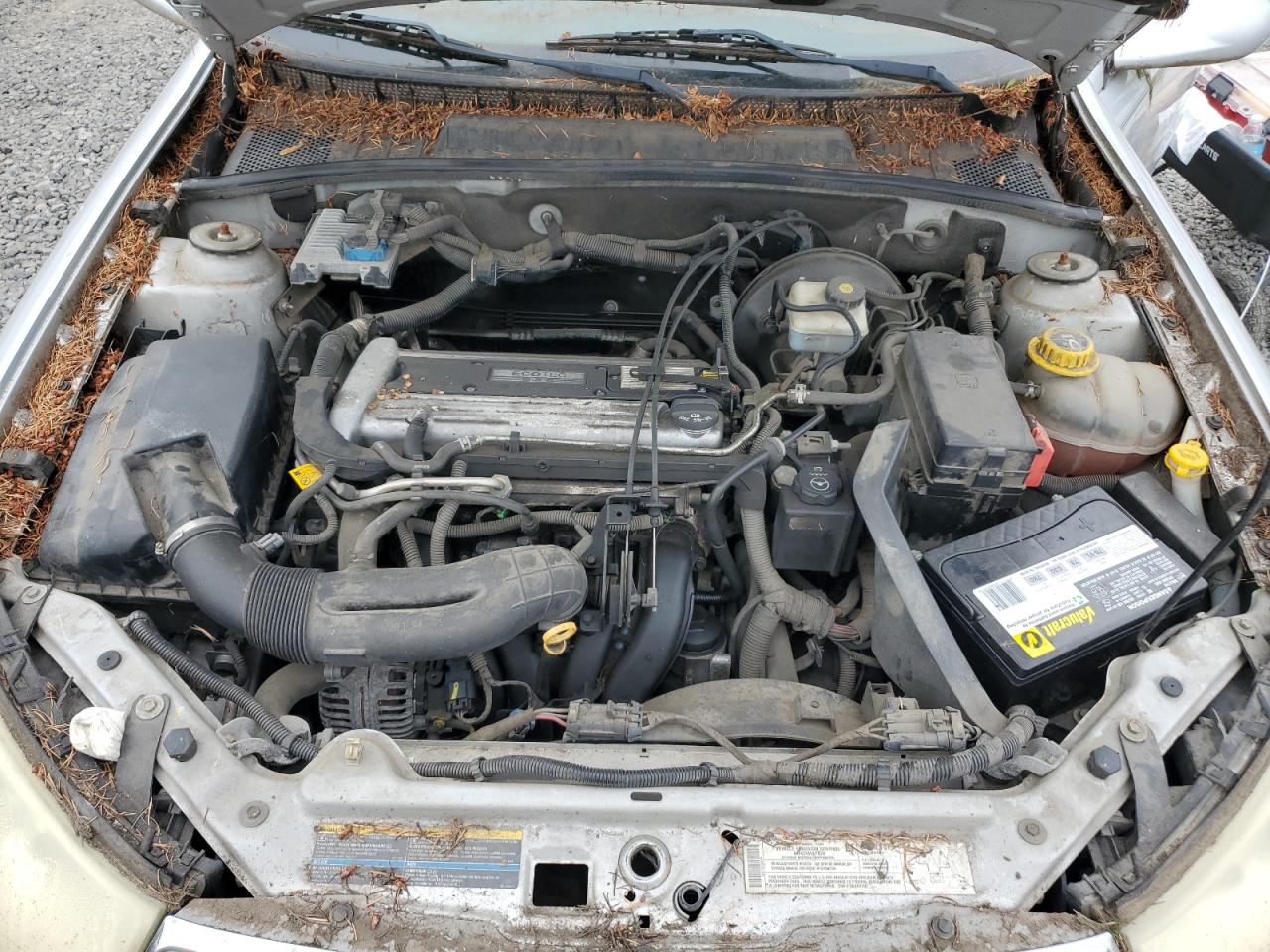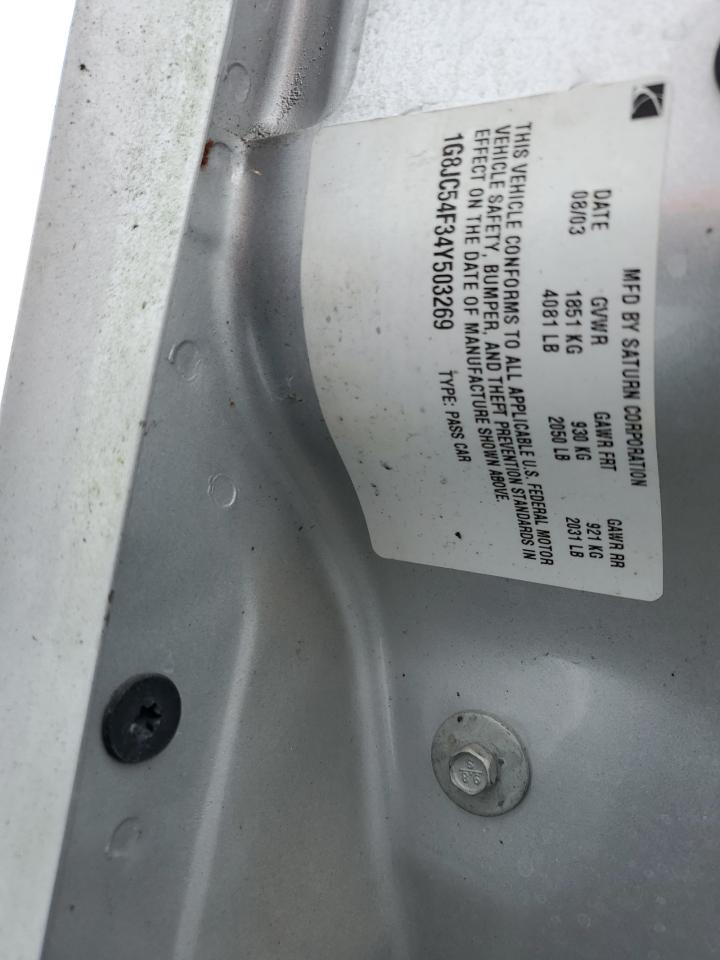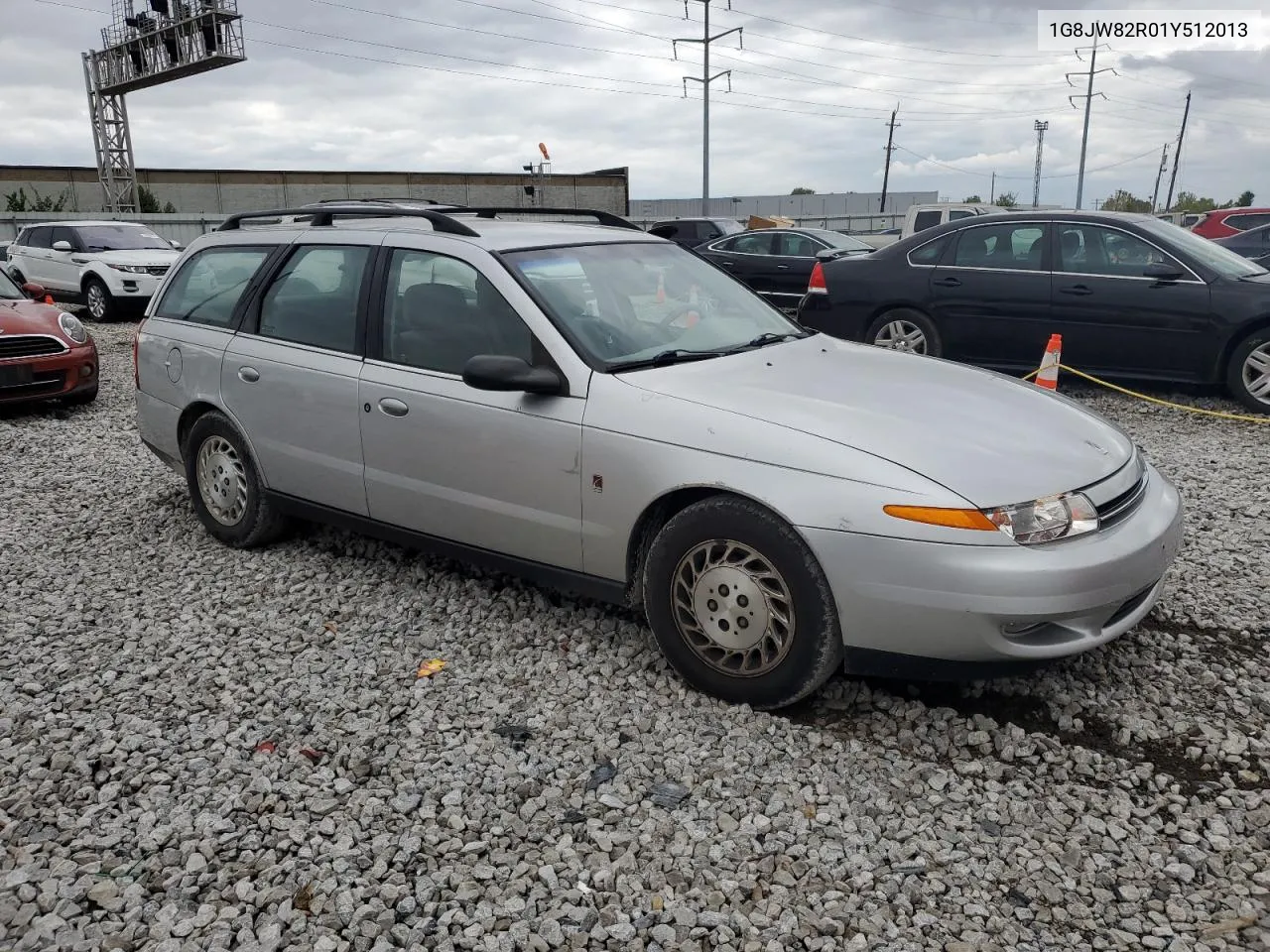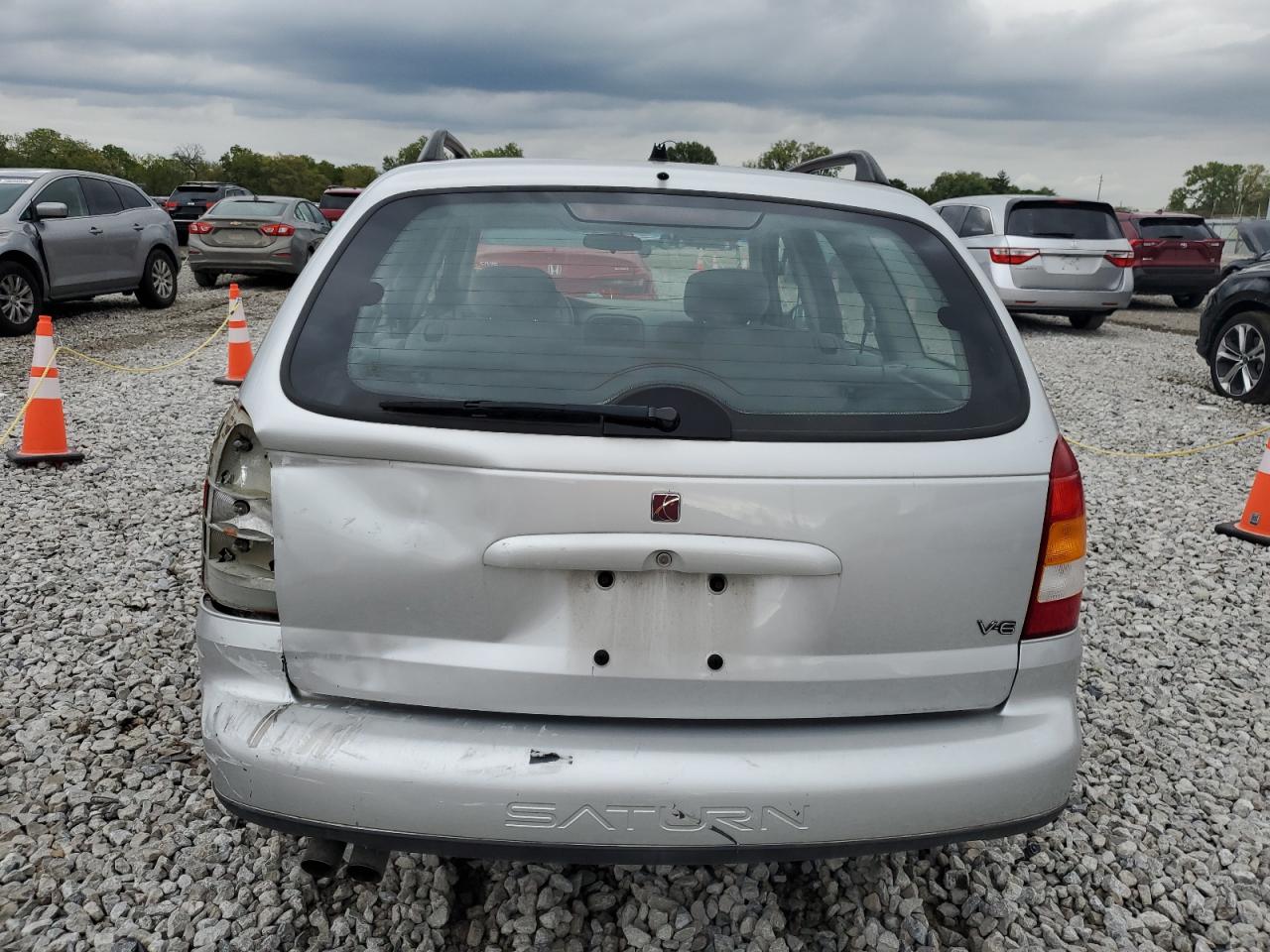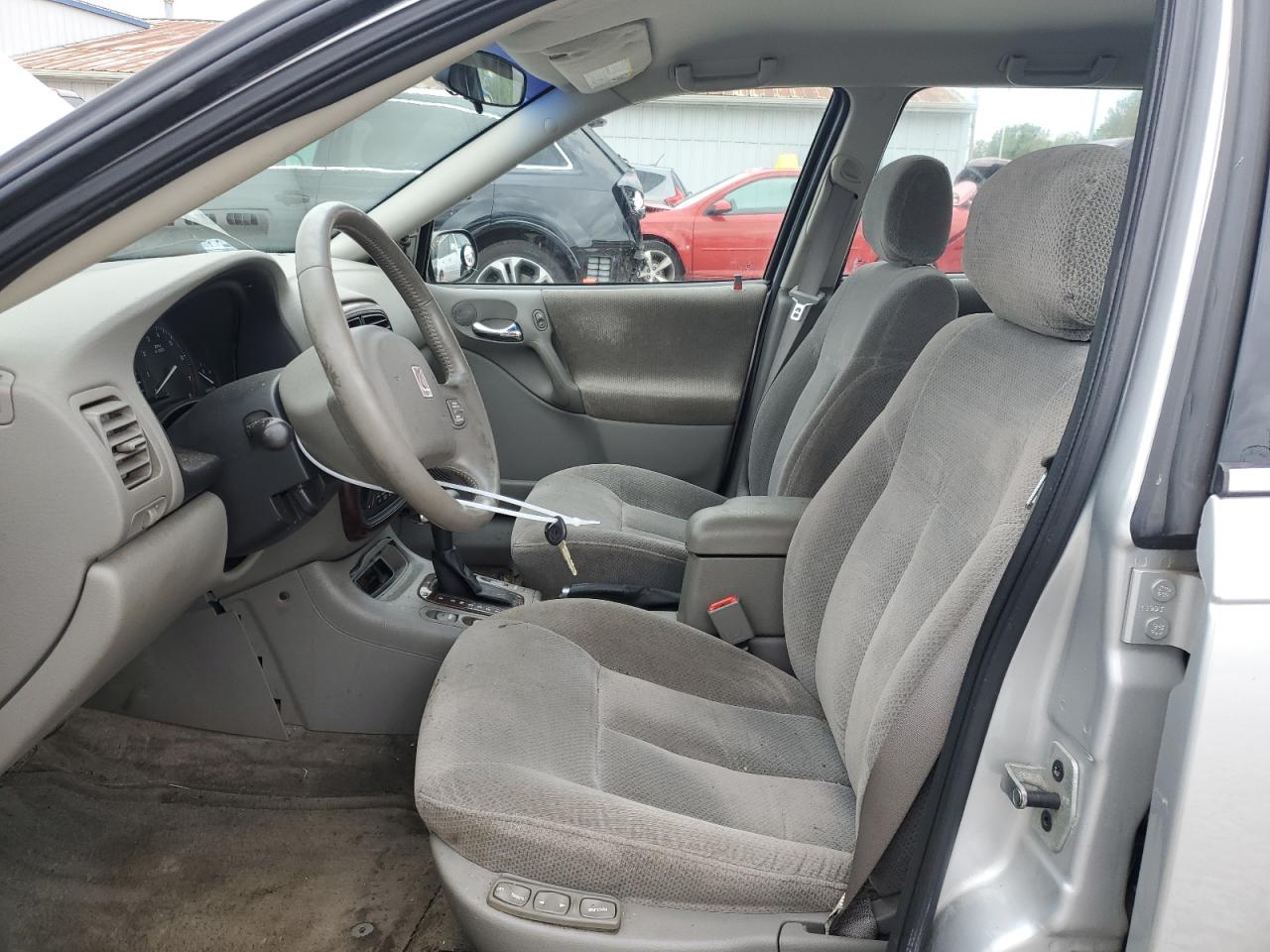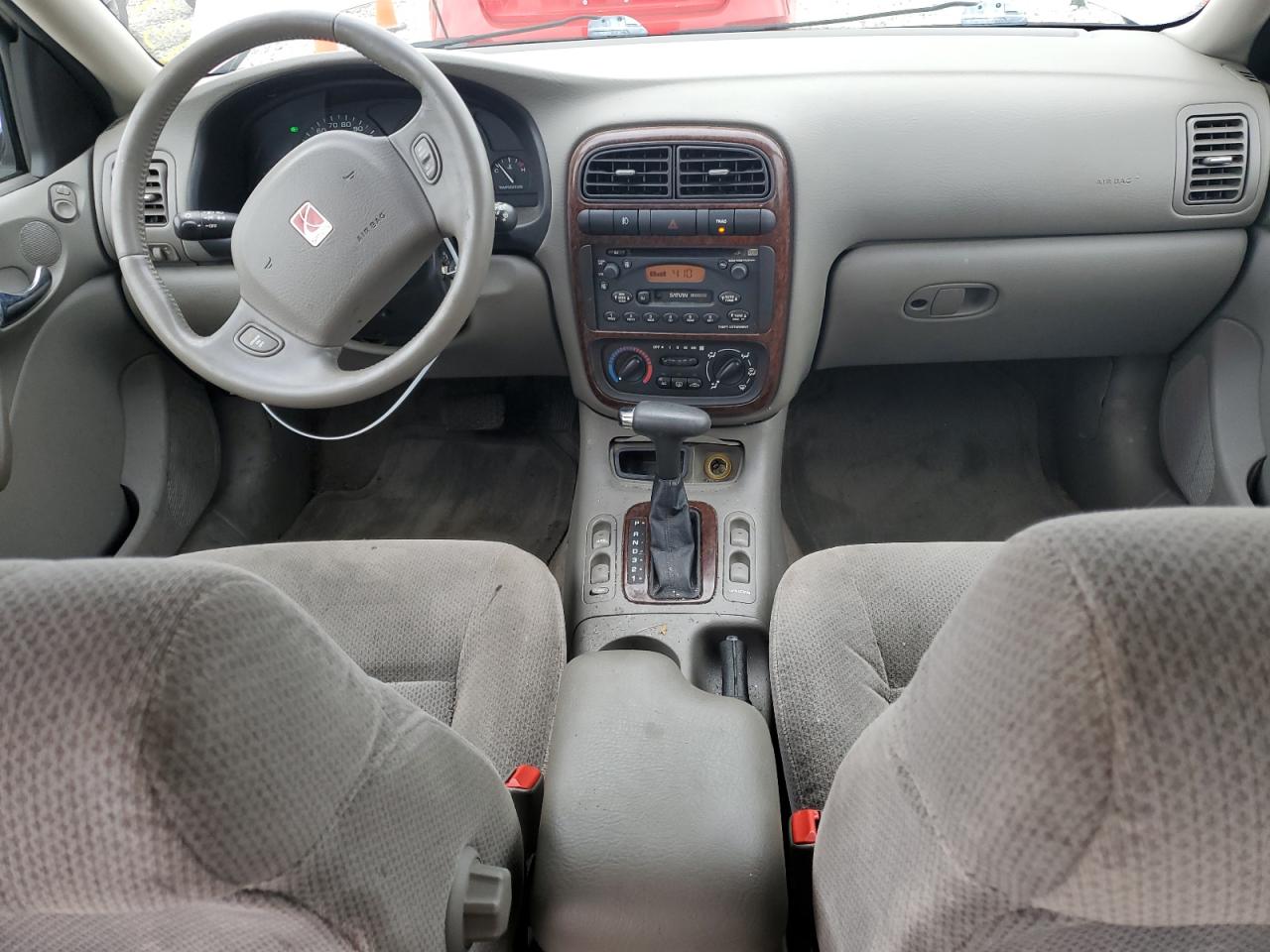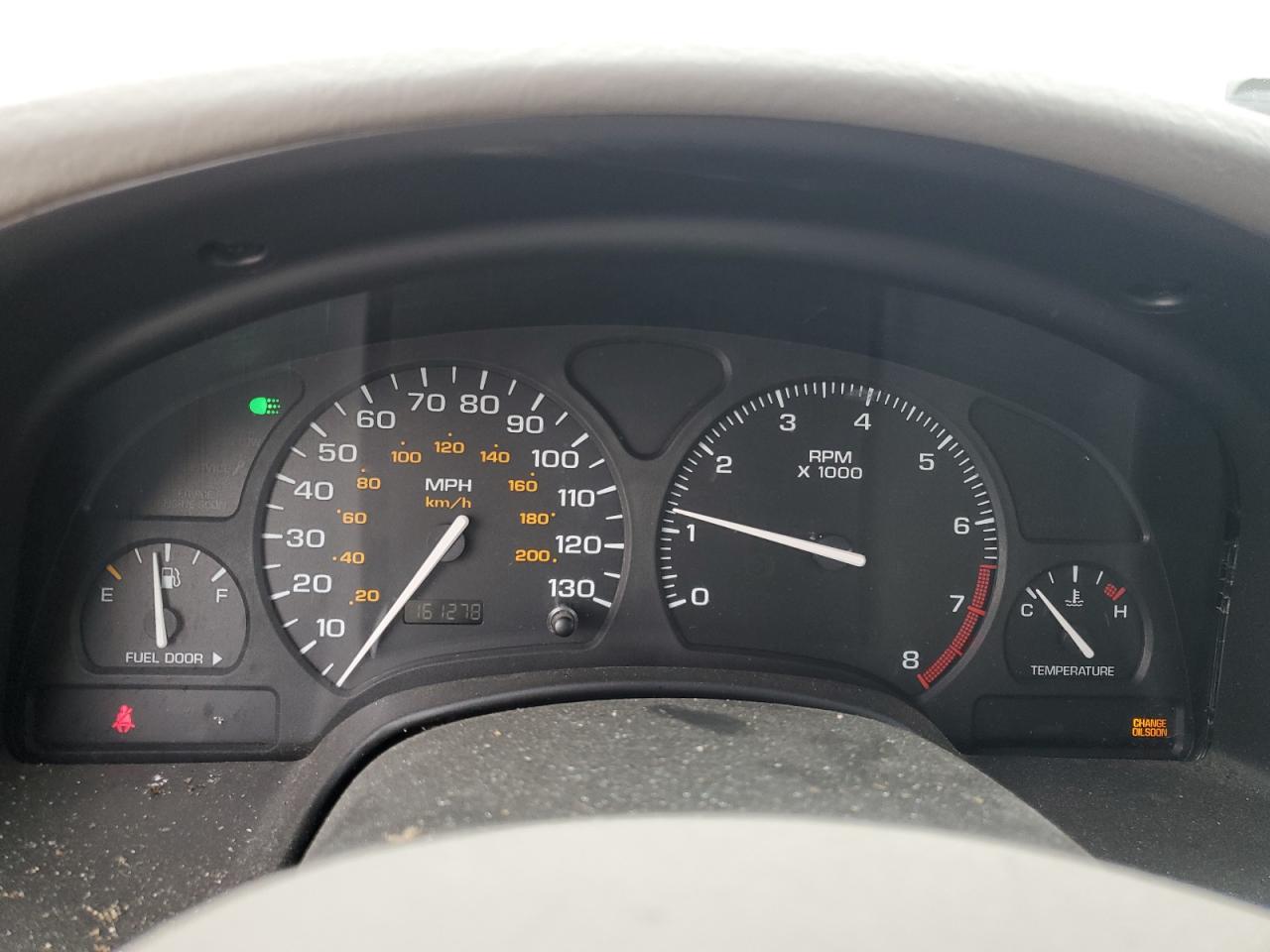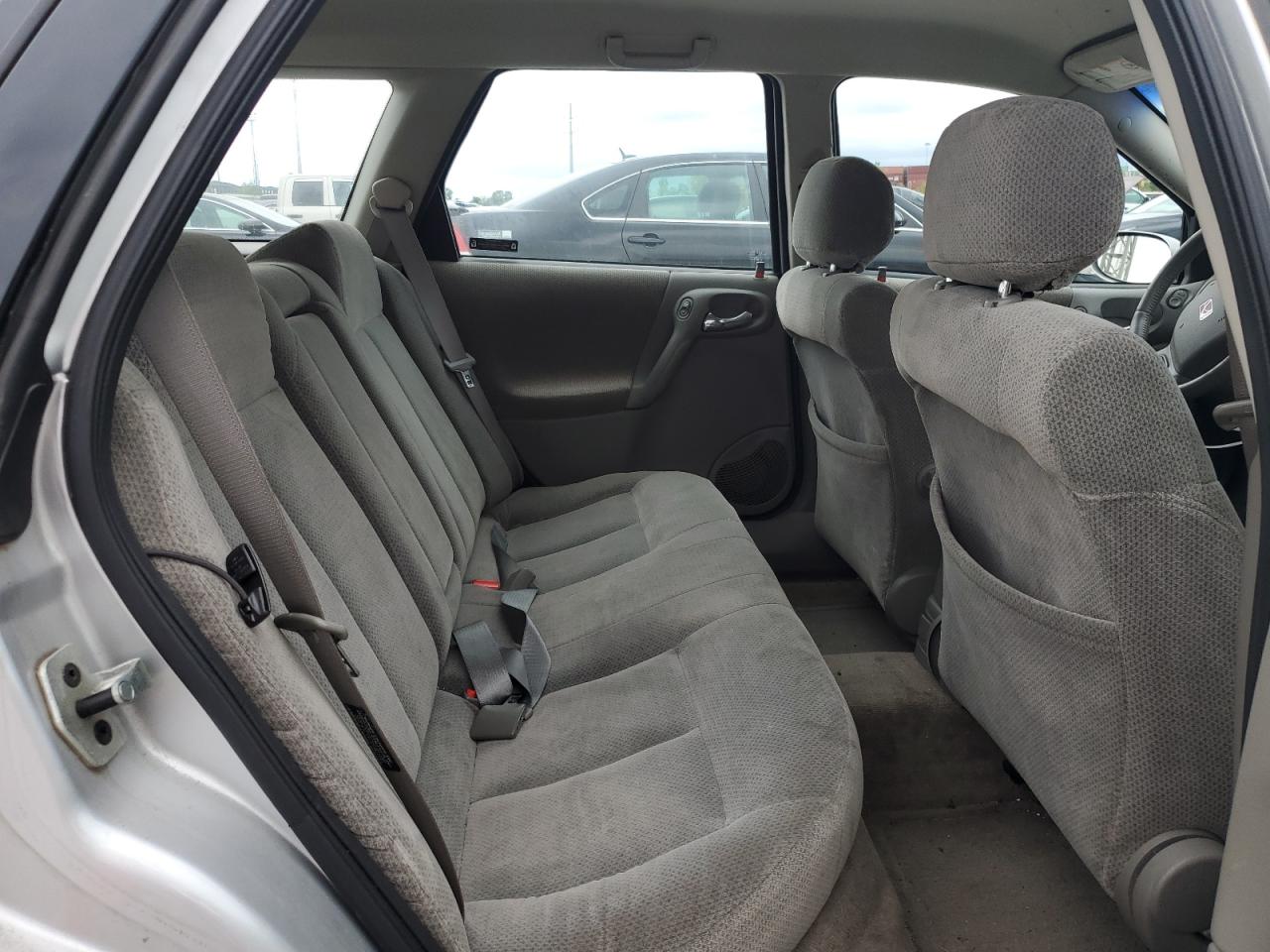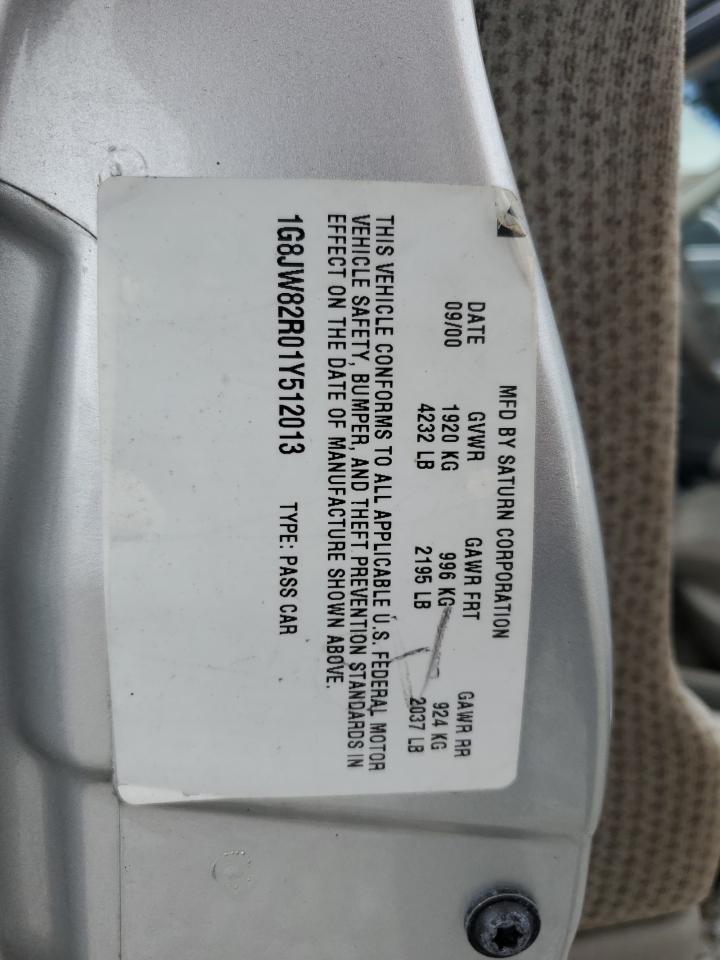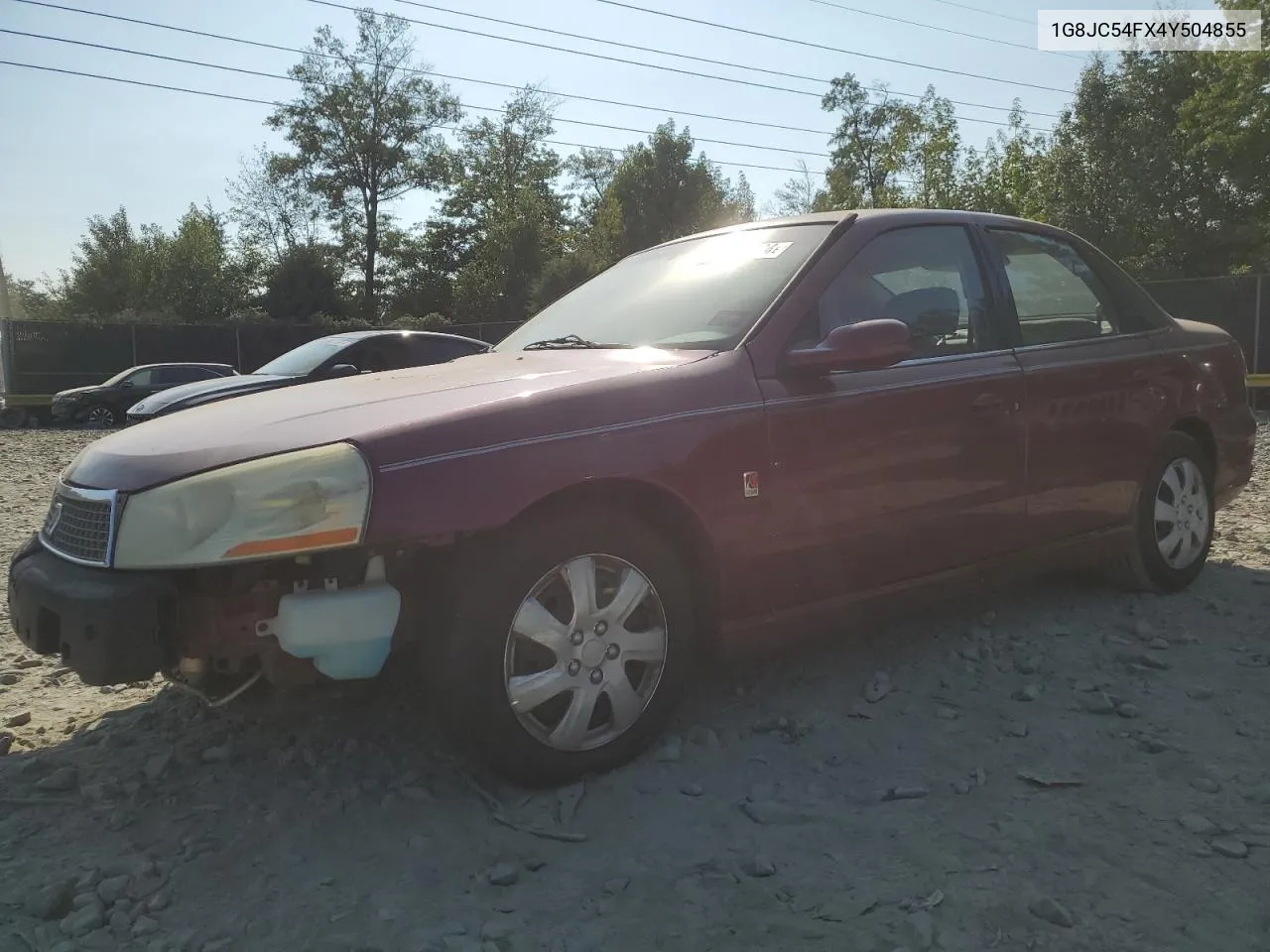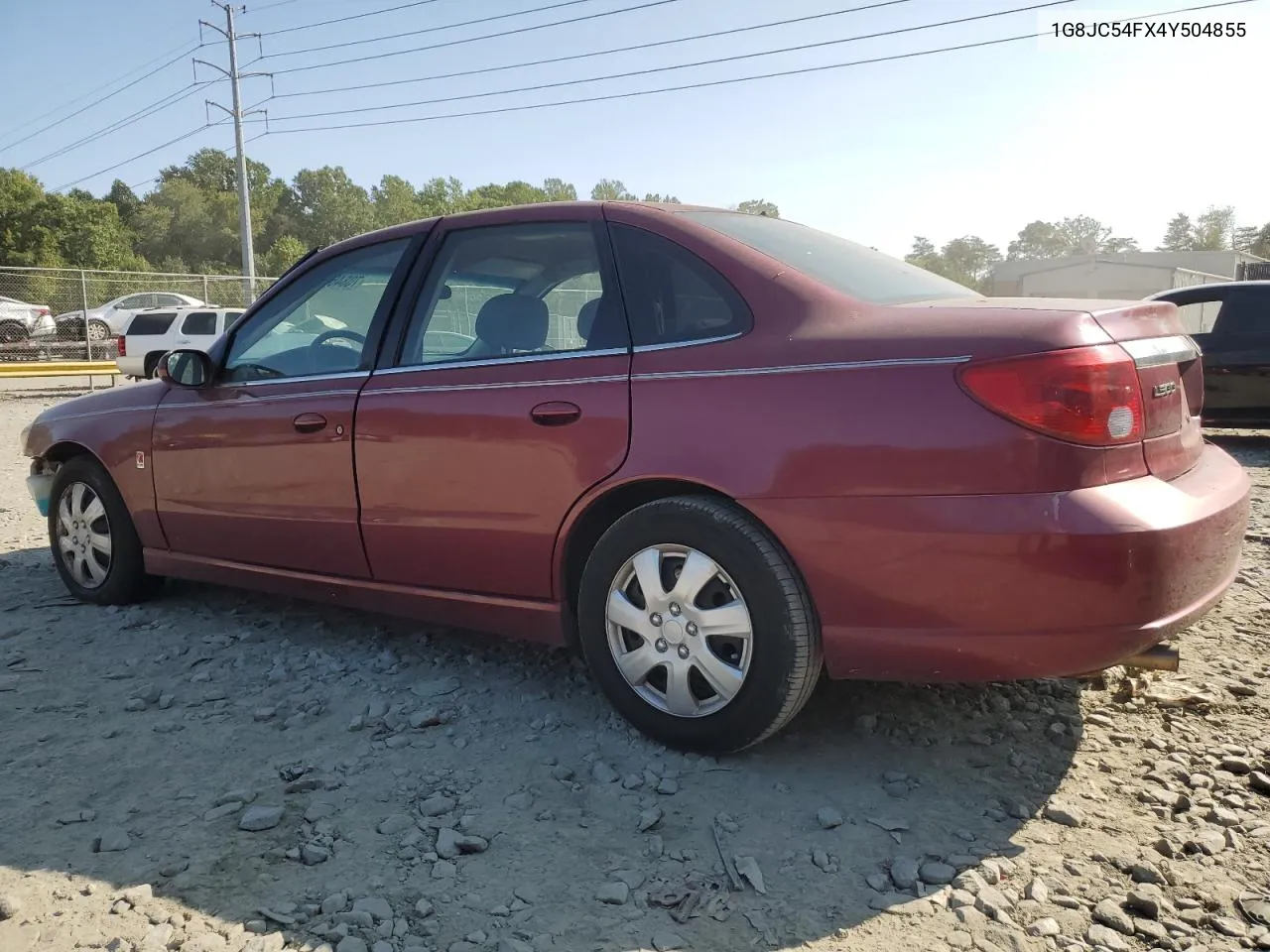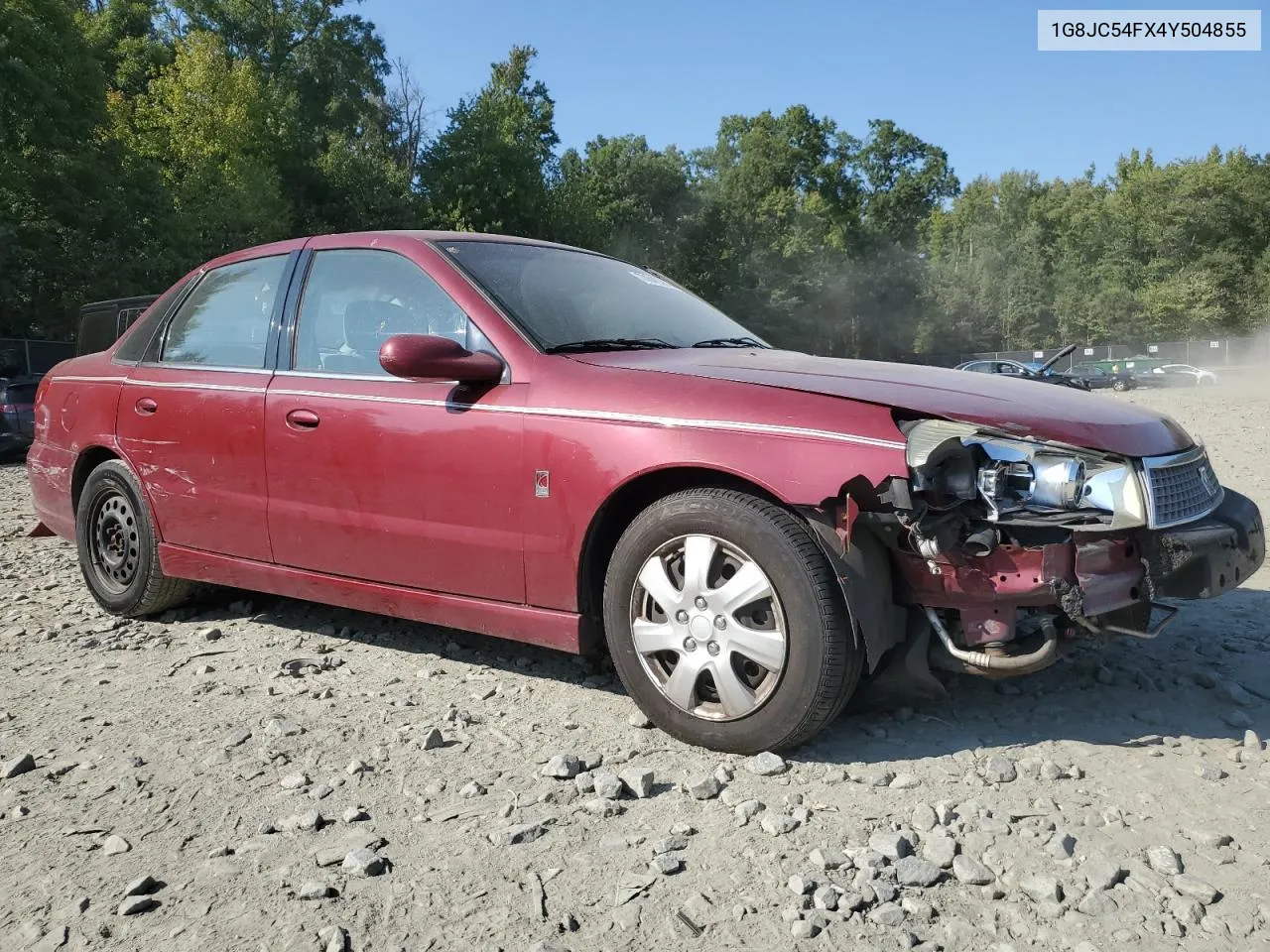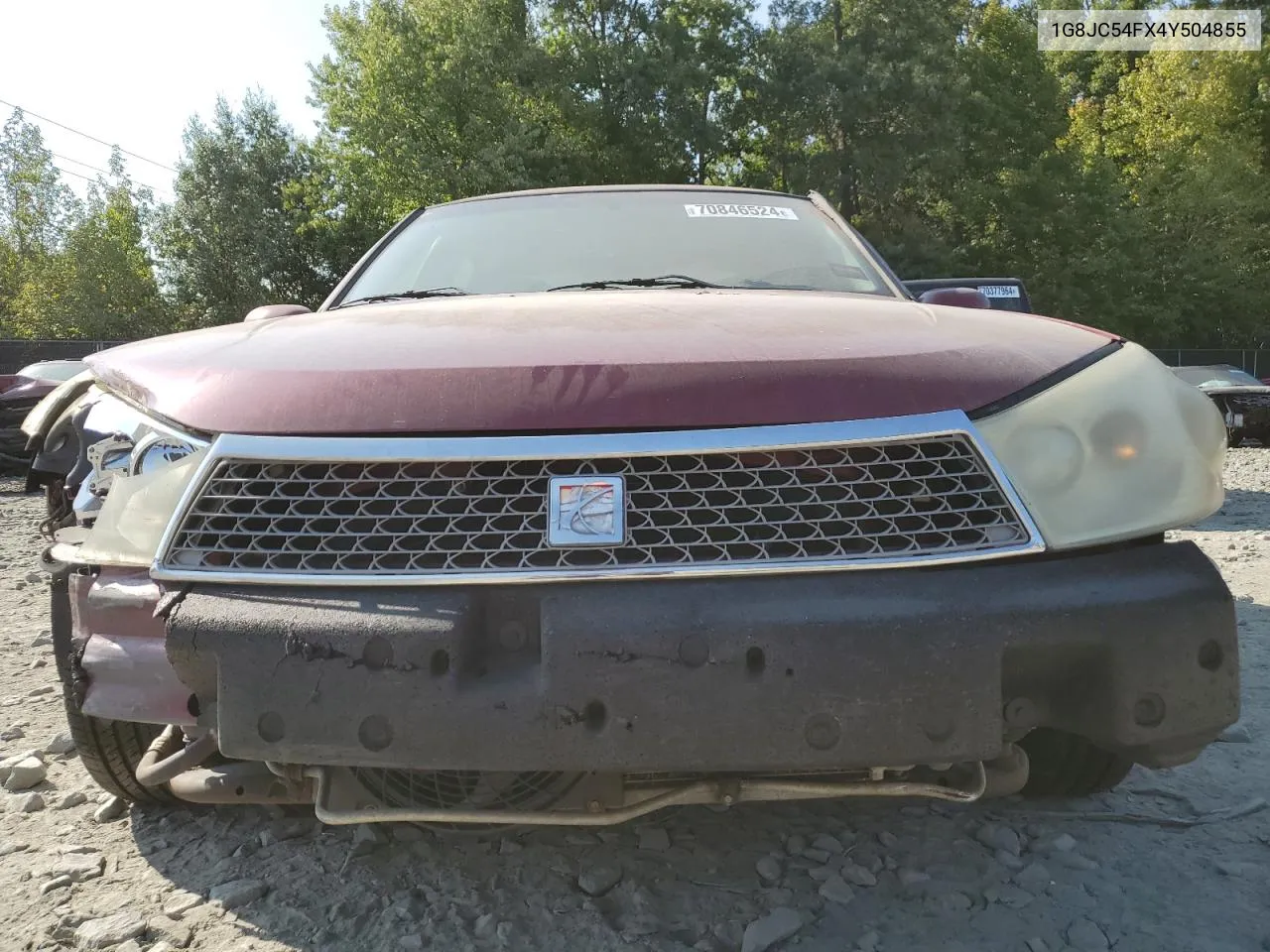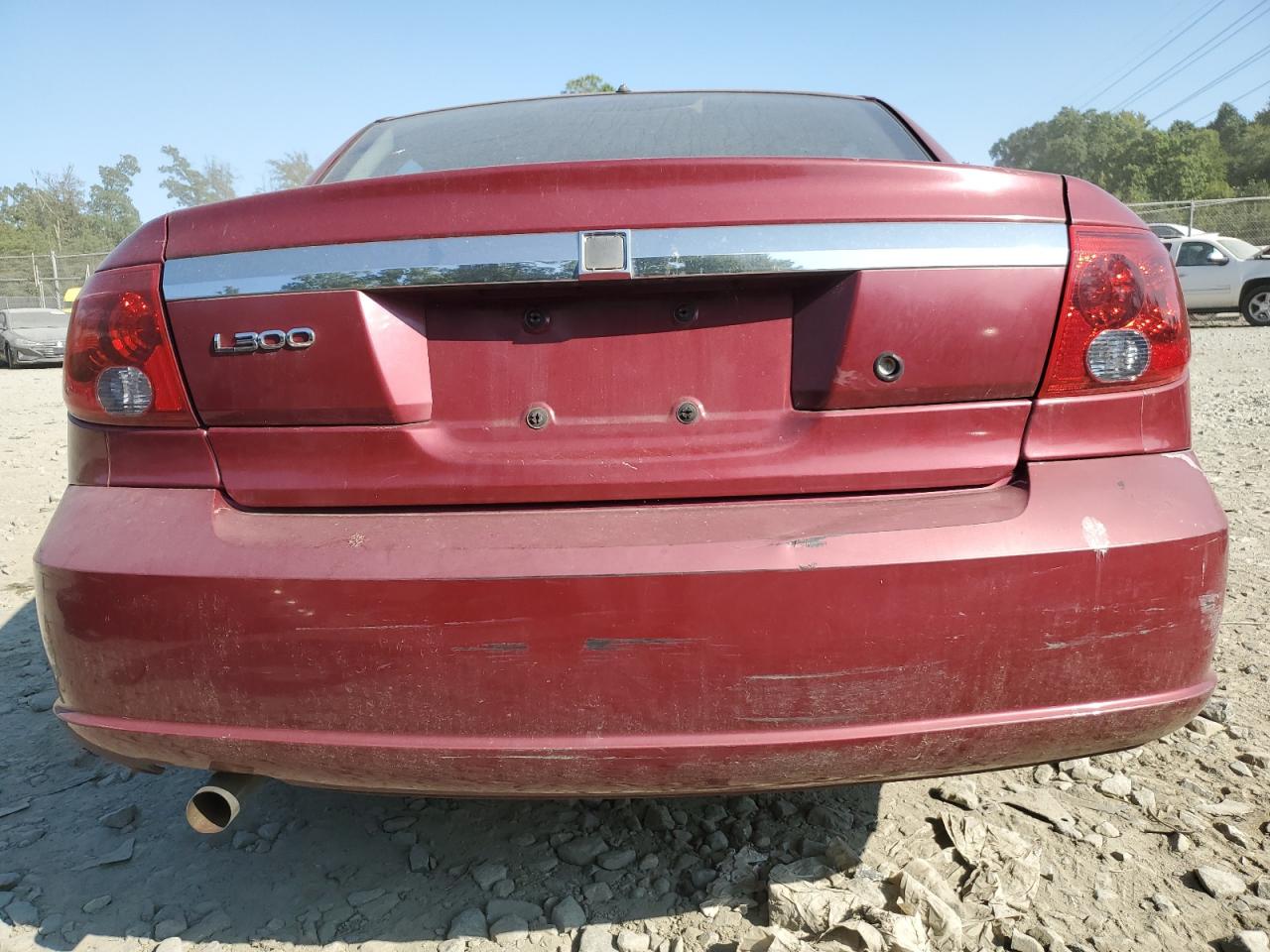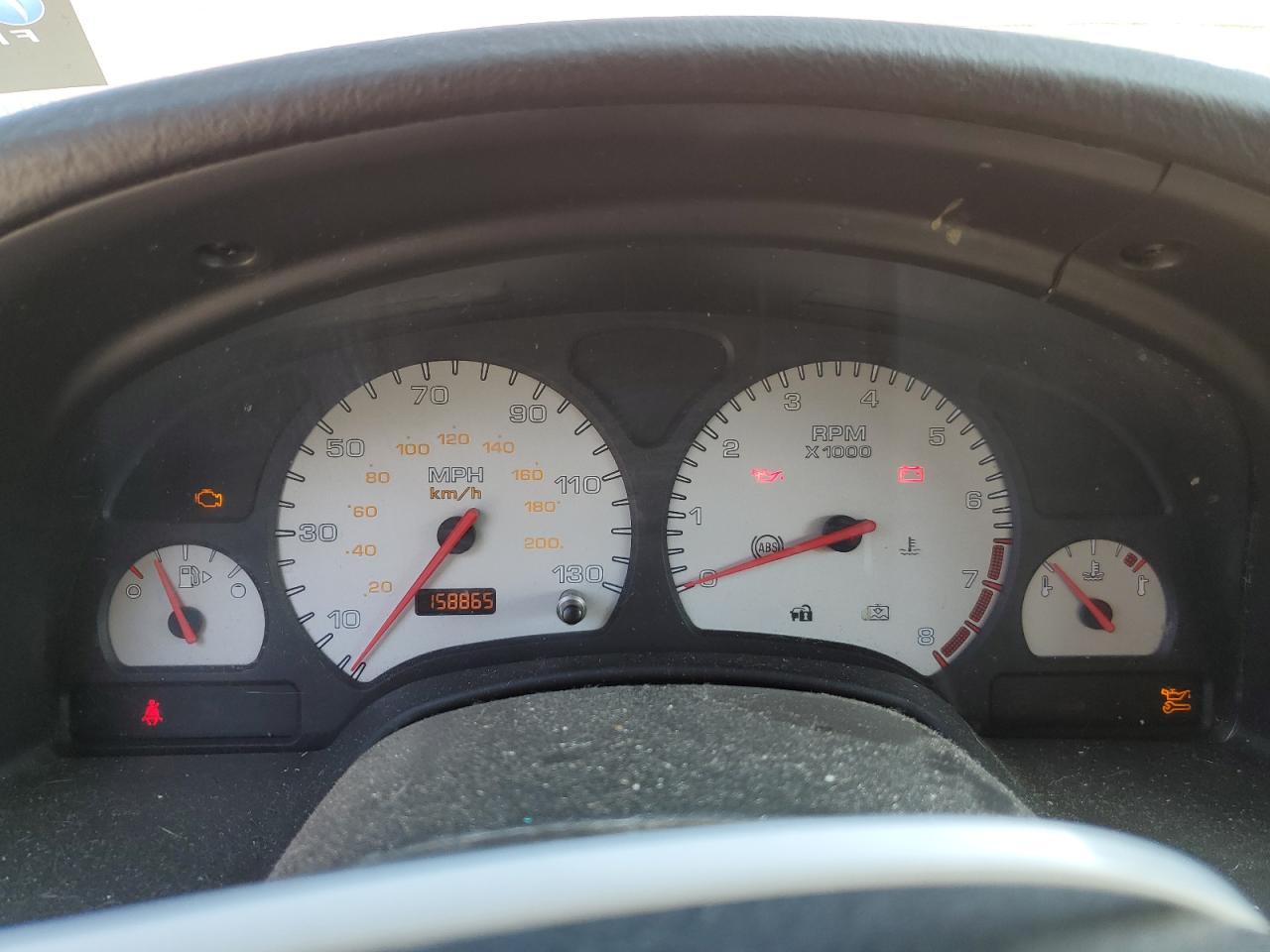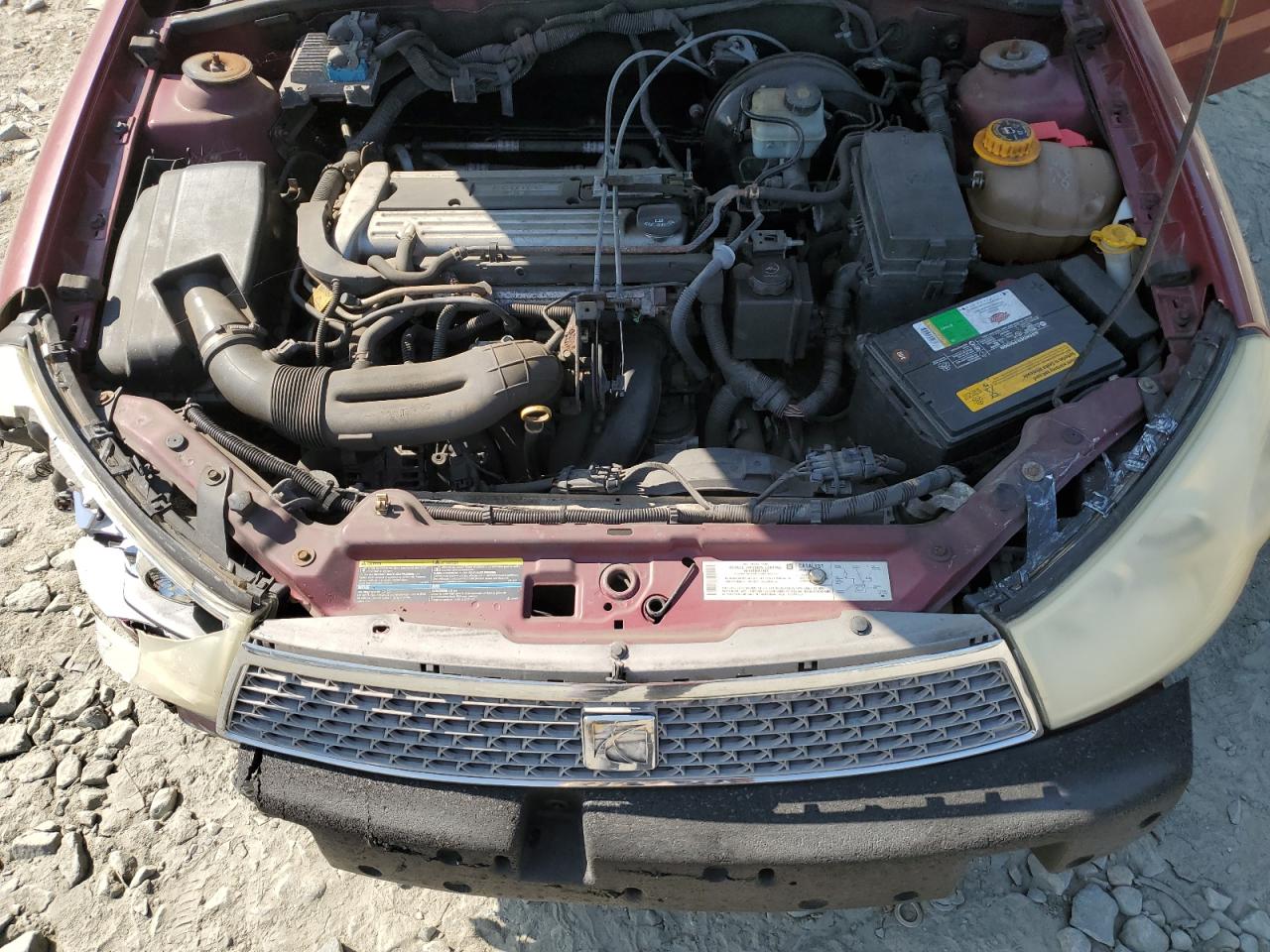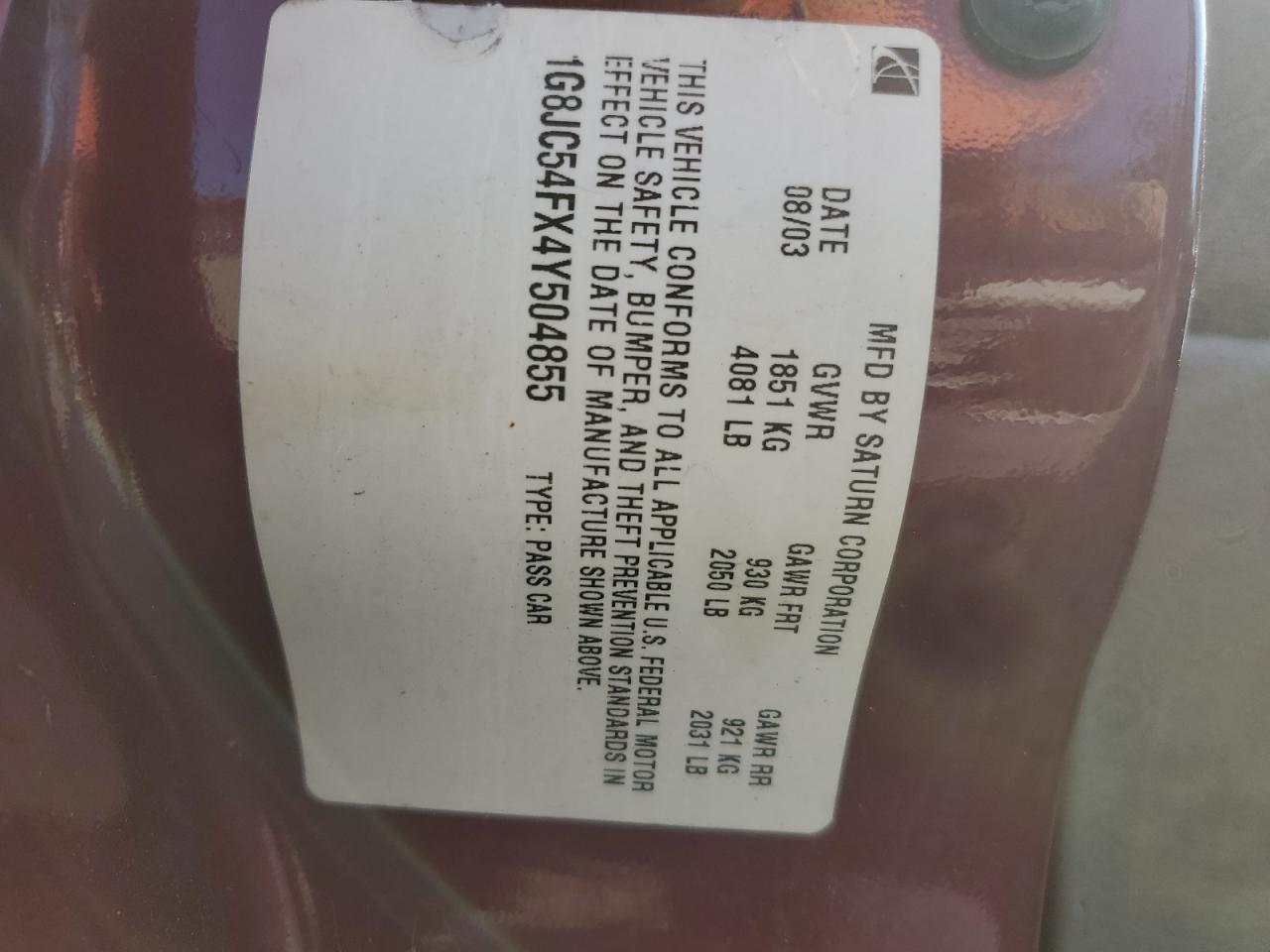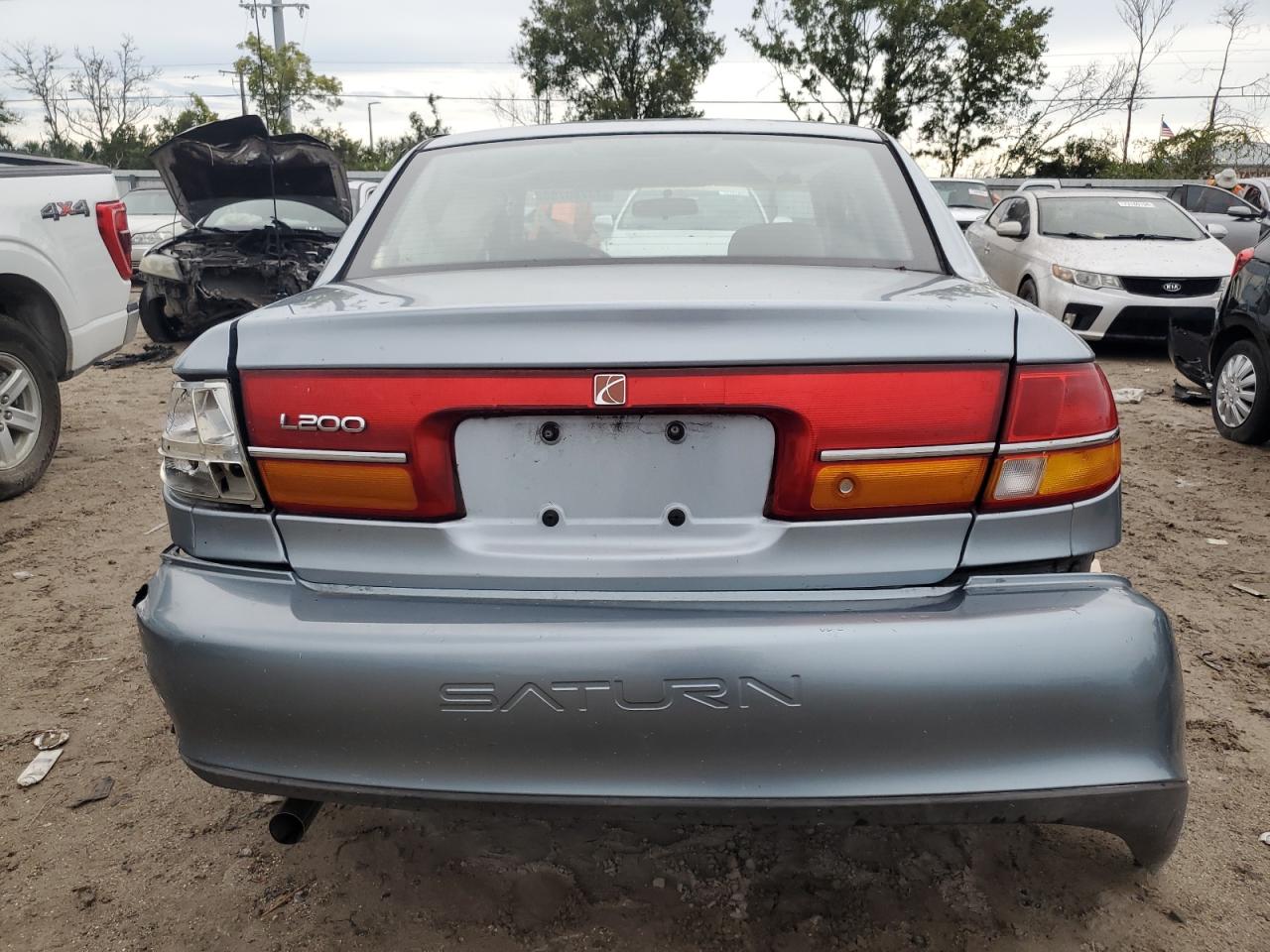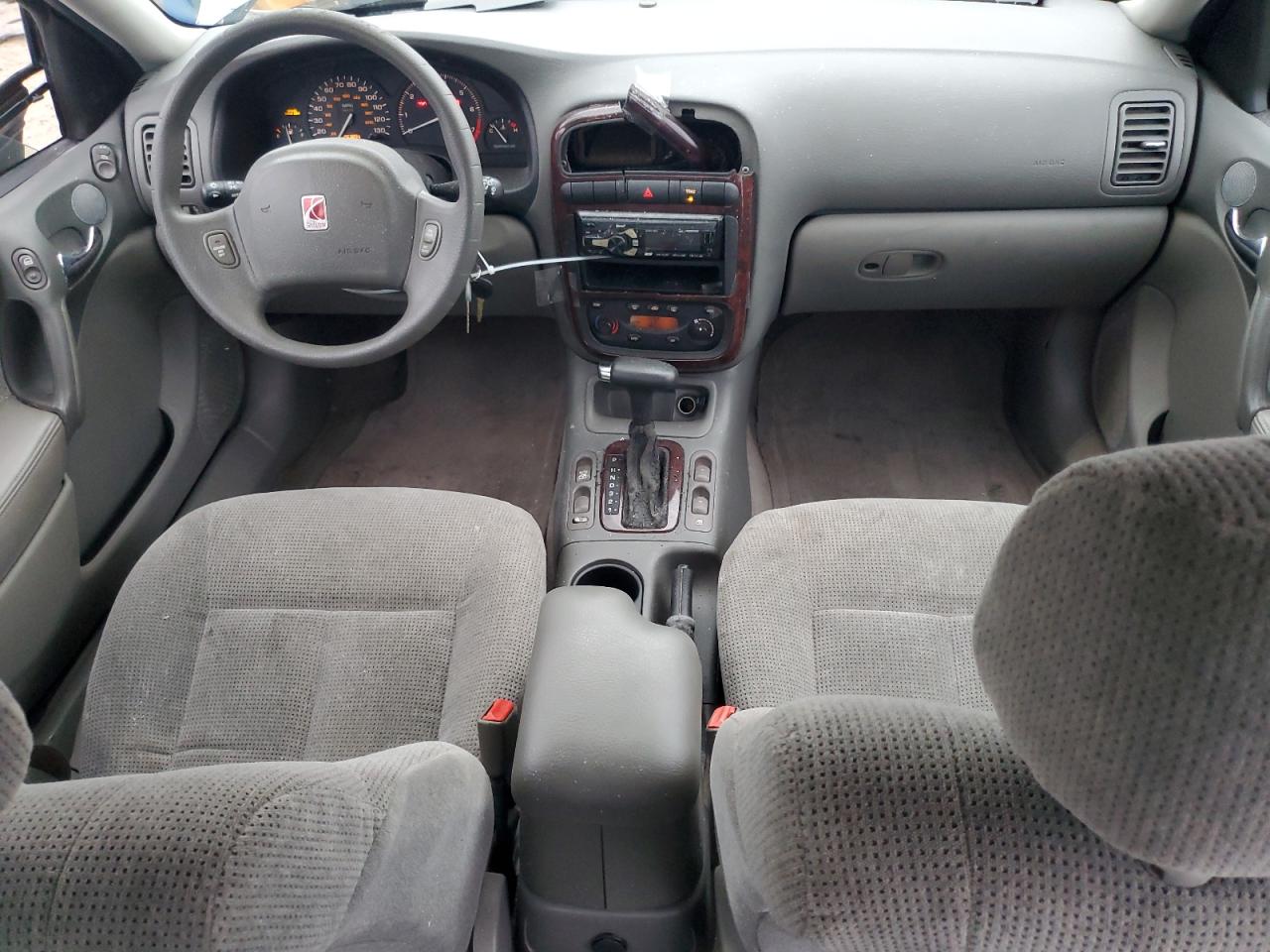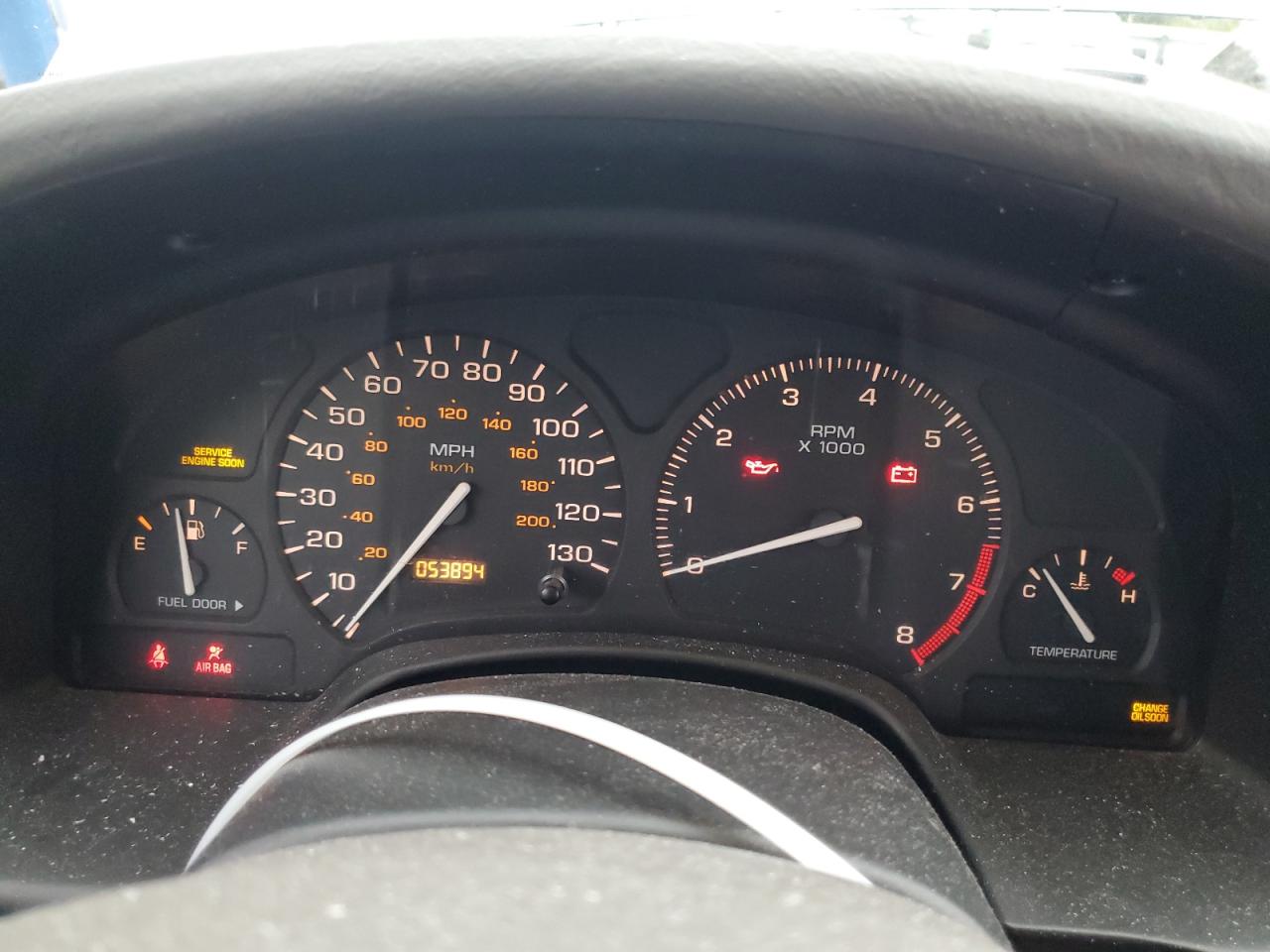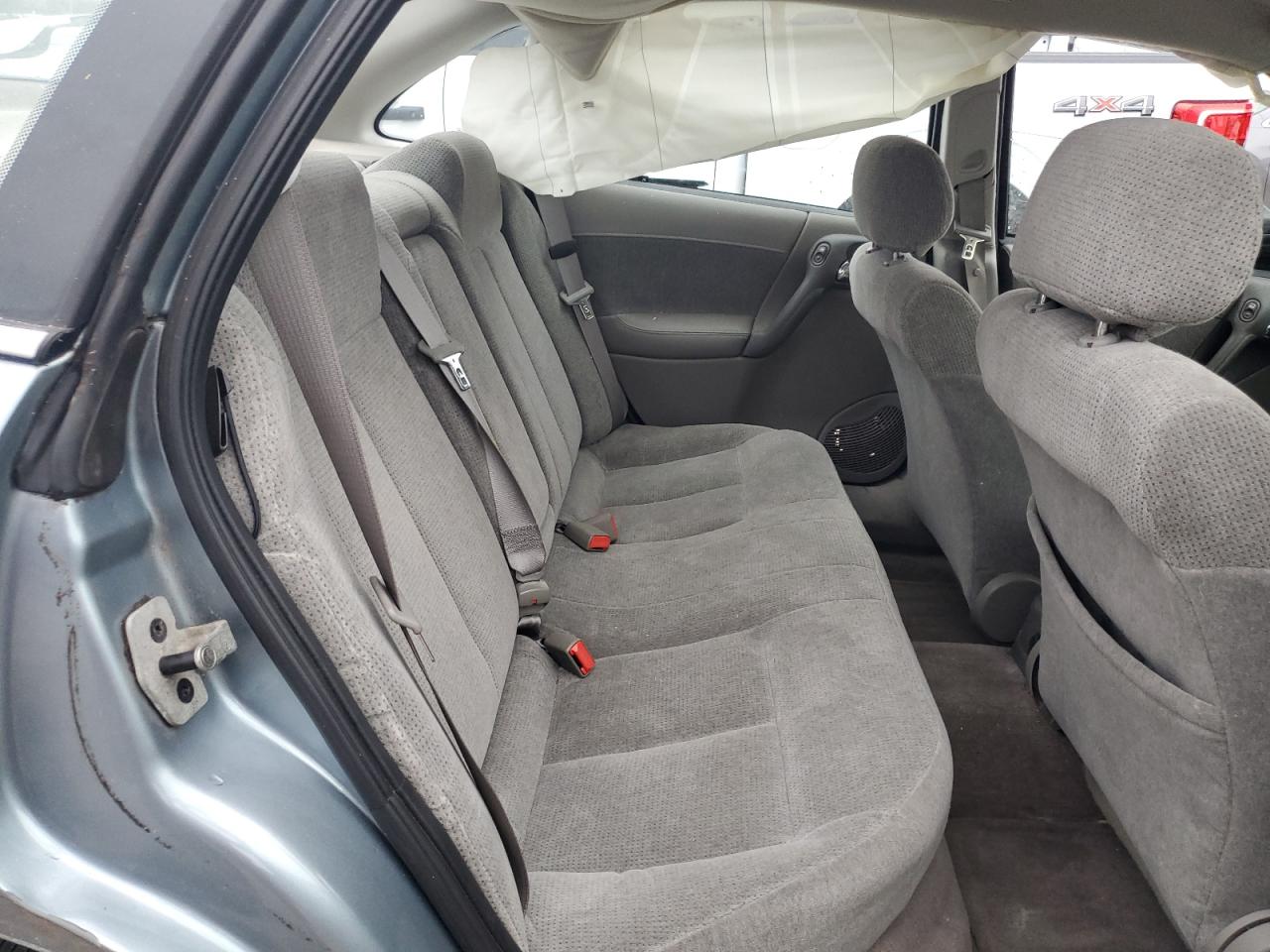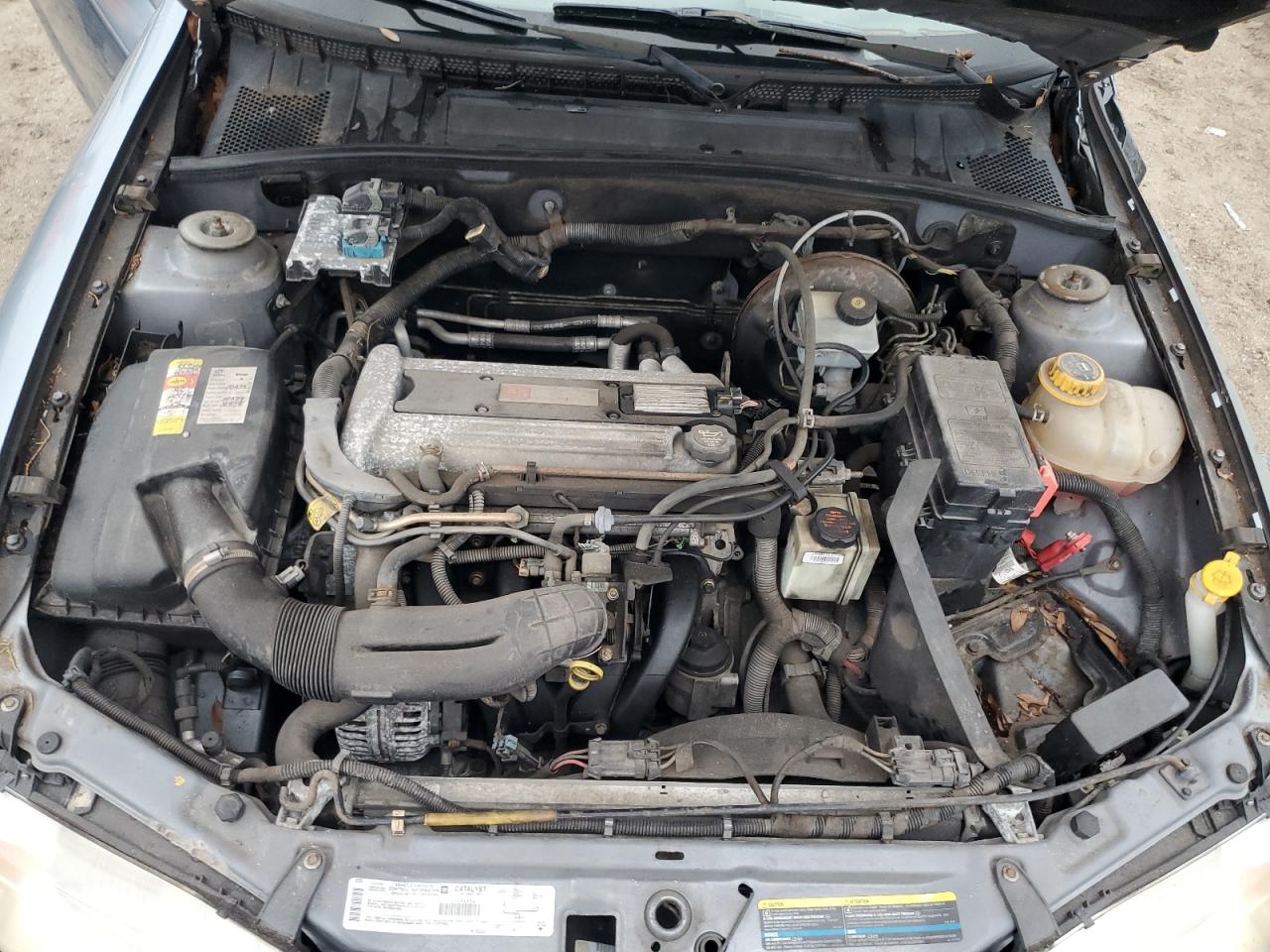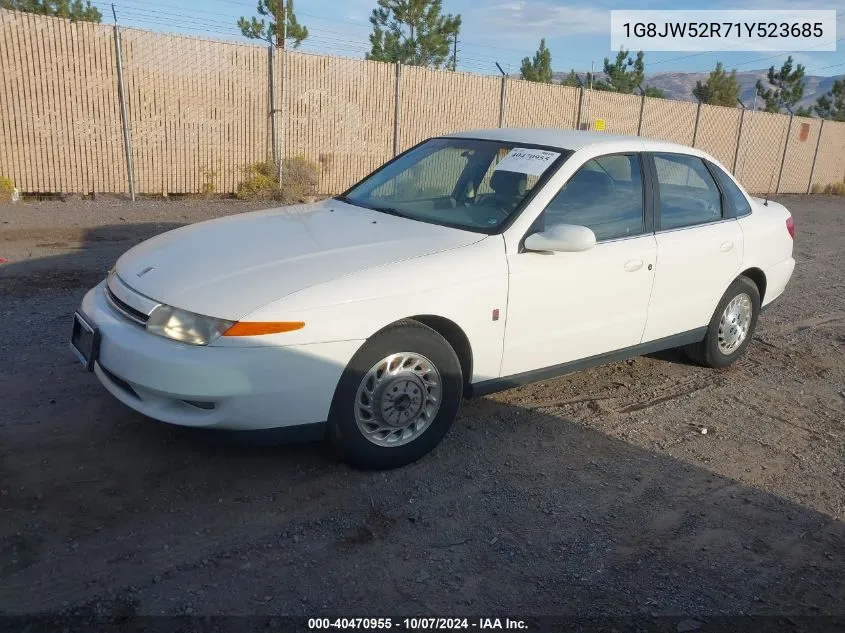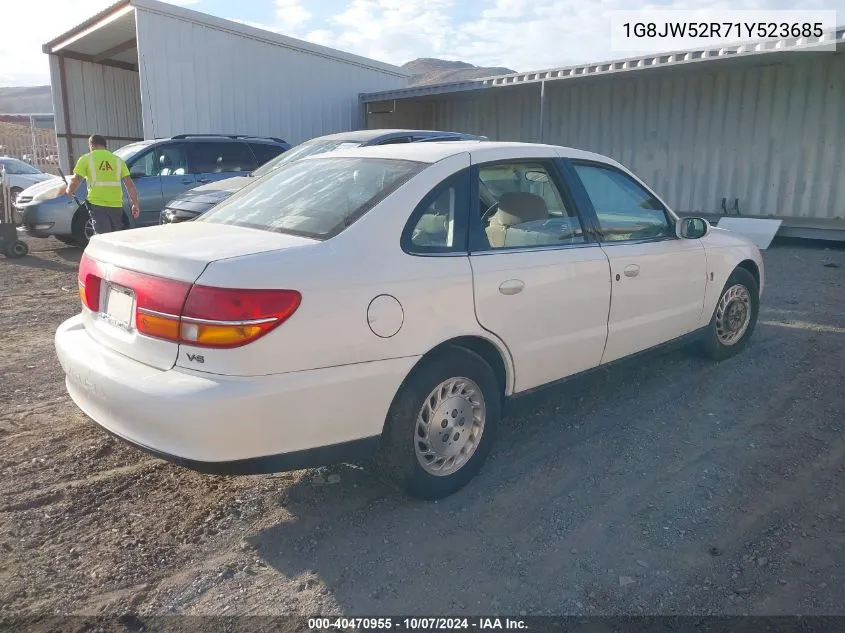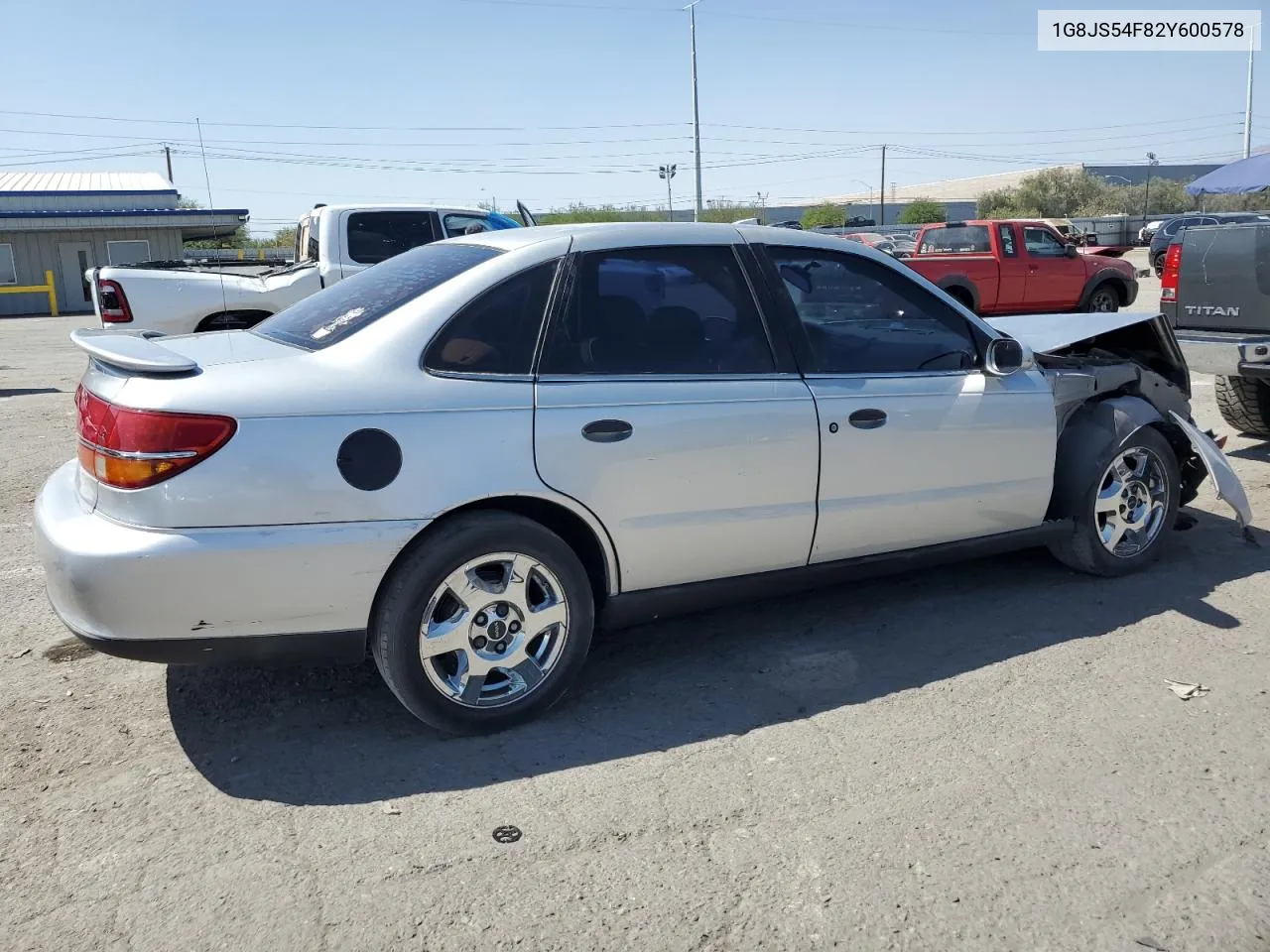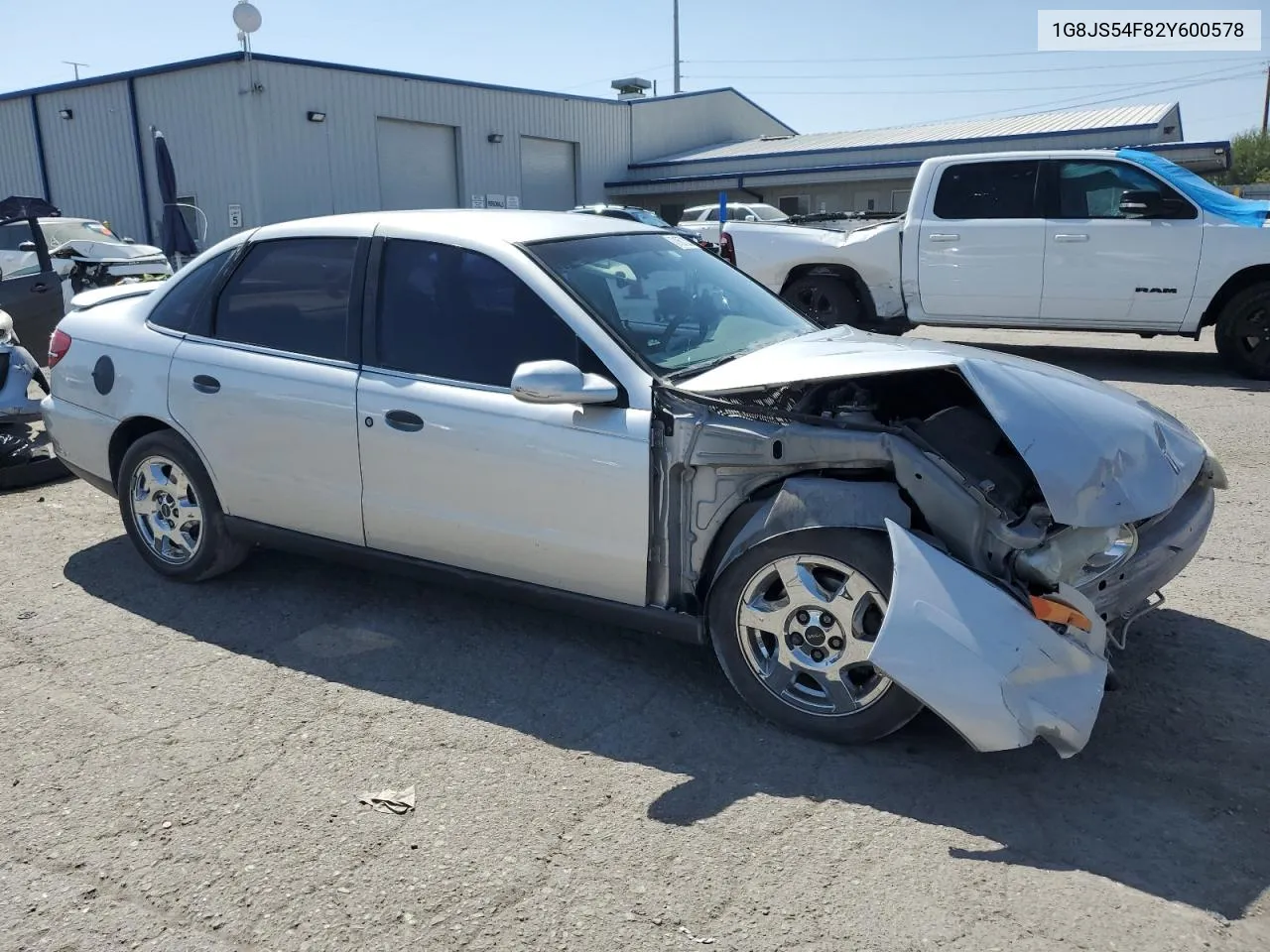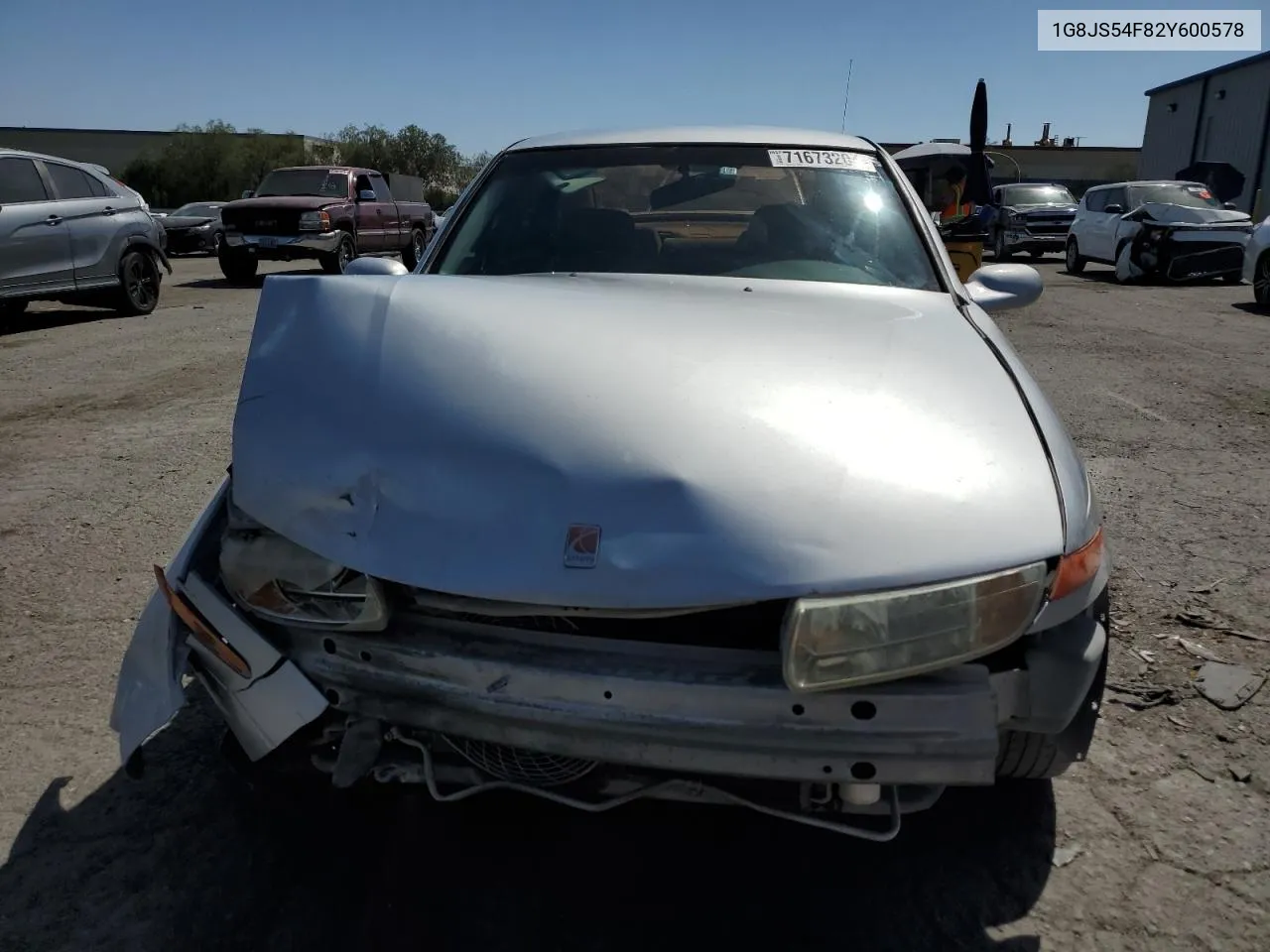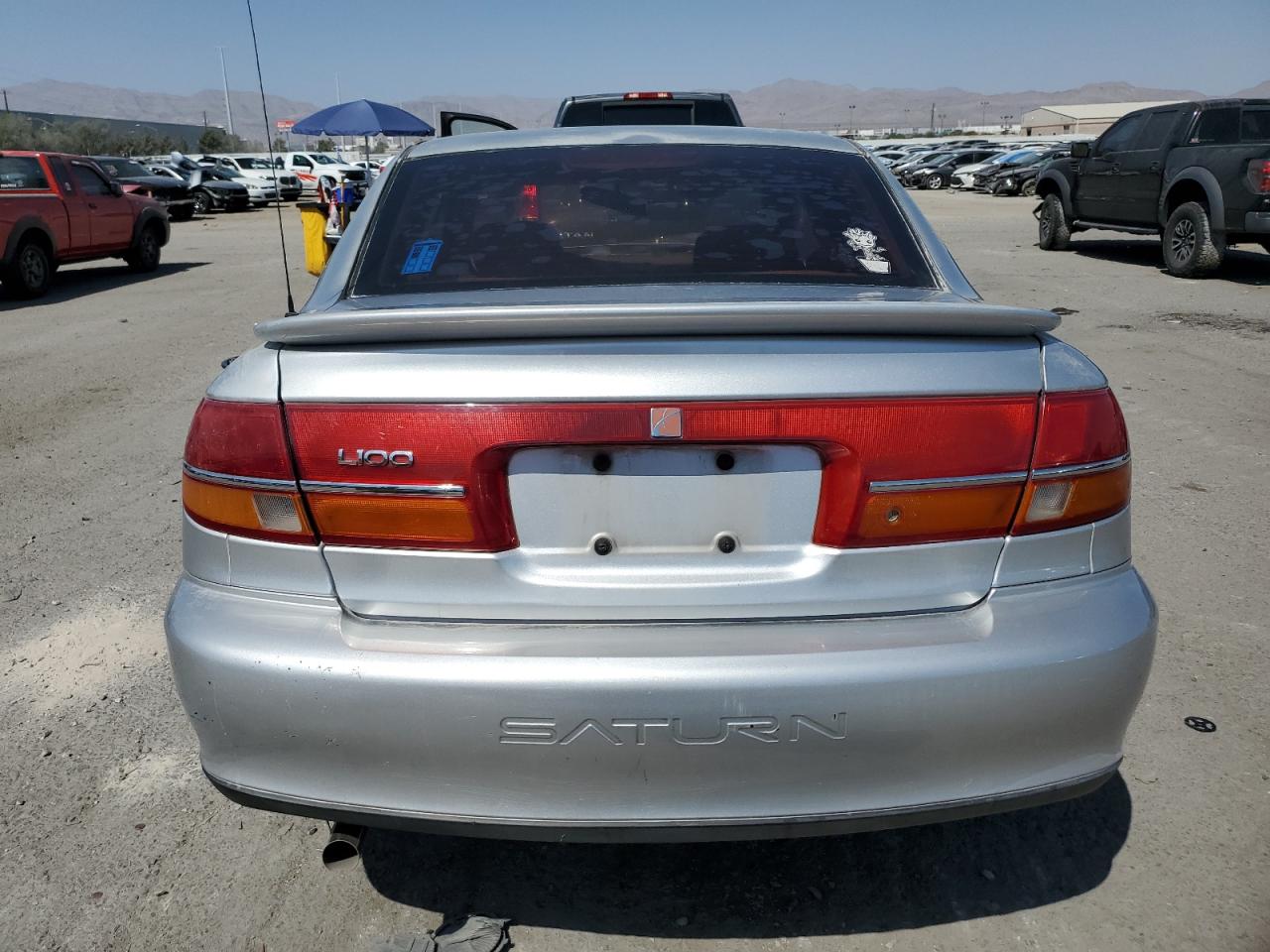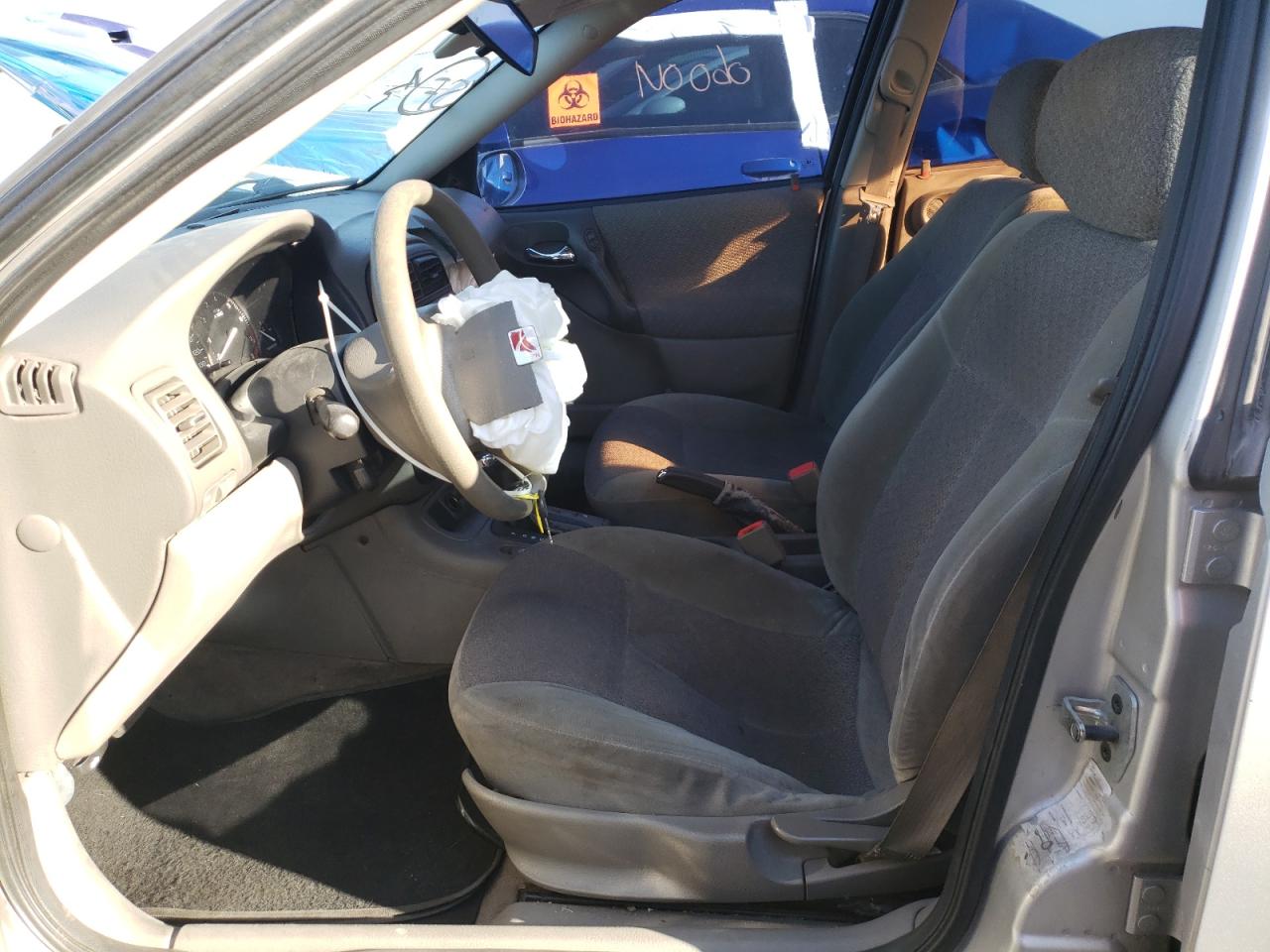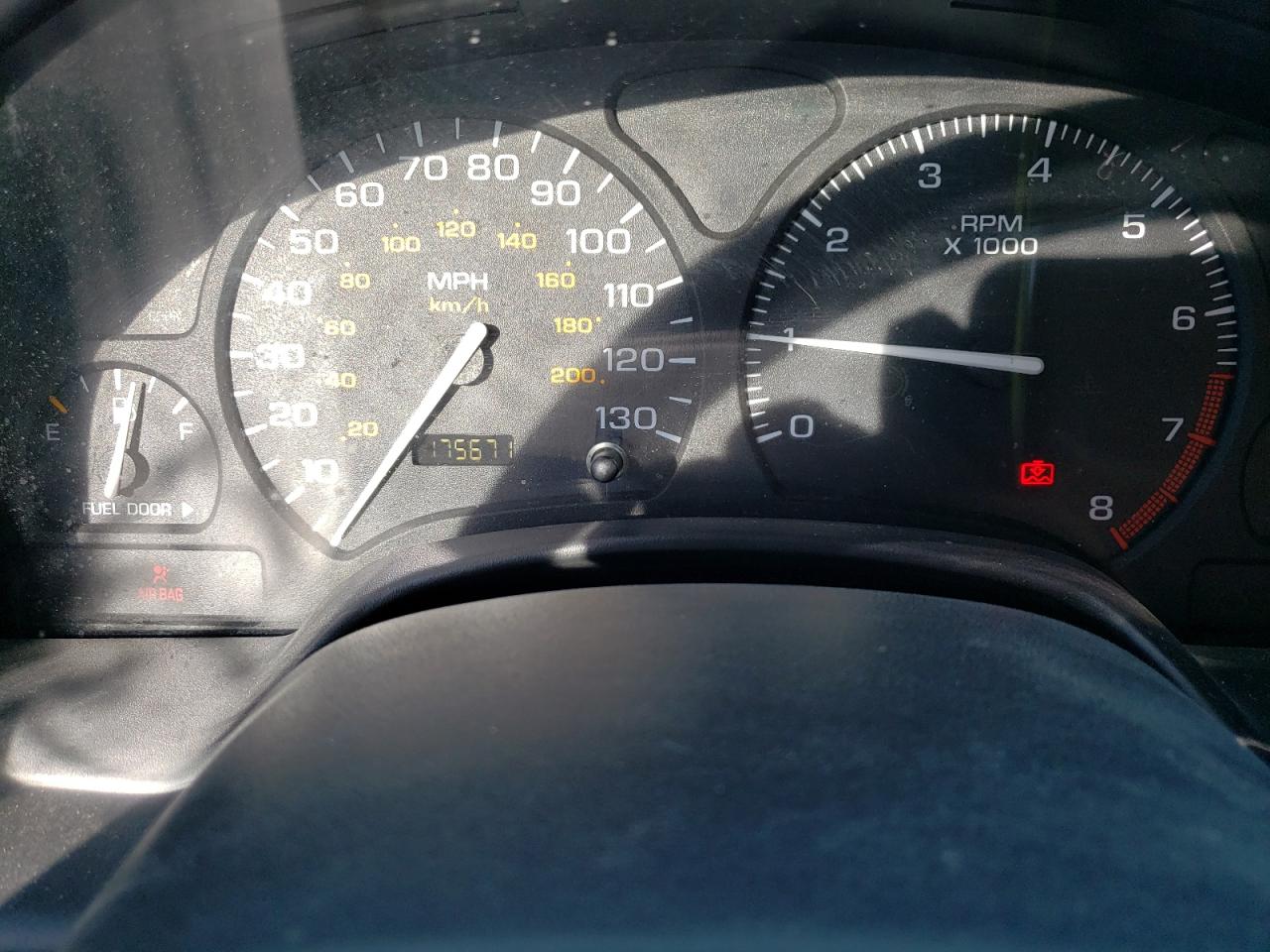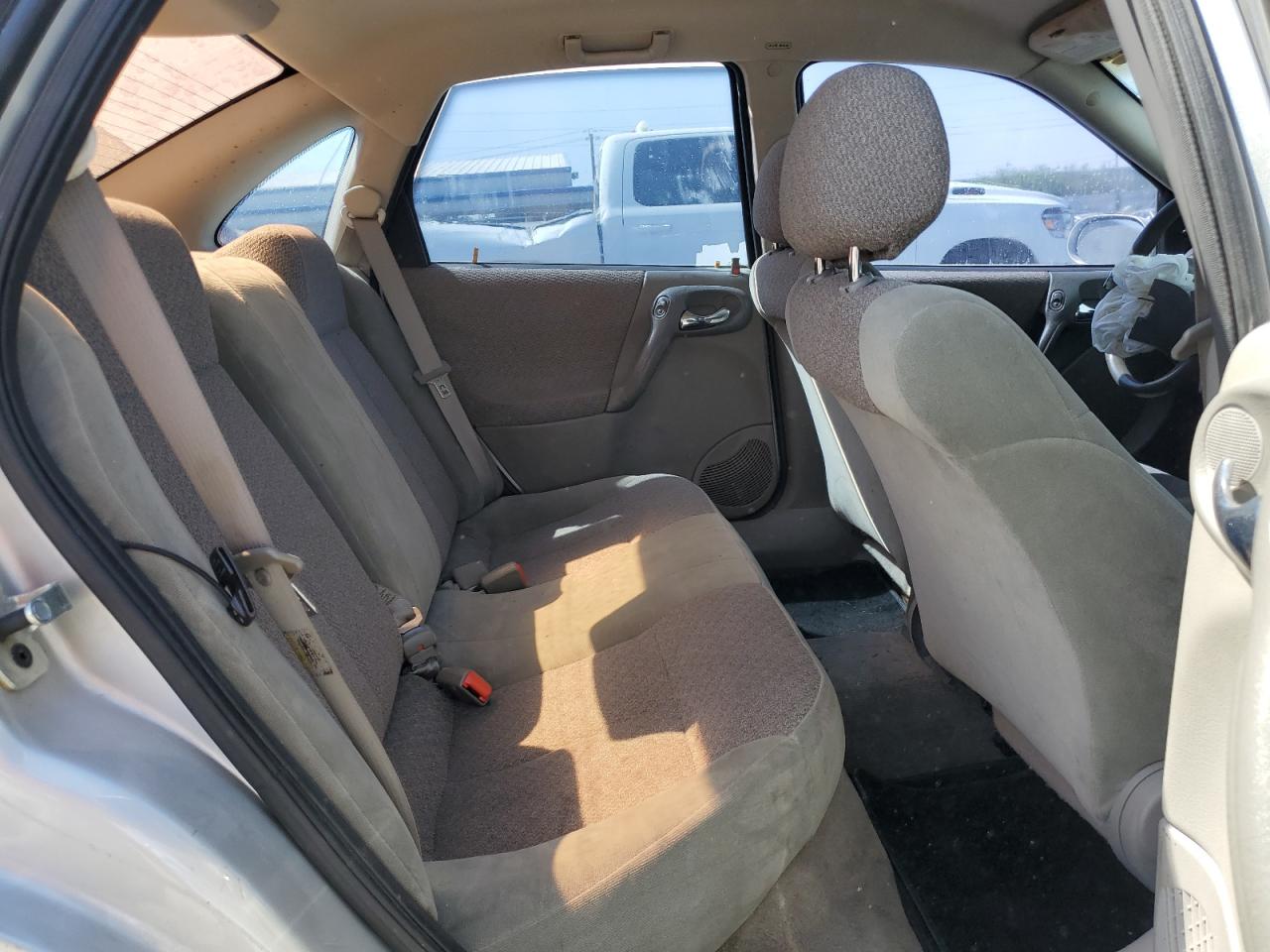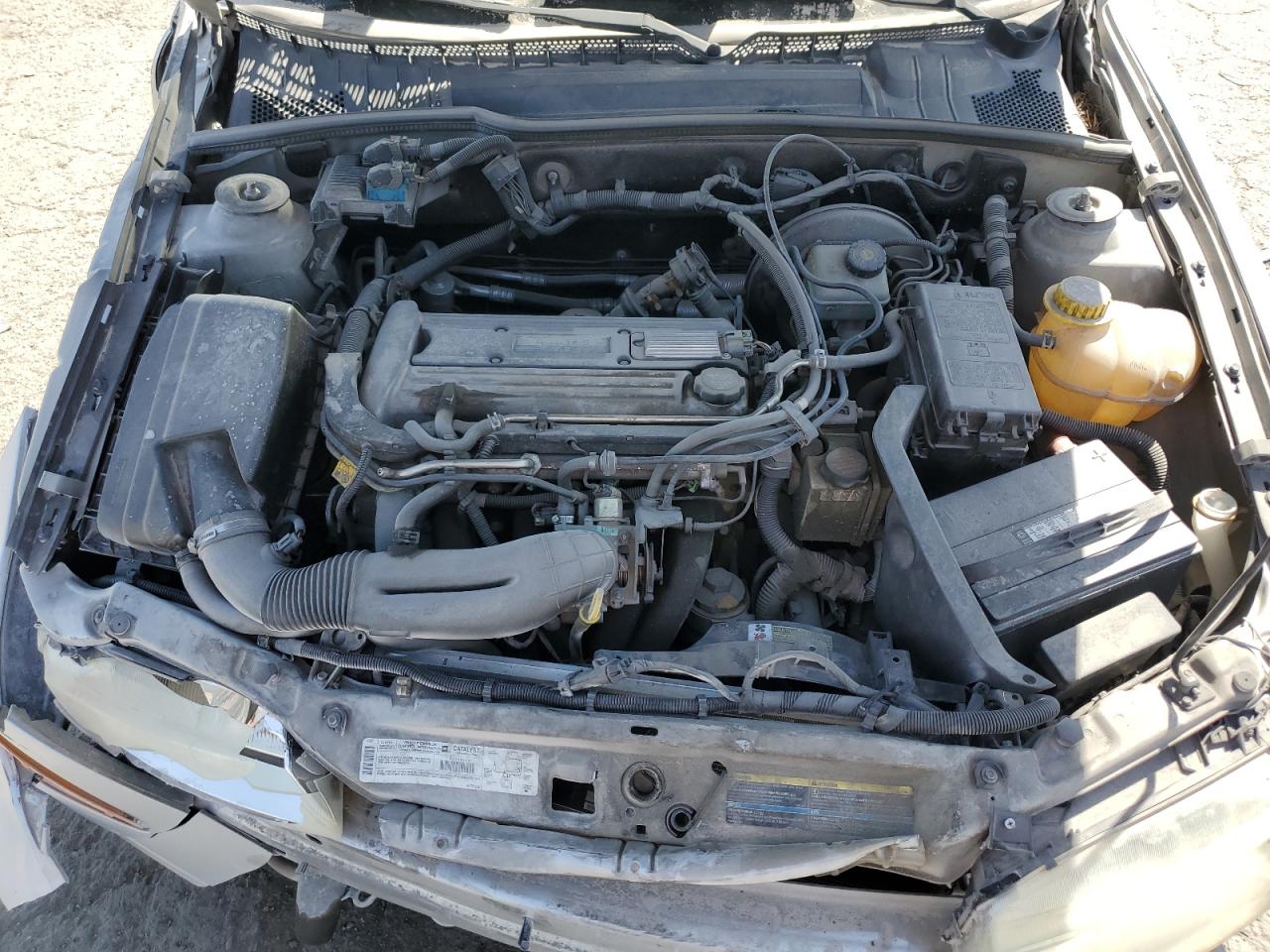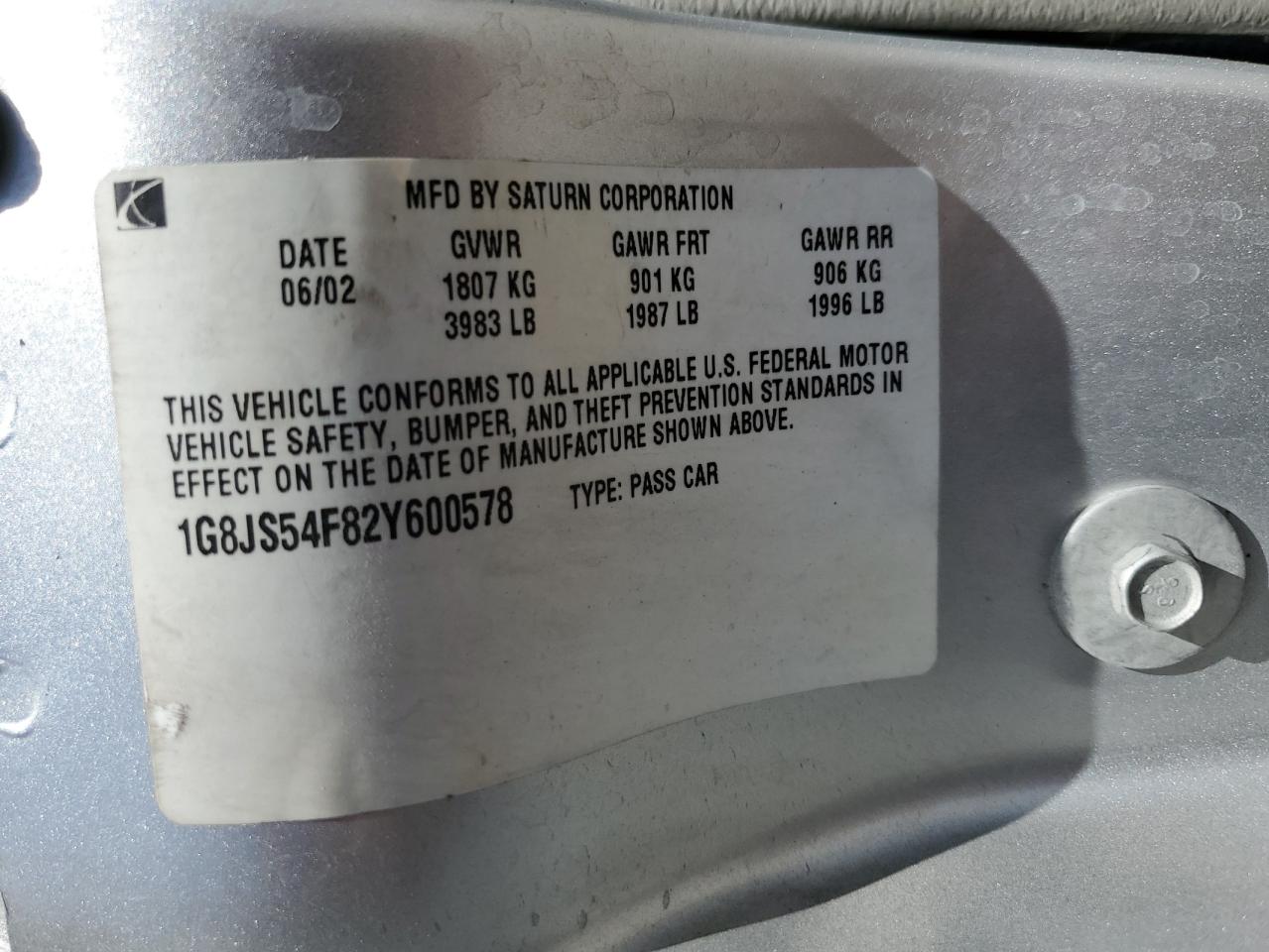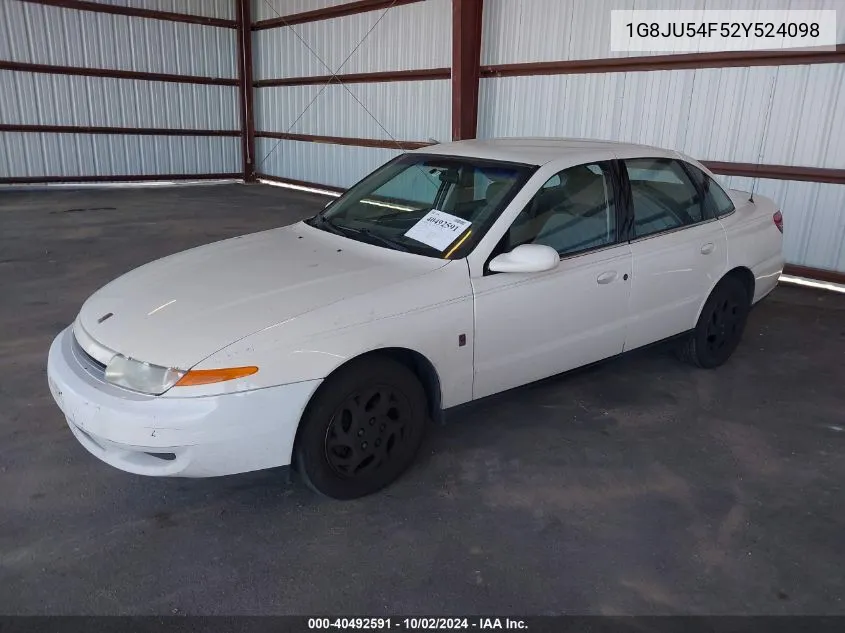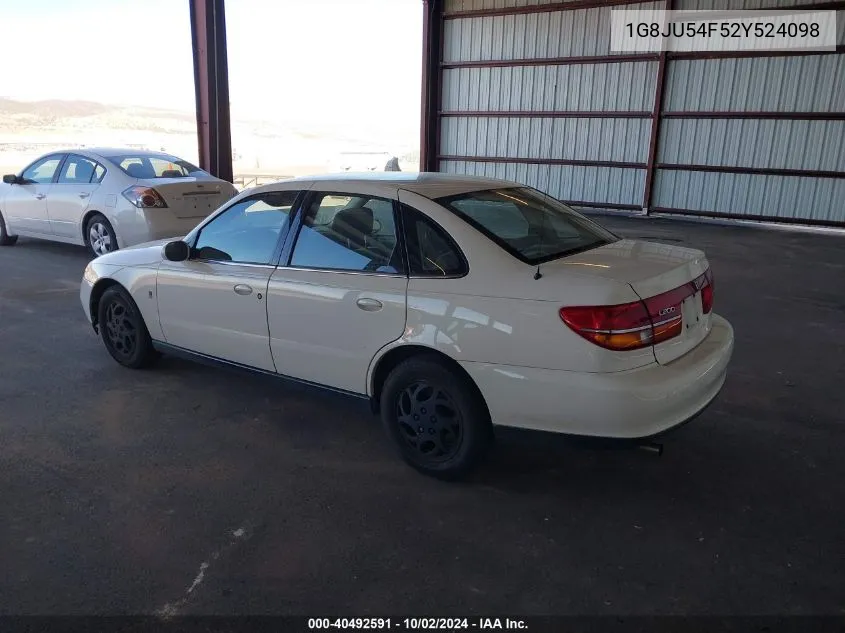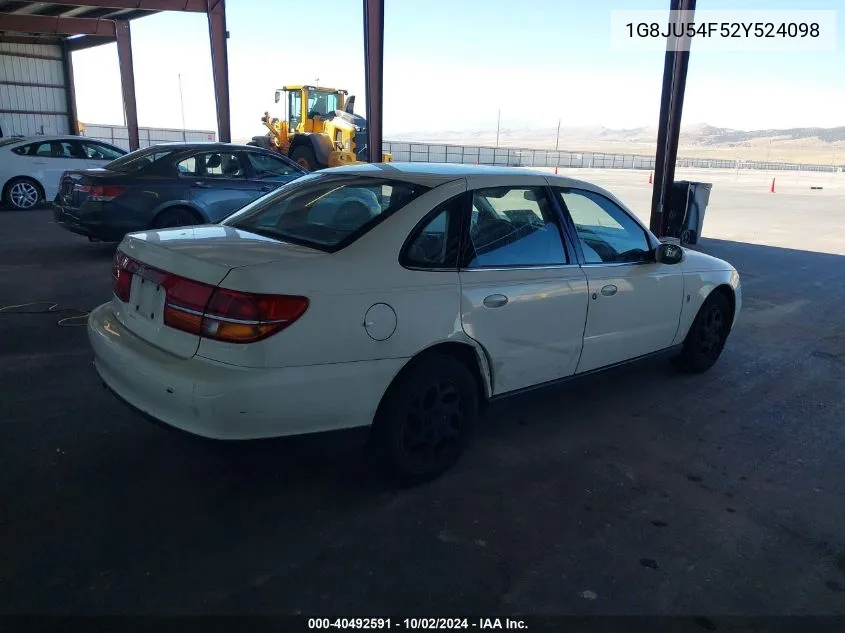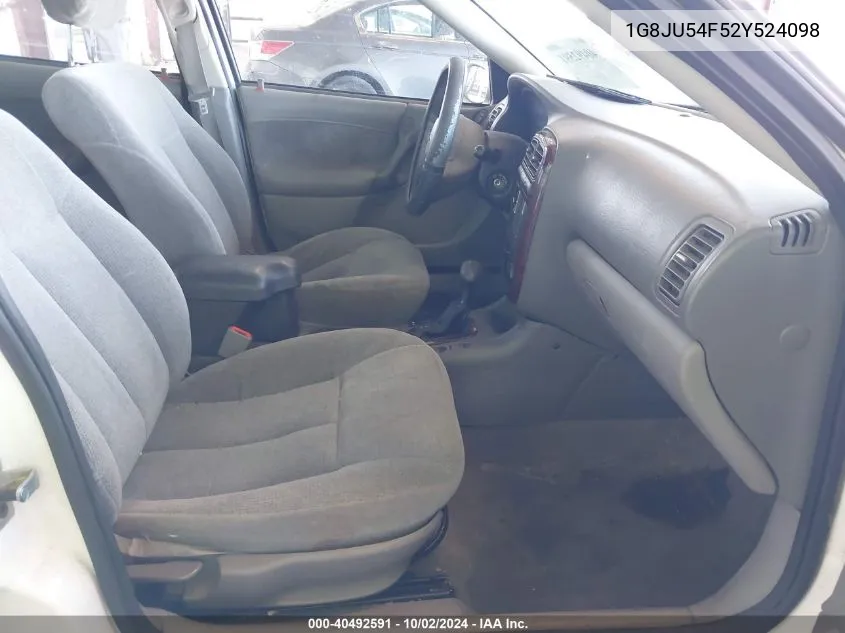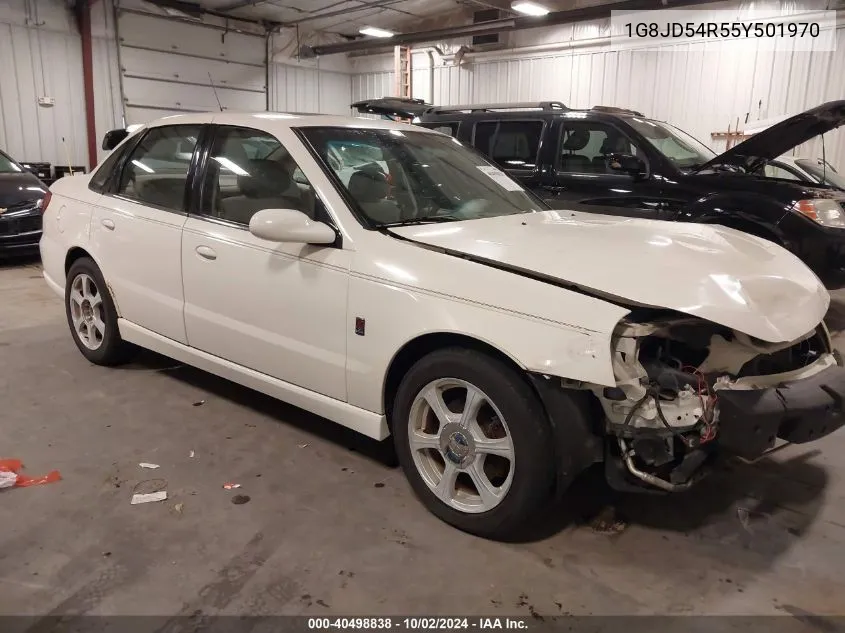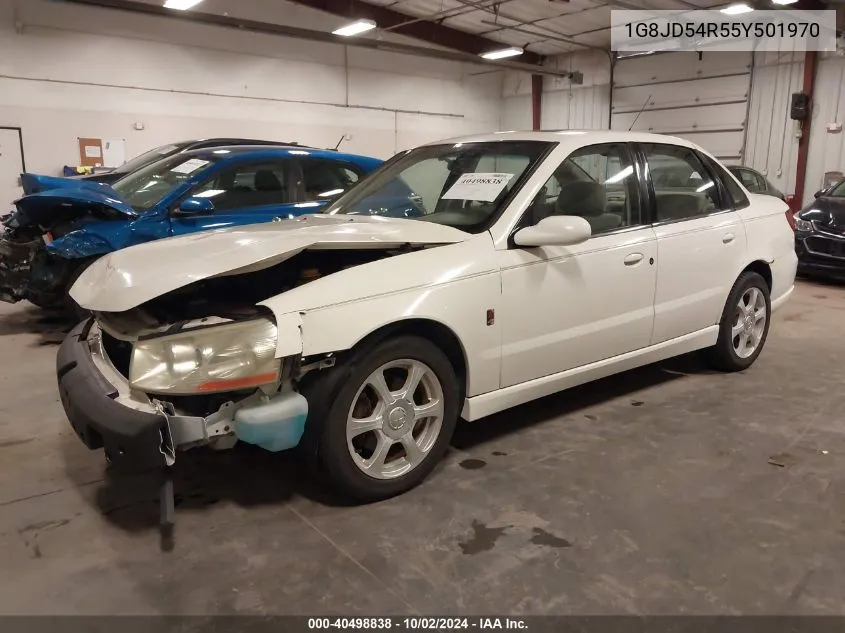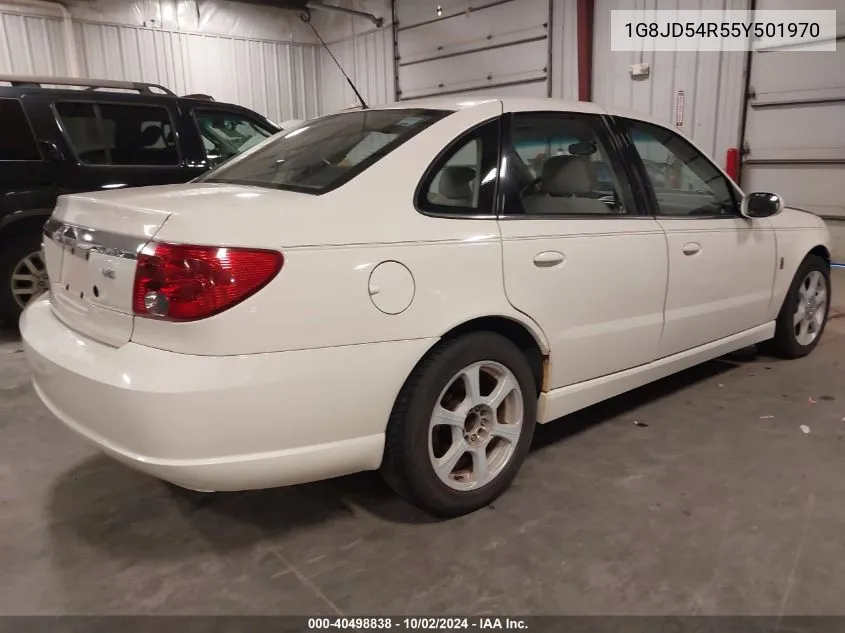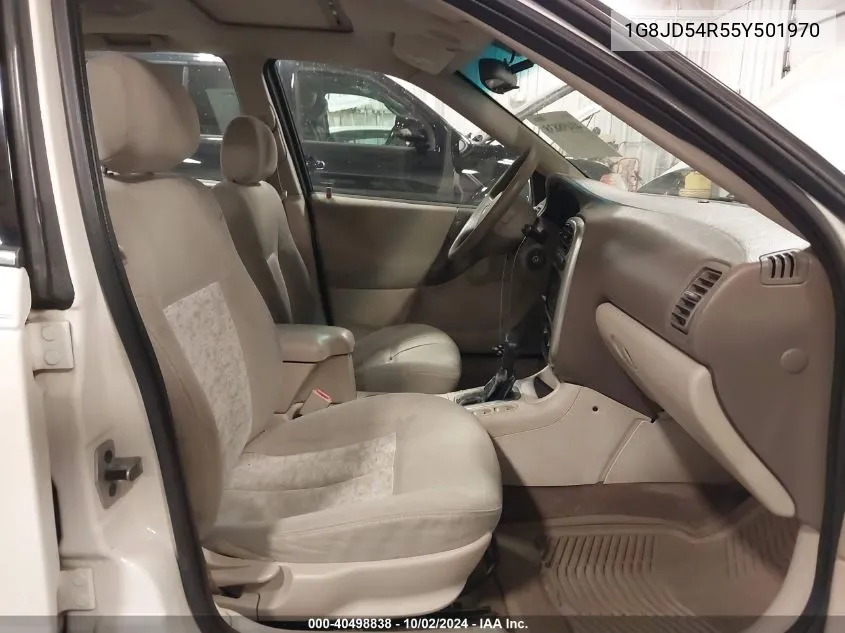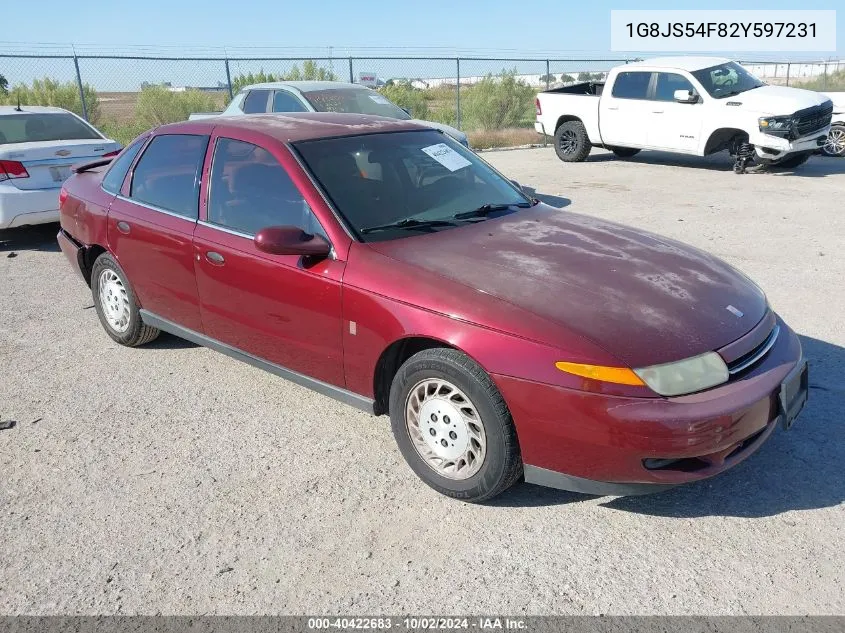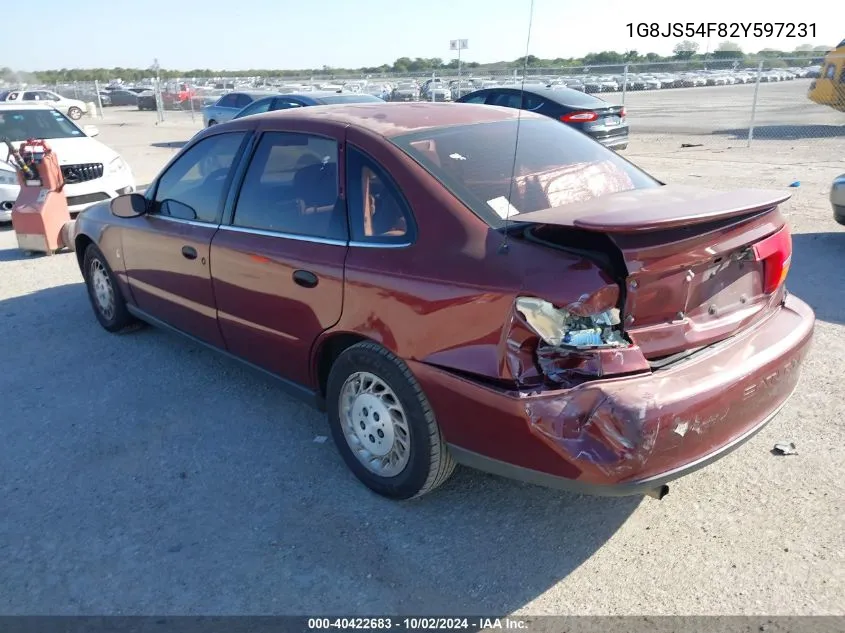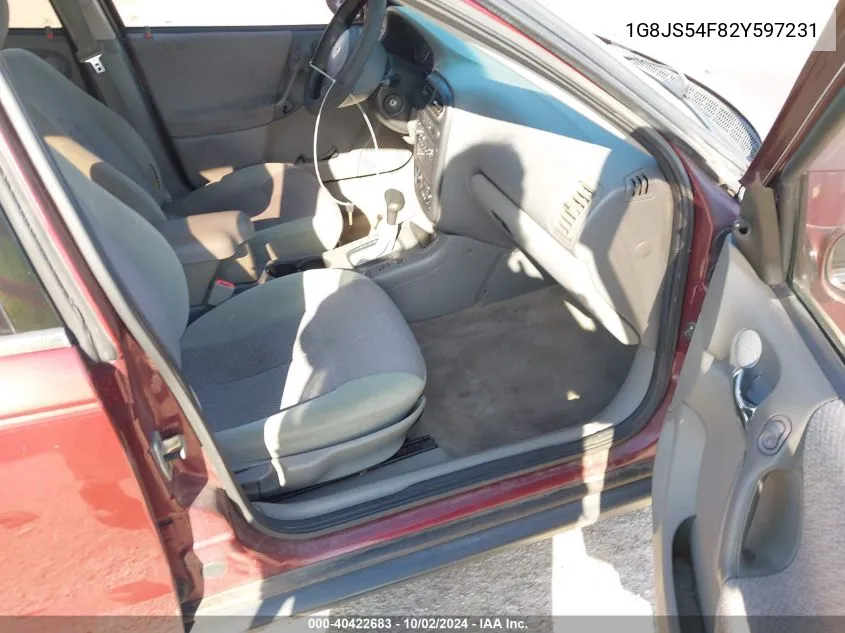Saturn LW (76)
2000 Saturn Ls1
2000 Saturn Ls1
2003 Saturn L200
2000 Saturn Ls2
2001 Saturn L200
2001 Saturn Lw300
2004 Saturn L300 Level 1
2002 Saturn L200
2005 Saturn L300 Level 2
Brand
Saturn
Model
LW
Auction number
53399664
Odometer
91345 km.
Sale date
15.10.2024 14:00
Auction platform
copart.com
Bid: 325 $
Open
2003 Saturn L-Series L200
2001 Saturn L300
2002 Saturn L-Series L200
2002 Saturn L100
2002 Saturn L-Series L200
2005 Saturn L300
2002 Saturn L-Series L100
The Saturn LW model is one of the interesting pages in the history of the American auto industry. Produced as part of the Saturn L-Series line, the LW was available as a station wagon and was positioned as a practical car for families and outdoor enthusiasts. Despite the limited production time, the model managed to win its audience and left a noticeable mark on the automotive industry.
The Saturn LW was first released in 2000, when Saturn decided to expand its model line and offer consumers more versatile and spacious cars. The model was based on the GM2900 platform, which allowed it to combine European practicality with American comfort. The model was offered in various modifications, including LW1, LW2 and later versions with various engines and equipment levels.
During its short life, the Saturn LW went through several revisions and updates. During the first years of production, the focus was on improving performance and comfort, which led to new engines and improved transmissions. Color options ranged from classic shades like black and white to more vibrant colors like red and blue, allowing buyers to customize the car to their tastes.
In total, the Saturn LW was produced until 2004, and during this time, several tens of thousands of cars were sold. The most successful versions were distinguished by their reliability and functionality, which made them popular among family drivers. However, the model was not without problems, including technical problems with the transmission and electronics, which sometimes caused dissatisfaction among owners.
Despite its shortcomings, the Saturn LW left a mark on the company's history and became one of the memorable models of the early 2000s. This station wagon combined European style and American reliability, while remaining an affordable and easy-to-use car for everyday use.
History of the Saturn LW: From Creation to Today
The Saturn LW was a station wagon based on the popular Saturn S series of sedans and coupes. It was designed for families and those who needed more cargo capacity and roominess, while maintaining the fuel economy and reliability for which Saturn cars were known.
Stages of development and modification
- 1999: The first Saturn LW models are introduced, featuring 2.2-liter and 3.0-liter engines. Various trim levels are available, including the base LW1 and the more advanced LW2.
- 2001: Updated versions with improved suspension and more modern safety systems were introduced. The number of available color solutions increased during this period.
- 2003: A number of technological improvements were introduced, such as an improved audio system and new interior options. This was the model's final year of production.
During its production, the Saturn LW received several updates aimed at improving comfort and safety. The model was offered in a variety of colors, including classic shades of white and black, as well as brighter and bolder colors.
In 2003, the production of the Saturn LW model was discontinued. Despite the relatively short production period, the car managed to win the hearts of many car owners due to its practicality and reliability.
Sales and Popularity
During its production life, several hundred thousand Saturn LWs were sold. The model was especially popular with family buyers and those who needed a reliable and roomy car for everyday use.
However, despite its successes, the Saturn LW had its problems. Some owners reported problems with the transmission and other mechanical components, which somewhat tarnished the model's reputation. Nevertheless, for many, the Saturn LW remained a symbol of a reliable and practical choice.
Today, the Saturn LW can be found on the roads, and many owners continue to appreciate this car for its spaciousness and comfort. The model left its mark on the history of Saturn and continues to be of interest to car enthusiasts and collectors.
Modifications: Overview of versions and their features
The various versions of the Saturn LW offered buyers a variety of options in terms of engines, transmissions, and interior and exterior design. These modifications were aimed at satisfying the needs of different market segments and increasing the overall appeal of the car.
Main modifications of Saturn LW
- LW1 : The base model, equipped with a 2.2-liter four-cylinder engine producing 137 hp. Included standard features such as air conditioning, a stereo system, and basic safety features.
- LW2 : A version with a more powerful 3.0-liter V6 engine producing 182 hp. It featured improved performance characteristics and additional comfort options, including an improved audio system and leather interior.
- LW200 : An updated version of the LW1, introduced in 2001, with improved suspension and an extended list of standard equipment, including more modern safety systems and improved interior trim.
- LW300 : The top-of-the-line model, replacing the LW2. Included all the features of the LW200, but with a more powerful V6 engine, as well as exclusive options such as a sunroof and a premium audio system.
Features and improvements by year
Year of issueModificationPeculiarities
2000 | LW1, LW2 | Model launch, basic and premium versions
2001 | LW200, LW300 | Improved suspension, extended comfort and safety options
2002 | LW200, LW300 | Minor cosmetic changes, new body colors
2003-2005 | LW200, LW300 | End of production years, support for all major features and options
2000 | LW1, LW2 | Model launch, basic and premium versions
2001 | LW200, LW300 | Improved suspension, extended comfort and safety options
2002 | LW200, LW300 | Minor cosmetic changes, new body colors
2003-2005 | LW200, LW300 | End of production years, support for all major features and options
In total, the Saturn LW went through several major revisions, each adding new features and improvements to remain competitive in the marketplace. These changes allowed the model to meet a variety of customer needs and maintain its popularity throughout its production period.
Colors: Popular and Rare Options
Saturn LW cars were distinguished by a variety of color solutions, which allowed buyers to choose a car to their taste. In different years of production, the model was offered in a wide range of colors, from classic to more experimental shades.
Some colors became real hits and enjoyed great popularity among buyers, while others remained rare and were chosen only by a small number of owners. In this article, we will consider the most popular and rare color options of the Saturn LW.
Popular colors
- Silver metallic is one of the most popular colors due to its versatility and ability to hide minor stains.
- Black is a classic color that gives the car elegance and solidity.
- White is a popular choice for those who prefer cleanliness and style.
- Red is a rich and bright color that is often chosen by those who like to stand out on the road.
Rare colors
- Forest green metallic – was quite rare, but was chosen by connoisseurs of natural shades.
- Sapphire blue is an unusual and attractive color that made the car stand out from the crowd.
- Gold metallic was a rare choice that gave the car a luxurious look.
- Purple is a very rare color that was suitable for the most daring car enthusiasts.
ColorPopularity
Silver metallic | Very tall
Black | High
White | High
Red | Average
Forest Green Metallic | Short
Blue Sapphire | Short
Golden metallic | Very low
Violet | Very low
Silver metallic | Very tall
Black | High
White | High
Red | Average
Forest Green Metallic | Short
Blue Sapphire | Short
Golden metallic | Very low
Violet | Very low
Years of production and sales volume: Statistics and facts
The first generation of Saturn LW appeared on the market in 2000 and was produced until 2005. During this time, the model underwent several changes and modifications, which allowed it to remain competitive in the automotive market.
Main years of production and sales volume
- 2000: Saturn LW debuted on the market, offering buyers two variants - LW1 and LW2. About 20,000 units were sold that year.
- 2001: Sales volume increased to 25,000 units thanks to the model's growing popularity and a successful marketing campaign.
- 2002: Sales peaked at around 30,000 units. Minor design and specification changes were made this year.
- 2003: Sales began to decline, falling to around 22,000 units, due to increased competition in the station wagon segment.
- 2004: Around 15,000 units were sold. Despite efforts to update the model, interest in it gradually faded.
- 2005: The final year of the Saturn LW, with sales of only 10,000 units before production ceased.
During the entire production period, approximately 122,000 units of the Saturn LW were sold. The most successful years were 2001 and 2002, when the model enjoyed the greatest demand among buyers.
However, despite initial sales success, the Saturn LW suffered from a number of problems that led to a decline in buyer interest. The main problems were noted to be transmission system faults and general build quality issues.
The Most Successful and Problematic Models: Analysis of Key Points
The Saturn LW model range has had its ups and downs throughout its history. By analyzing the key moments, we can highlight the most successful and problematic models that affected the brand's reputation.
Let's take a closer look at which Saturn LW models were the most successful, and which ones faced the greatest difficulties, and analyze what exactly contributed to their success or failure.
The most successful models
- Saturn LW200 (2001) – This model received many positive reviews for its reliability and comfort. Excellent fuel economy and a spacious interior made it popular among family buyers.
- Saturn LW300 (2003) – This version attracted attention due to a more powerful engine and improved equipment. Successful sales are explained by the high level of safety and excellent controllability.
- Saturn LW2 (2000) – One of the first models in the lineup, the LW2 established itself as a reliable vehicle with a good reputation for high build quality and affordable price.
Problematic models
- Saturn LW1 (2000) – Despite initial interest, the model was plagued by reliability issues and transmission recalls, leading to a decline in consumer confidence and a negative impact on sales.
- Saturn LW300 (2004) – After a successful launch, this model began to show problems with electronics and suspension, which negatively affected its popularity.
- Saturn LW2 (2002) - Although this model had good sales figures initially, over time, flaws in the engine cooling system were discovered, leading to frequent repairs and customer disappointment.
In the end, the history of Saturn LW models shows that the success and problems of cars often depend on a combination of reliability, build quality, and customer satisfaction. Models that were able to offer high reliability and convenience achieved the greatest success. In contrast, cars that faced technical problems and frequent breakdowns lost customer confidence and damaged the brand's reputation.
Thus, the Saturn LW is an example of how important it is to maintain high quality standards and take into account consumer feedback in order to achieve success in the automotive market.





